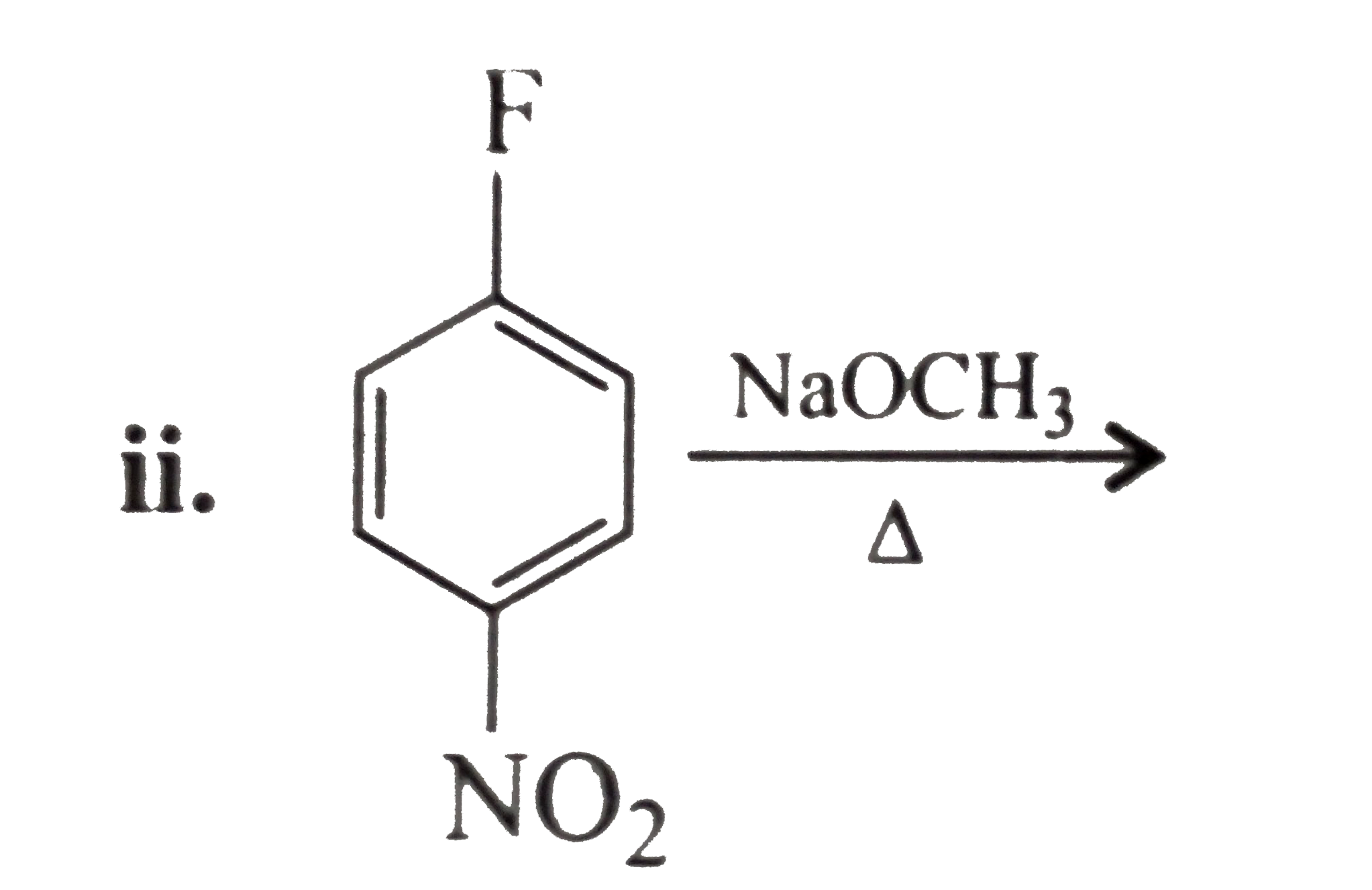Archives Single Correct from CENGAGE CHEMISTRY (HINGLISH) ALCOHOL,PHENOL AND ETHERS for Class 12
| Class 12 | CHEMISTRY |
| Chapter | ALCOHOL,PHENOL AND ETHERS |
| CENGAGE CHEMISTRY (HINGLISH) | Archives Single Correct |
| Medium | English |
| Academic Year | 2023-2024 |
Question 4
C7H14 (A) decolourises Br2 in CI4 and reacts with Hg(Oac)2 in THF H2O following by reduction with NaBH4 to produce a resolvable compounds (B). (A) undergoes reductive ozonolysis to give the same compound (C) obtained by oxidation of hexan-3-ol with KMnO4 . Identify (A), (B), and (C). View SolutionQuestion 5
Compound (D), an isomer of (A) in Problem 4, reacts with BH3. THF and then H2O2/O−H to give chiral (E). Oxidation of (E) with KMnO4 or acid dichromate affords a chiral carboxylic acid, (F). Ozonolysis of (D) after reduction with Zn gives the same compound (G) obtained by oxidation of 2-methyl pentan-3-ol with KMnO4. Identify (D), (E), (F) and (G).View SolutionQuestion 6
Compound (A), C8H6NOBr, is optically active. Reduction of (A) gives (B) which reacts with nitrouos acid to form (C), dihydric alcohol. Benzene sulphonyl chloride reacts with (B) to give a product soluble in NaOH. Hydrolysis of (A) gives (D) which is an optically active acid. (A) does not give any precipitate with aqueous AgNO3 . Controlled oxidation of (A) gives monobromo benzoic acid. Compound (A) on reaction with Br2/Fe gives only one compound. Identify (A), (B), (C), and (D).View SolutionQuestion 8
An organic compound (A) (C8H8O3) was insoluble in water, dilute HCI, and NaHCO3. It was soluble in NaOH. A solution of (A) in dilute NaOH was boiled and steam distilled and distillate was reacted with NaOH to give a yellow precipitate. The alkaline residue is acidifield to give a solid (B) (C7H6O3). (B) dissolves in aqueous NaHCO3 with the evolution of gas. Identify (A) and (B).View SolutionQuestion 9
Neutralisation of 30 gm of a mixture of acetic acid and phenol solutions required 100 ml of 2M sodium hydroxide solution. When the same mixture was treated with bromine water, 33.1 gm of precipitate was formed. Determine the mass percentage of acetic acid and phenol in the given solution.View SolutionQuestion 10
Find the structure of (A), C10H10O2, a sweet-smelling liquid that has the following properties: It does not dissolve in NaOH or given a colour with FeCI3 , it adds one equivalent of H2 on catalytic hydrogenation. Reductive ozonolysis affords H2C=O and C9H8O3 (B) that gives a positive Tollens test. Oxidation of (A) with KMnO4 gives an acid (C) (MW = 166) which gives no colour with FeCI3. When (C) is refluxed with concentrated HI, H2C=O and 3,4-dihydroxybenzoic acid are isolated and identified.View SolutionQuestion 11
a. Isomers (A) and (B), C10H12O, are isolated form the oil of bay leaf. They are insoluble in aq. NaOH and decolourise Br2/CI4 and KMnO4. Each is vigorously oxidised to p-anisic acid, (p−MeOC6H4COOH). Ozonolysis (A) and (B).
b. Give the structure of a third isomer (C) that is also oxidised to p-anisic as do (A) and (B).
c. Suggest a chemical reaction that can distinguish (C) from (A) and (B).View SolutionQuestion 12
An aromatic compound (A), C7H5NO2CI2 on reduction with Sn/HCI gives (G), which on reaction with NaNO2/HCI gives (B). Compound (B) does not form a dye with β-naphthol. However, (B) gives red colour with ceric ammonium nitrate and on oxidation gives an acid (D) of equivalent weight 191. Decarboxylation of (D) gives (E), which forms a mono nitro derivative (F) on nitrotion. Give the structures of (A) to (F) with proper reasoning.View SolutionQuestion 13
An organic compound (A) gives opsitive Liebermann reaction and on treatment with CHCI3/KOH followed by hydrolysis gives (B) and (C). Compound (B) gives colour with Schiff's reagent but not (C), which is steam volatile. (C ) on treatment with LiAIH4 gives (D), C7H8O2, which on oxidation gives (E). Compound (E) reacts with (CH3CO)2)∅CH3COOH to give a pain reliever (F). Give the structures of (A) to (F) with proper reasoning. View SolutionQuestion 14
Two isomeric compounds, (A) and (B), have the same formula, C11H13OCI. Both are unsaturated, yield the same compound (C) on catalytic hydrogenation, and produce 4-chloro-3-ethoxybenzoic acid on vigorous oxidation. (A) exists in geometrical isomers, (D) and (E), but not (B). Give structures of (A) to (E) with proper reasoning.View SolutionQuestion 15
Nitrobezene is formed as the major product along with a minor product in the reaction of benzene with a hot mixture of nitric acid and sulphuric acid. The minor product consists of carbon: 42.86%, hydrogen: 2.40%, nitrogen: 16.67%, and oxygen: 38.07% (i) Calculate the empirical formula of the minor product, (ii) when 5.5 gm of the minor product is dissolved in 45 gm of benzene, the boioling point of the solution is 1.84∘C higher than that of pure benzene. Calculate the molar mass of the minor product and determine its molecular its molecular and structural formula. (Molal boiling point elevation constant of benzene is 2.53Kkgmol−1.) View SolutionQuestion 26
Write IUPAC names of the following compounds:
i. CH3−CH∣CH3−CH∣OH−CH3∣C∣CH3−CH3
ii. H3C−C∣OHH−CH2−C∣OHH−C∣C2H5H−CH2−CH3
iii. CH3−C∣OHH−C∣OHH−CH3
iv. HO−CH2−C∣OHH−CH2−OH
v.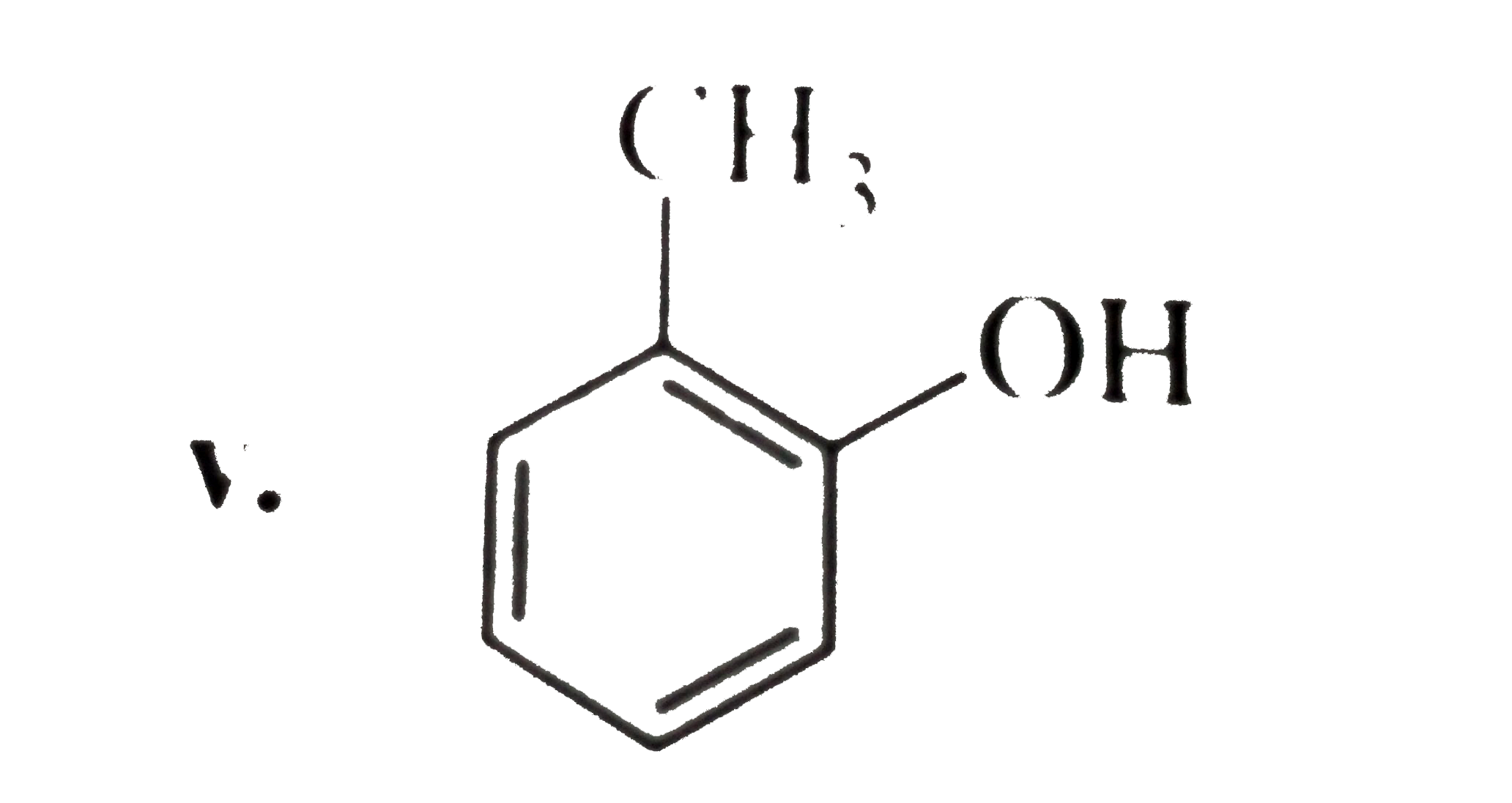 vi.
vi. 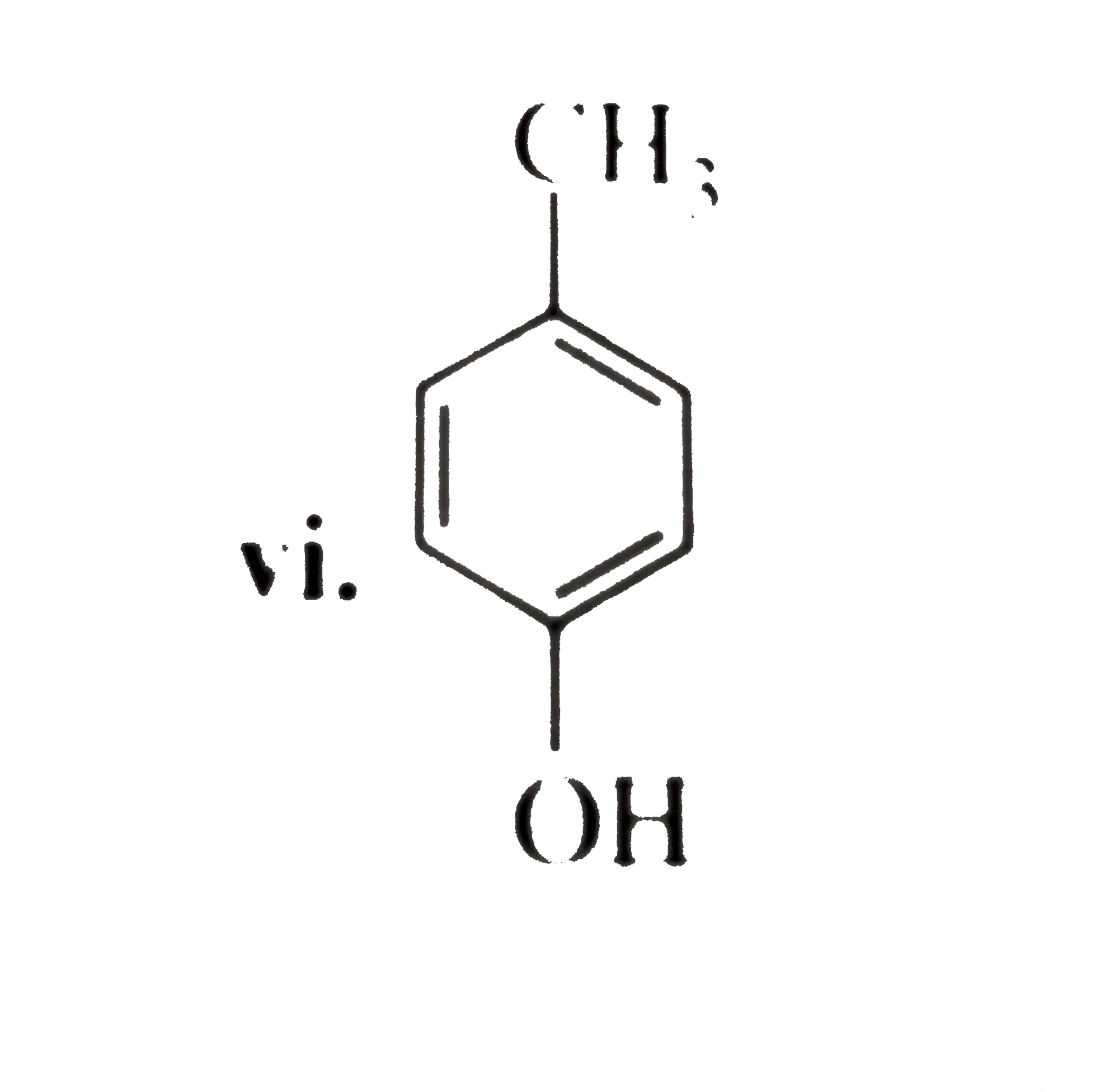
vii.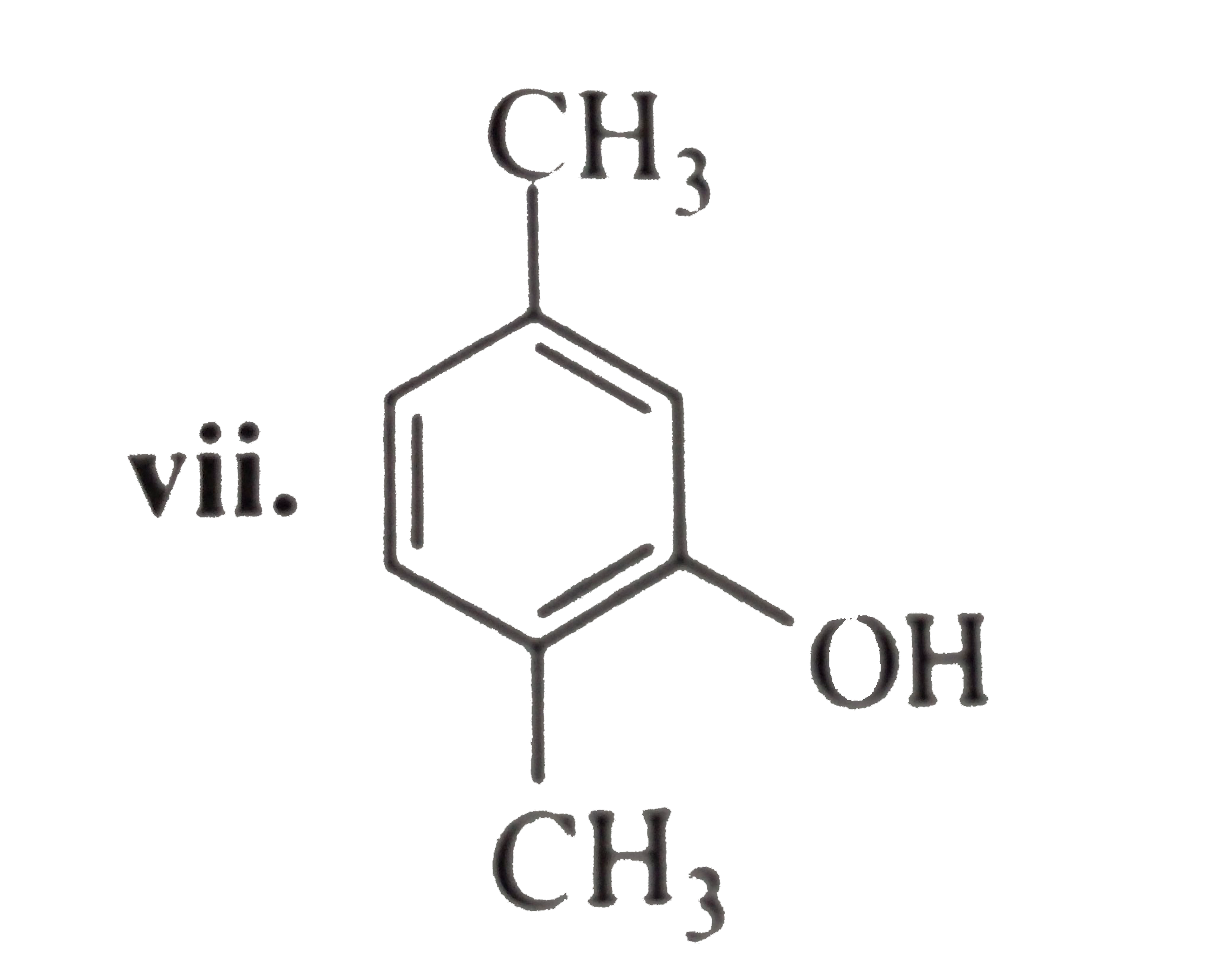 viii.
viii. 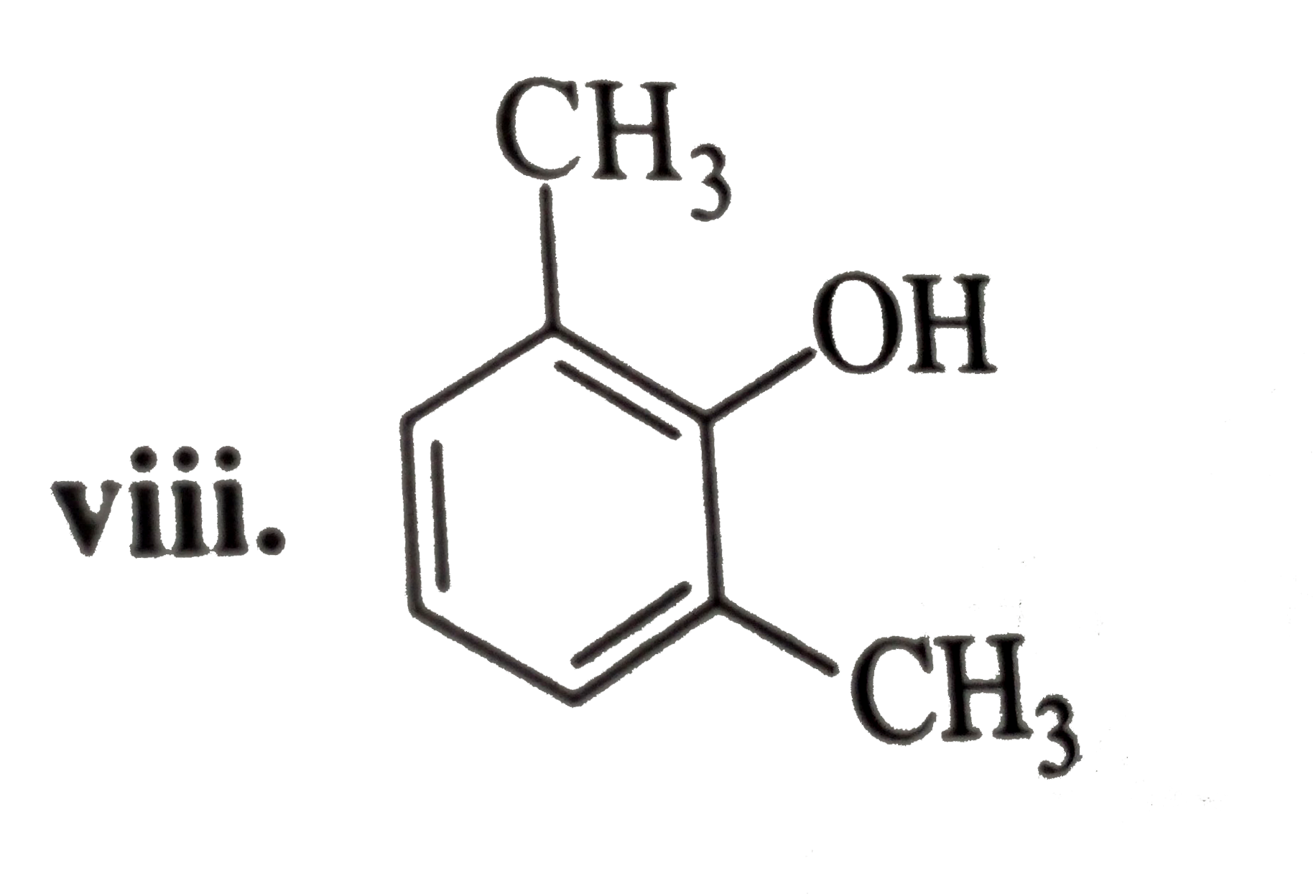
ix. CH3−O−CH2−C∣CH3HCH3
x. C6H5−O−C2H5
xi. C6H5−O−C7H15(n−−−)
xii. CH3−CH2−O−C∣CH3H−CH2−CH3View SolutionQuestion 27
Write the structures of compounds whose IUPAN names are as follows:
i. 2-Meethylbutan-2-ol
ii. 1-Phenylpropan-2-ol
iii. 3,5-Dimethylhexane-1,3,5-triol
iv. 2,3-Diethylphenol
v. 1-Ethoxyp[ropane
vi. 2-Ethoxy-3-methylpentane
vii. Cyclohexylmethanol
viii. 3-Cyclohexylenan-3-ol
ix. Cyclopent-3-en-1-ol
x. 3-Chloromethylpentan-1-olView SolutionQuestion 46
Name the reagents used in the following reactions:
i. Oxidation of a primary alcohol to carboxylic acid.
ii. Oxidation of a primary alchol to aldehyde.
iii. Bromination of phenol to 2,4,6-tribromonophenol.
iv. Benzyl alcohol to benzoic acid.
v. Dehydration of propan-2-ol to propene.
vi. Butan-2-one to butan-2-ol.View SolutionQuestion 186
Which of the following statement is correct ?
i. Glycerol reaction with oxalic acid at 110∘C (383K) and followed by heating and hydrolysis gives formic acid and glycerol.
ii. Glycerol on reaction with oxalic at 230∘C (503K) and followed by heating gives allyl alcohol.
iii. Glycerol on oxidation with dil. HNO3 gives a mixture of glyceric and tratonic acid.
iv. Glycerol on oxidation with conc. HNO3 gives glyceric acid.View SolutionQuestion 207
CH3CH2OH+CH2N2HBF4−−−→ Products
Which of the following statements is true about th eabove reaction ?
i. The products is CH3CH2OCH3.
ii. The strong acid HBF4 first protonates CH2N2 to give CH2N⊕2, form wich N2 (an extremely good leaving group) is displaced.
iii. CH3CH2OH acts as a nucleophile.
iv. CH2N2 acts as a nucleophile.View SolutionQuestion 245
Assertion (A): Ethers on reaction with air and light form hydroperoxides. These peroxides decompopse violently at high temperature. Allyl-n-propyl ether with O2 in light gives mainly 1-hydroperoxide allyl-n-propyl ether.
Reason (R ): The reaction proceeds via the formation of radical anion.View SolutionQuestion 262
Reimer-Tiemann reaction introduces an aldehyde group on to the aromatic ring of phenol, ortho to the hydroxyl group. This reacrtion involves electrophilic aromatic subsititution. It is a general method for the synthesis of subsituted salicyladehydes as depiced below:
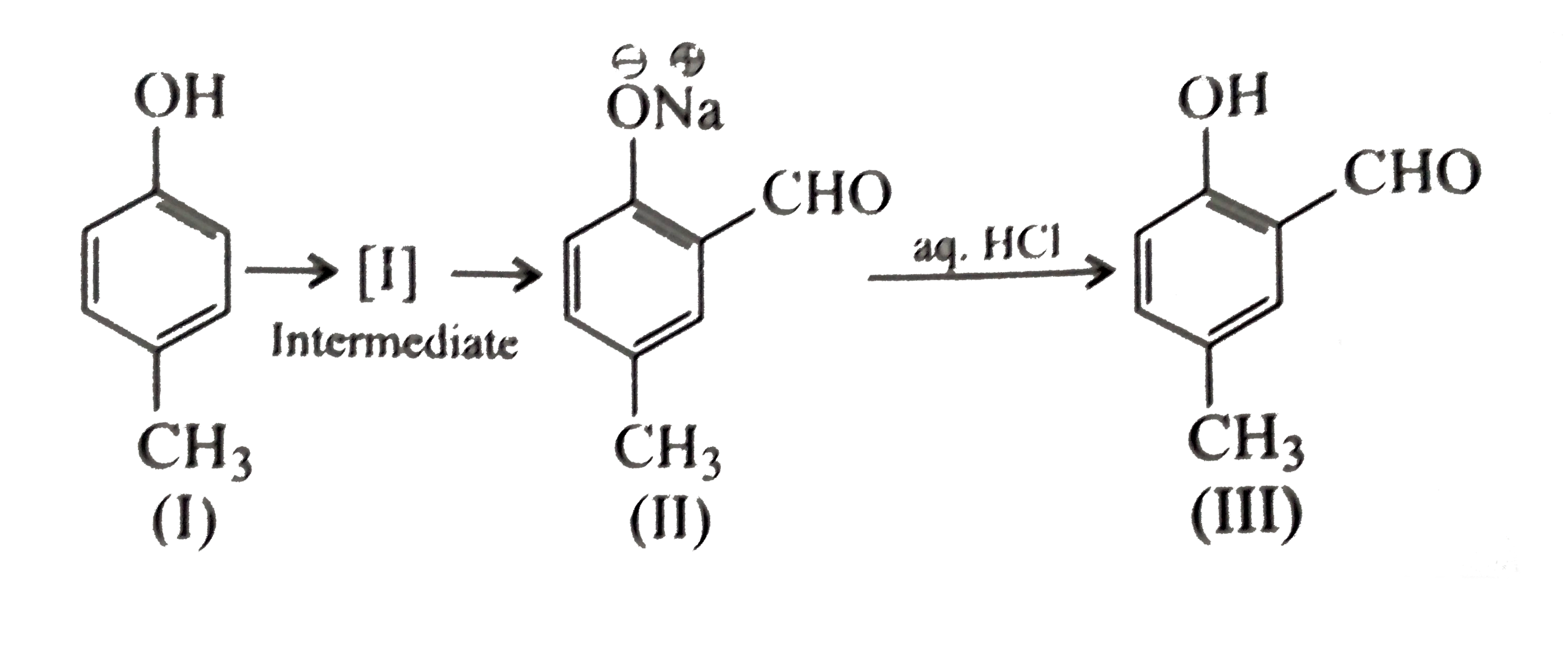
Which one of the following reagents is used in the above reaction ?View SolutionQuestion 263
Reimer-Tiemann reaction introduces an aldehyde group on to the aromatic ring of phenol, ortho to the hydroxyl group. This reacrtion involves electrophilic aromatic subsititution. It is a general method for the synthesis of subsituted salicyladehydes as depiced below:
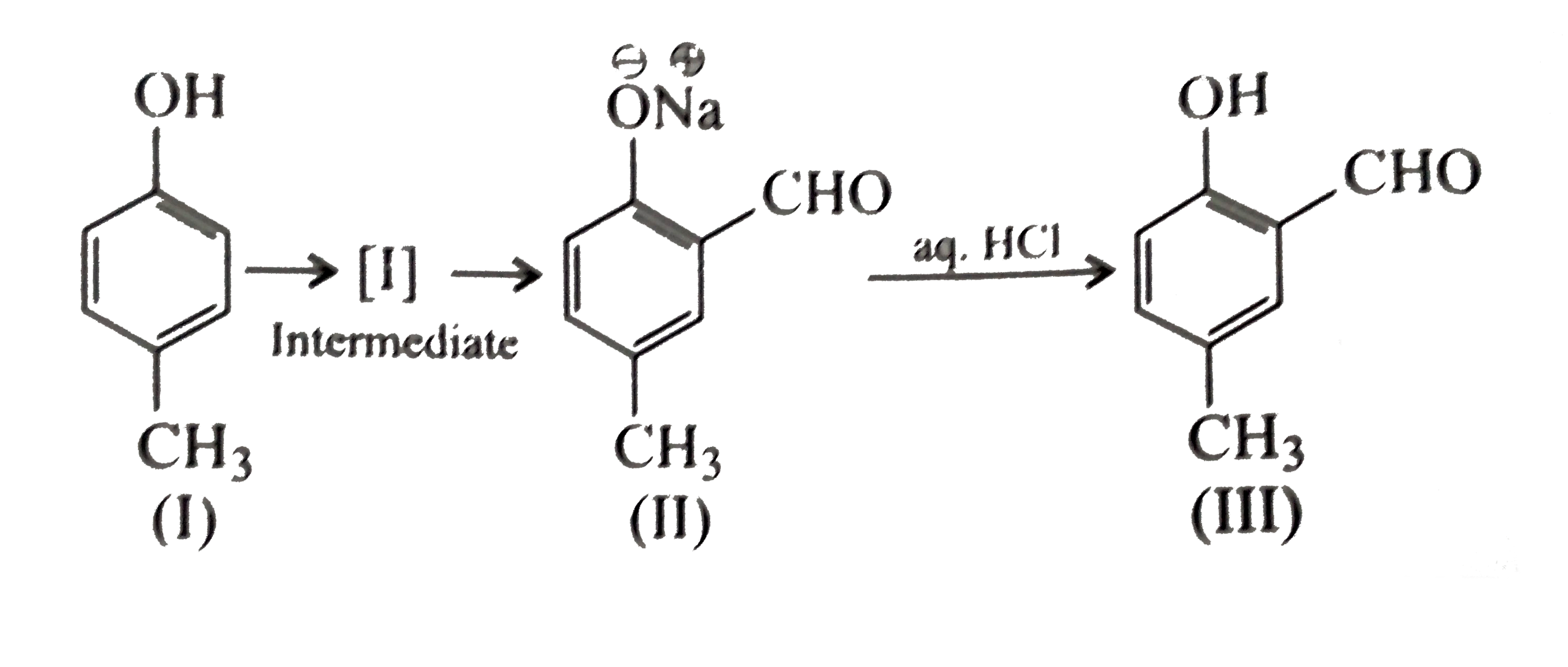
The electrophile in this reaction is:View SolutionQuestion 264
Reimer-Tiemann reaction introduces an aldehyde group on to the aromatic ring of phenol, ortho to the hydroxyl group. This reacrtion involves electrophilic aromatic subsititution. It is a general method for the synthesis of subsituted salicyladehydes as depiced below:

The structure of the intremediate (I) is:View SolutionQuestion 276
An alcohol A, when heated with conc. H2SO4 gives an alkene B. When B is bubbled through bromine water and the product obtained is dehydrohalogenated with exccess of sodamide, a new compound C is obtained. The compound C gives D when treated with warm dilute H2SO4 in the presence of HgSO4. D can also be obtained either byh oxidising A with KMnO4 or form acetic acid through its calcium salt. Identify A, B, C, and D.View Solution
All Exercises from CENGAGE CHEMISTRY (HINGLISH) Class 12 CHEMISTRY ALCOHOL,PHENOL AND ETHERS
- ARCHIVES ANALYTICAL AND DESCRIPTIVE
- ARCHIVES ASSERTION-REASONING
- ARCHIVES FILL IN THE BLANKS
- ARCHIVES LINKED COMPREHENSION
- ARCHIVES MULTIPLE CORRECT
- ARCHIVES SINGLE CORRECT
- ARCHIVES TRUE/FALSE
- EXERCISES ASSERTION-REASONING
- EXERCISES CONCEPT APPLICATION
- EXERCISES LINKED COMPREHENSION
- EXERCISES MULTIPLE CORRECT
- EXERCISES SINGLE CORRECT
- EXERCISES SUBJECTIVE
- ARCHIVES ANALYTICAL AND DESCRIPTIVE
- ARCHIVES ASSERTION-REASONING
- ARCHIVES FILL IN THE BLANKS
- ARCHIVES LINKED COMPREHENSION
- ARCHIVES MULTIPLE CORRECT
- ARCHIVES SINGLE CORRECT
- ARCHIVES TRUE/FALSE
- EXERCISES ASSERTION-REASONING
- EXERCISES CONCEPT APPLICATION
- EXERCISES LINKED COMPREHENSION
- EXERCISES MULTIPLE CORRECT
- EXERCISES SINGLE CORRECT
- EXERCISES SUBJECTIVE
- ARCHIVES ANALYTICAL AND DESCRIPTIVE
- ARCHIVES ASSERTION-REASONING
- ARCHIVES FILL IN THE BLANKS
- ARCHIVES LINKED COMPREHENSION
- ARCHIVES MULTIPLE CORRECT
- ARCHIVES SINGLE CORRECT
- ARCHIVES TRUE/FALSE
- EXERCISES ASSERTION-REASONING
- EXERCISES CONCEPT APPLICATION
- EXERCISES LINKED COMPREHENSION
- EXERCISES MULTIPLE CORRECT
- EXERCISES SINGLE CORRECT
- EXERCISES SUBJECTIVE
- ARCHIVES ANALYTICAL AND DESCRIPTIVE
- ARCHIVES ASSERTION-REASONING
- ARCHIVES FILL IN THE BLANKS
- ARCHIVES LINKED COMPREHENSION
- ARCHIVES MULTIPLE CORRECT
- ARCHIVES SINGLE CORRECT
- ARCHIVES TRUE/FALSE
- EXERCISES ASSERTION-REASONING
- EXERCISES CONCEPT APPLICATION
- EXERCISES LINKED COMPREHENSION
- EXERCISES MULTIPLE CORRECT
- EXERCISES SINGLE CORRECT
- EXERCISES SUBJECTIVE
- ILLUSTRATION
- SOLVED EXAMPLES
- ILLUSTRATION
- SOLVED EXAMPLES
- ILLUSTRATION
- SOLVED EXAMPLES
- ILLUSTRATION
- SOLVED EXAMPLES
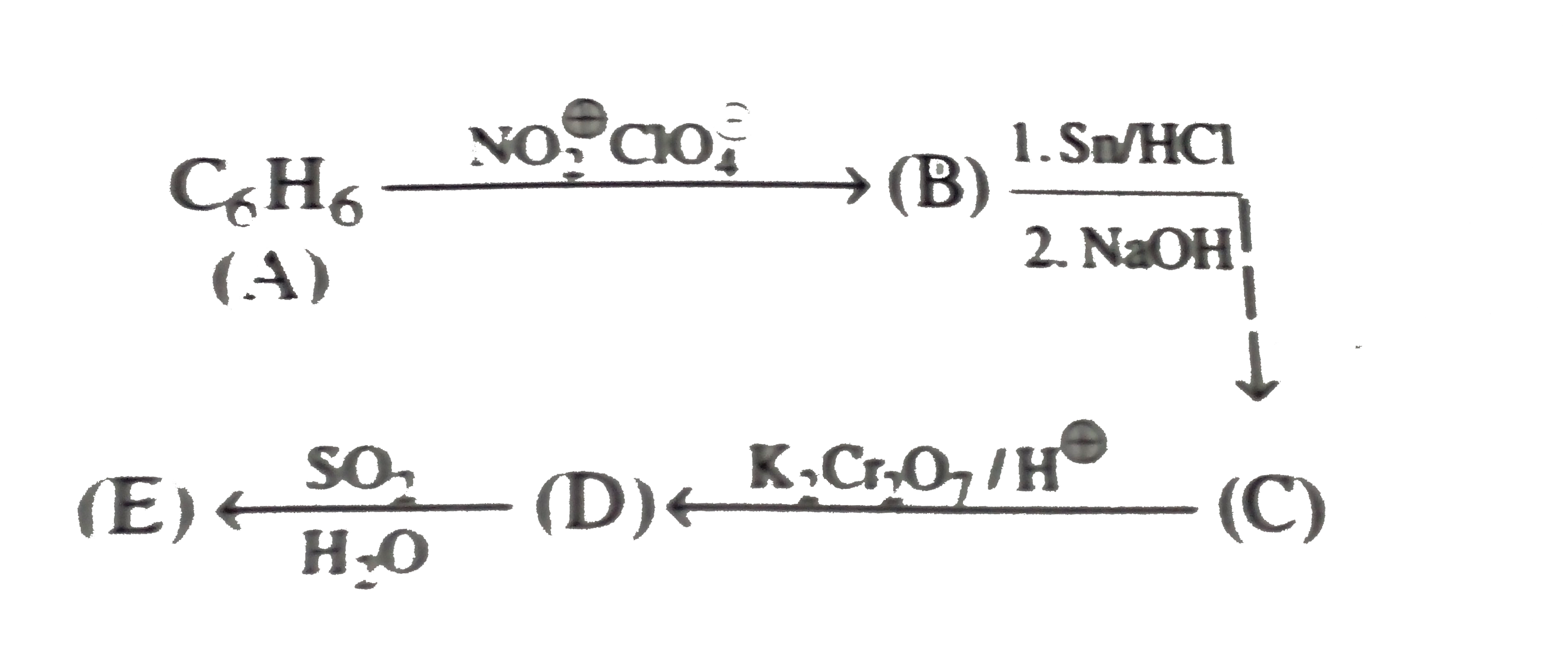


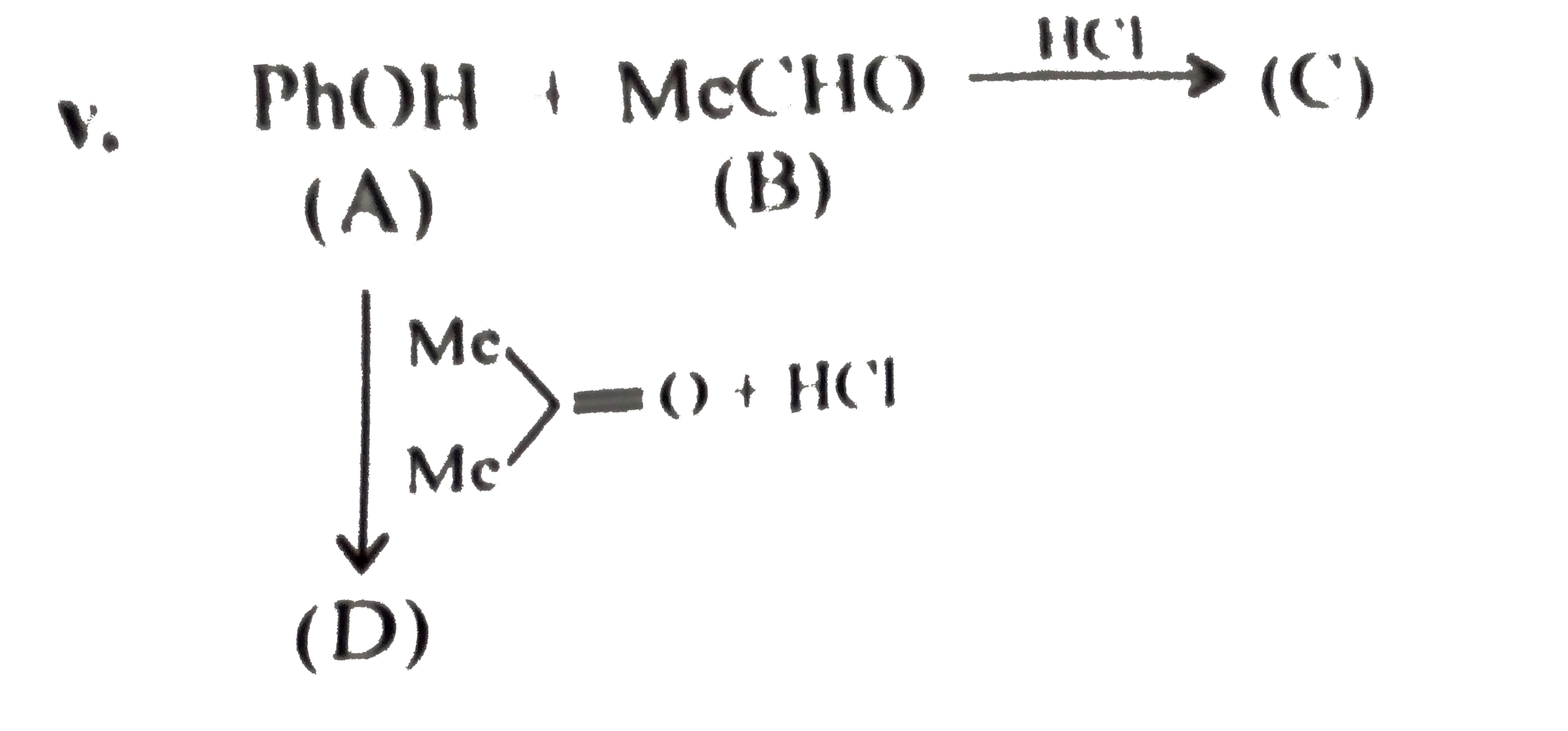
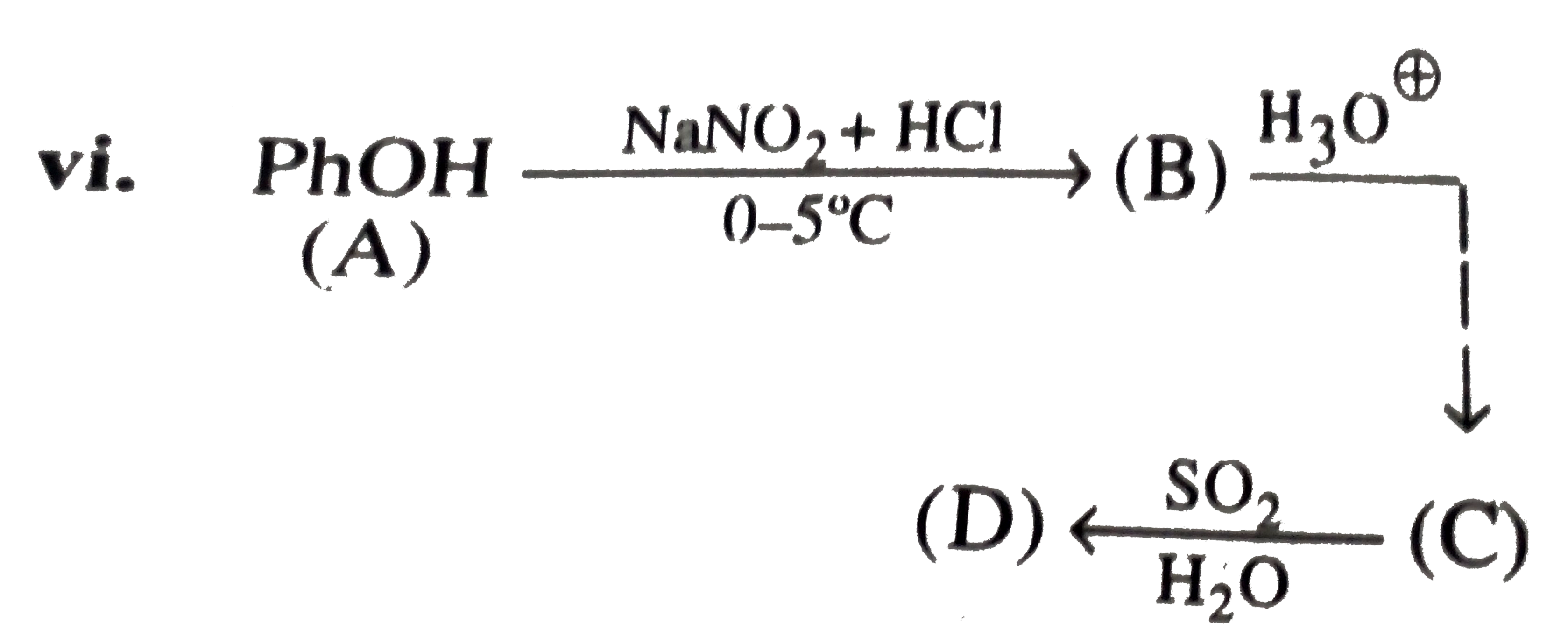
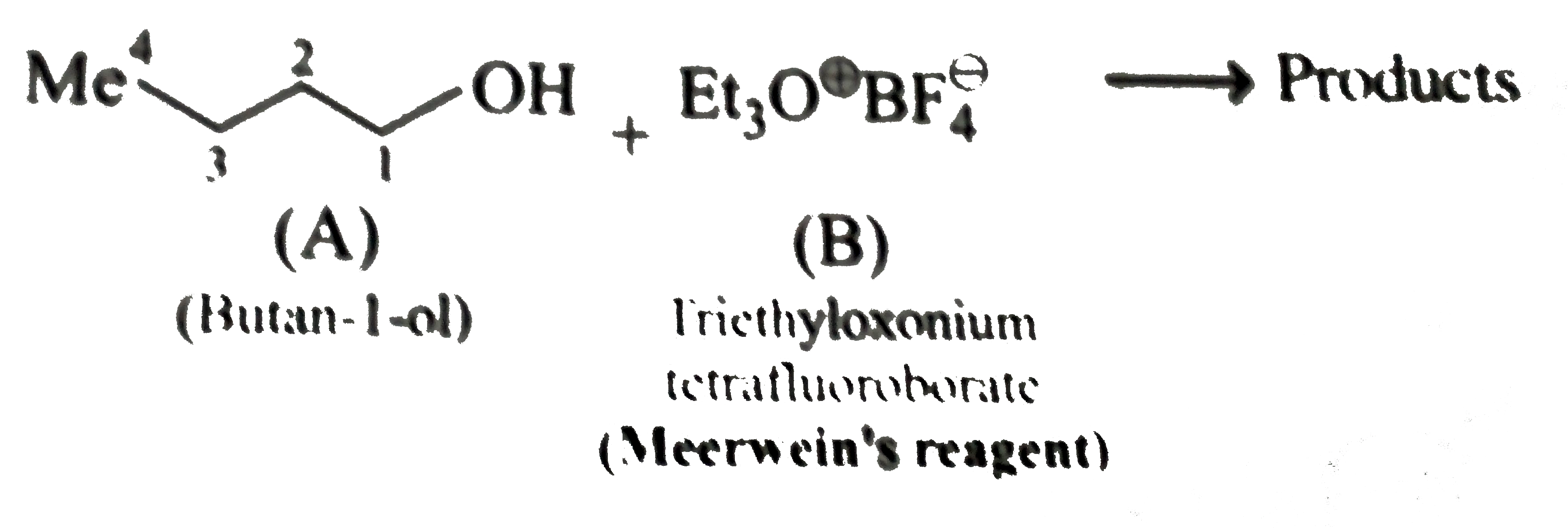

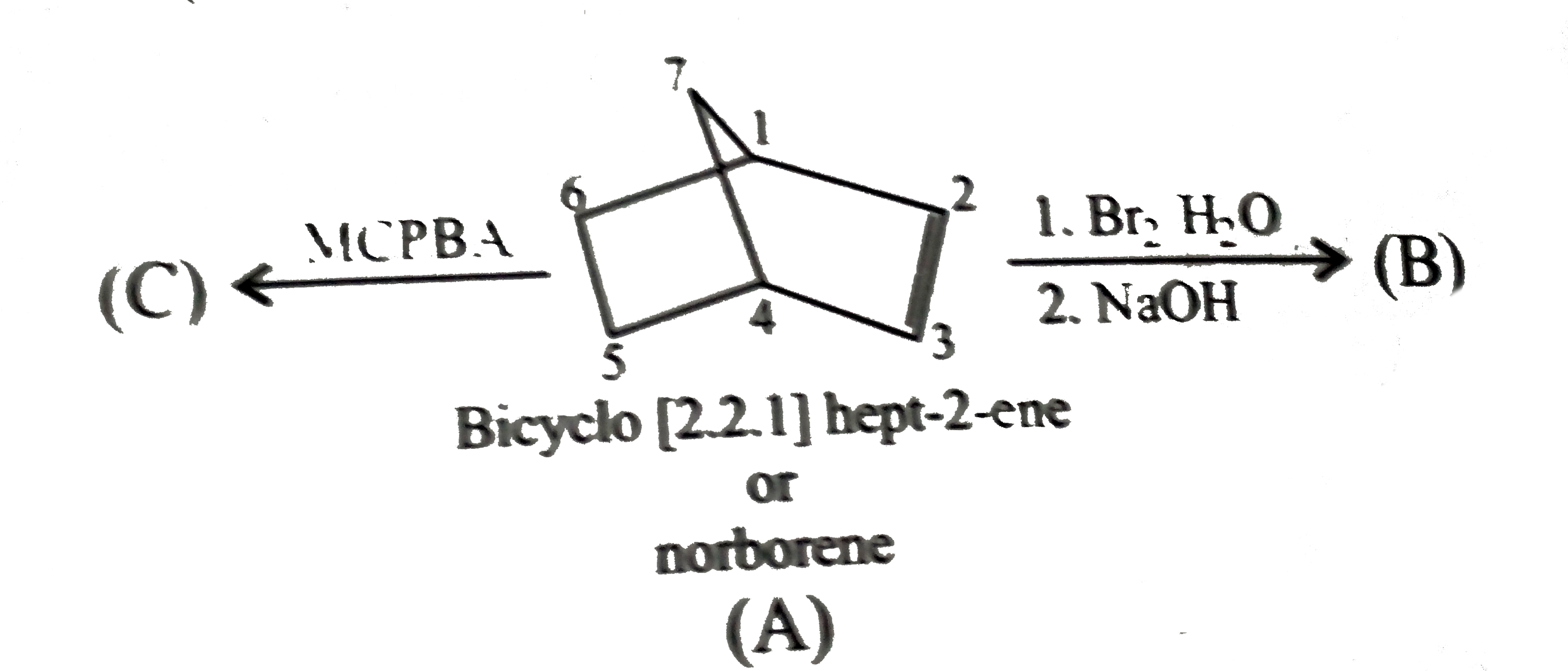
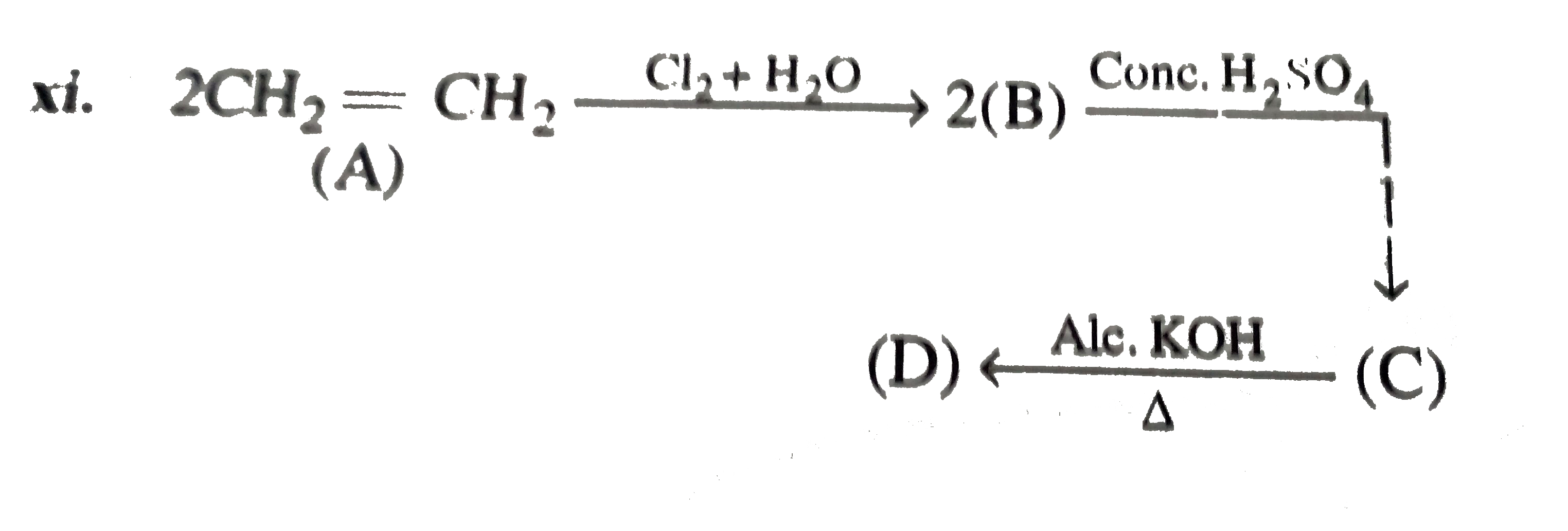

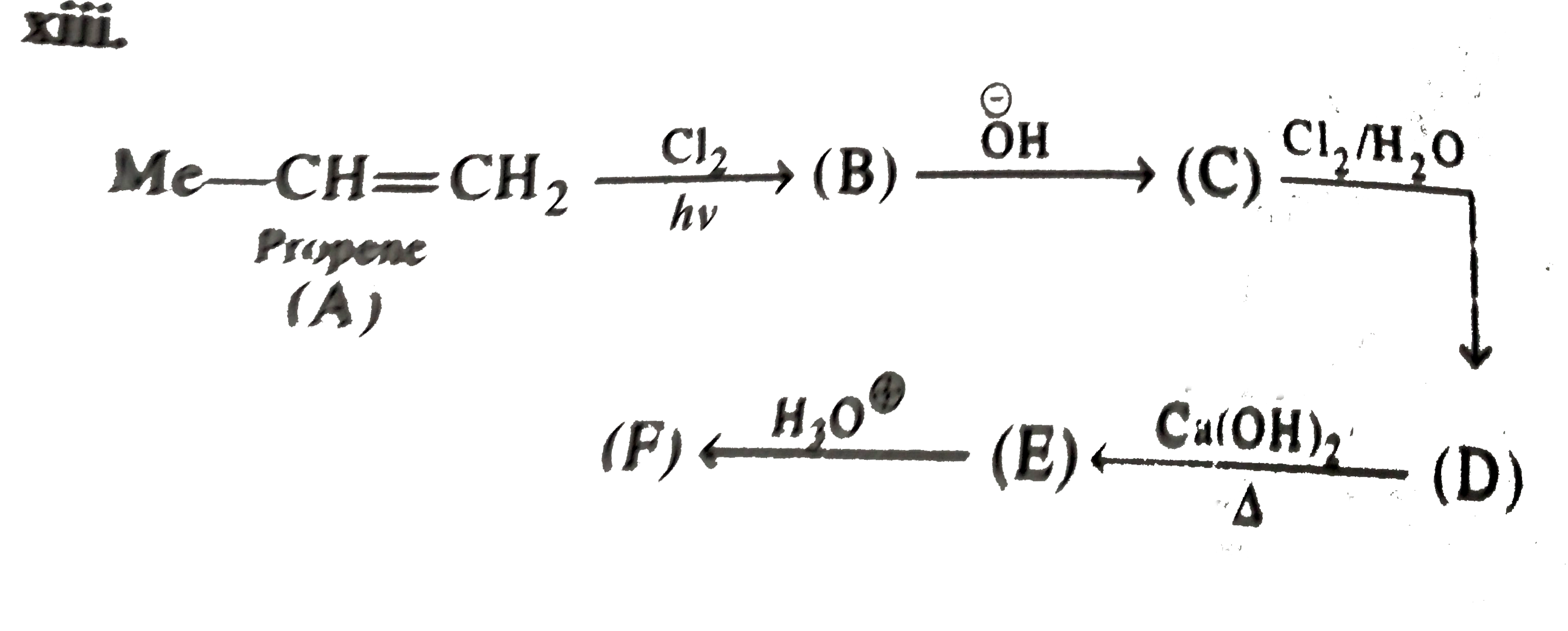
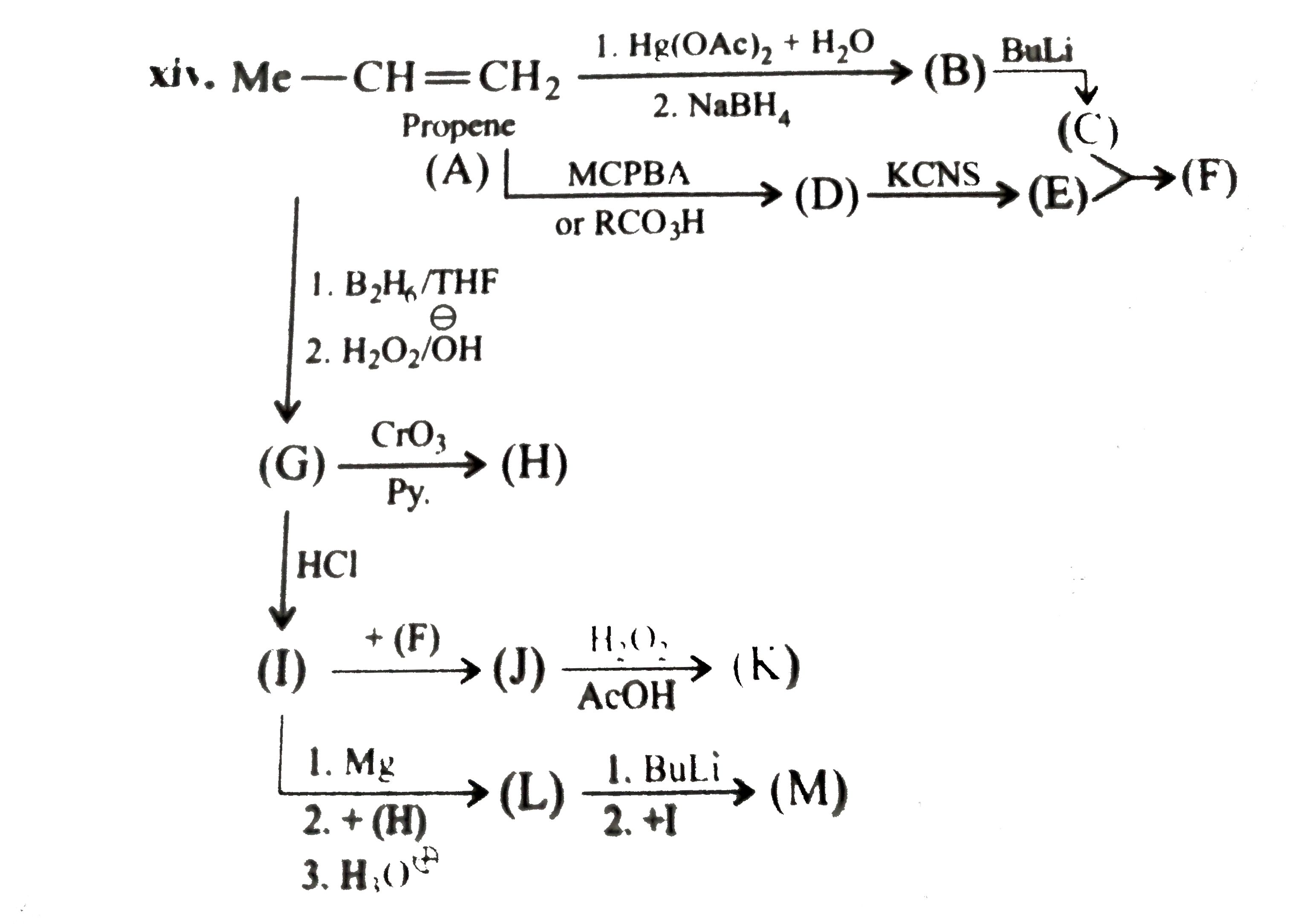

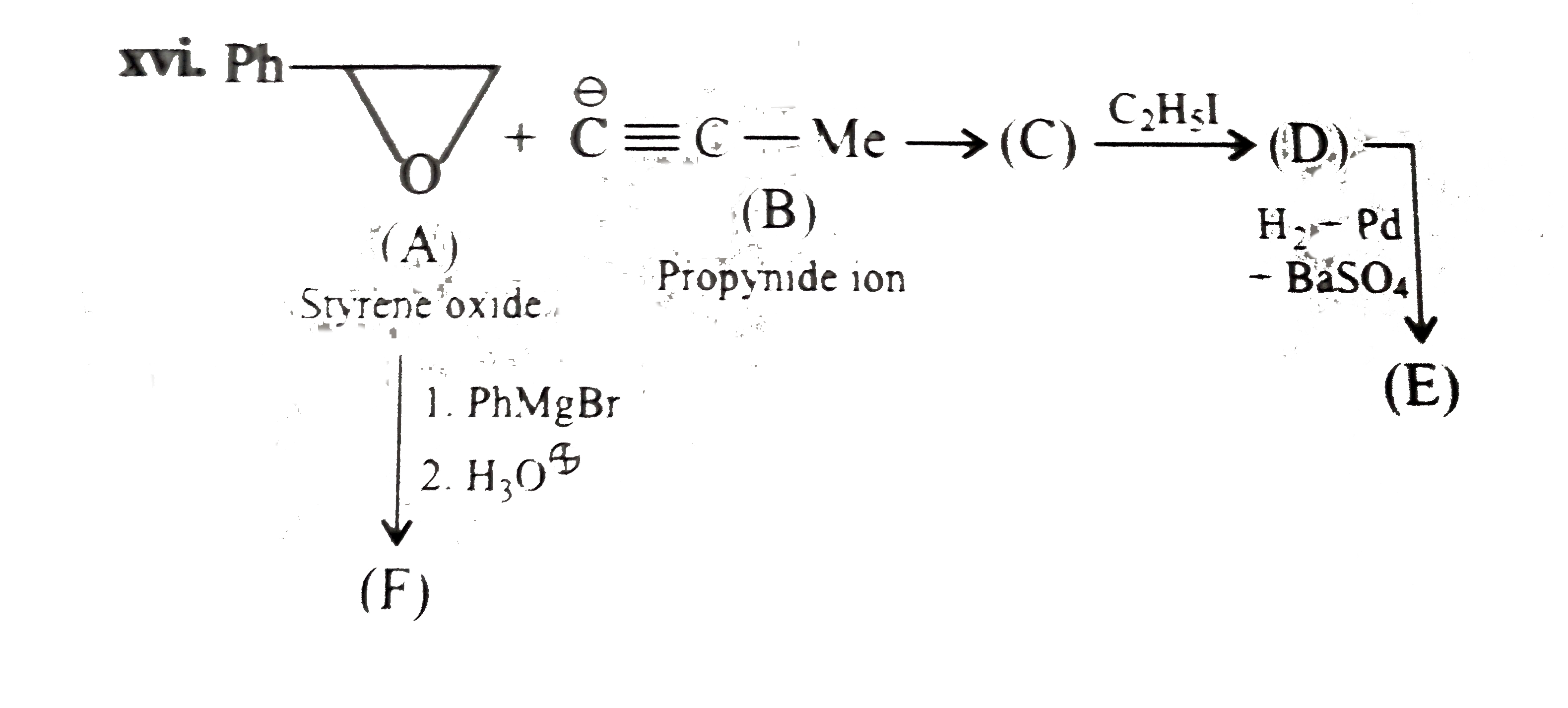


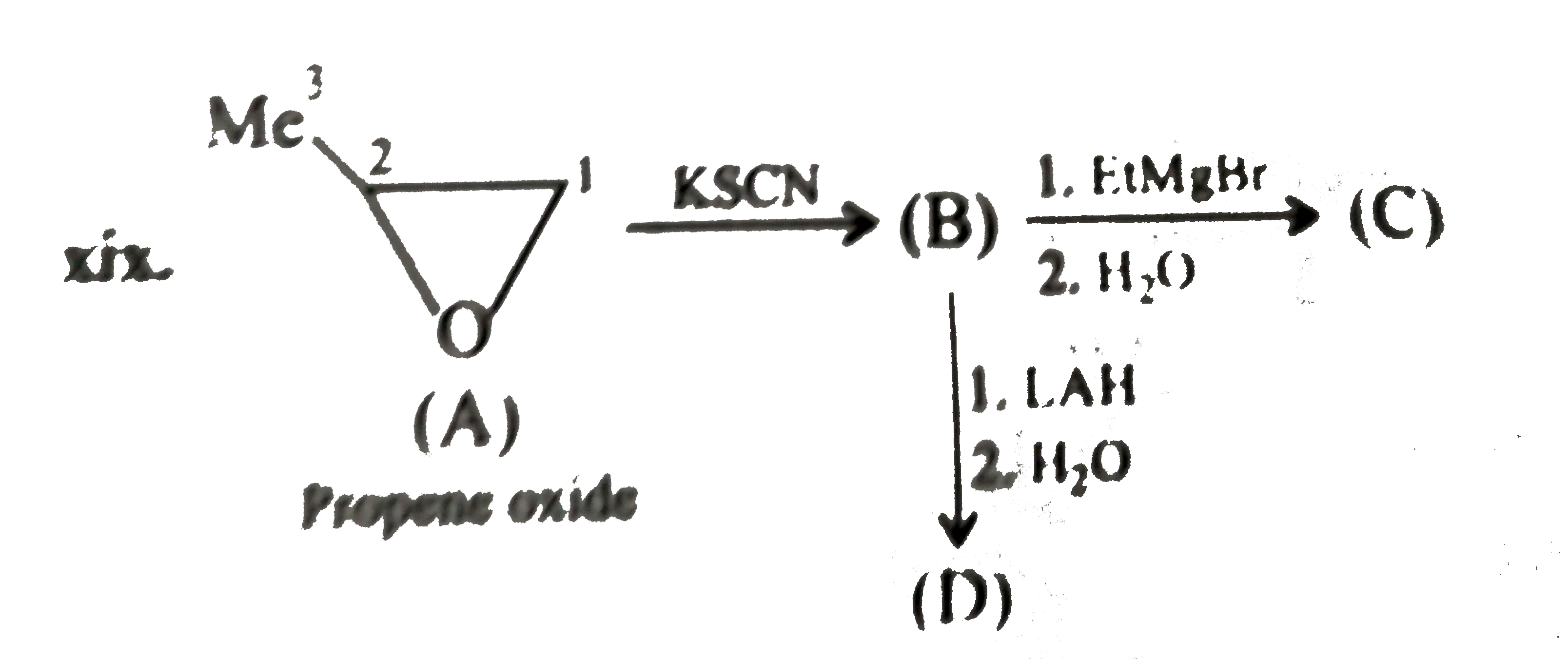

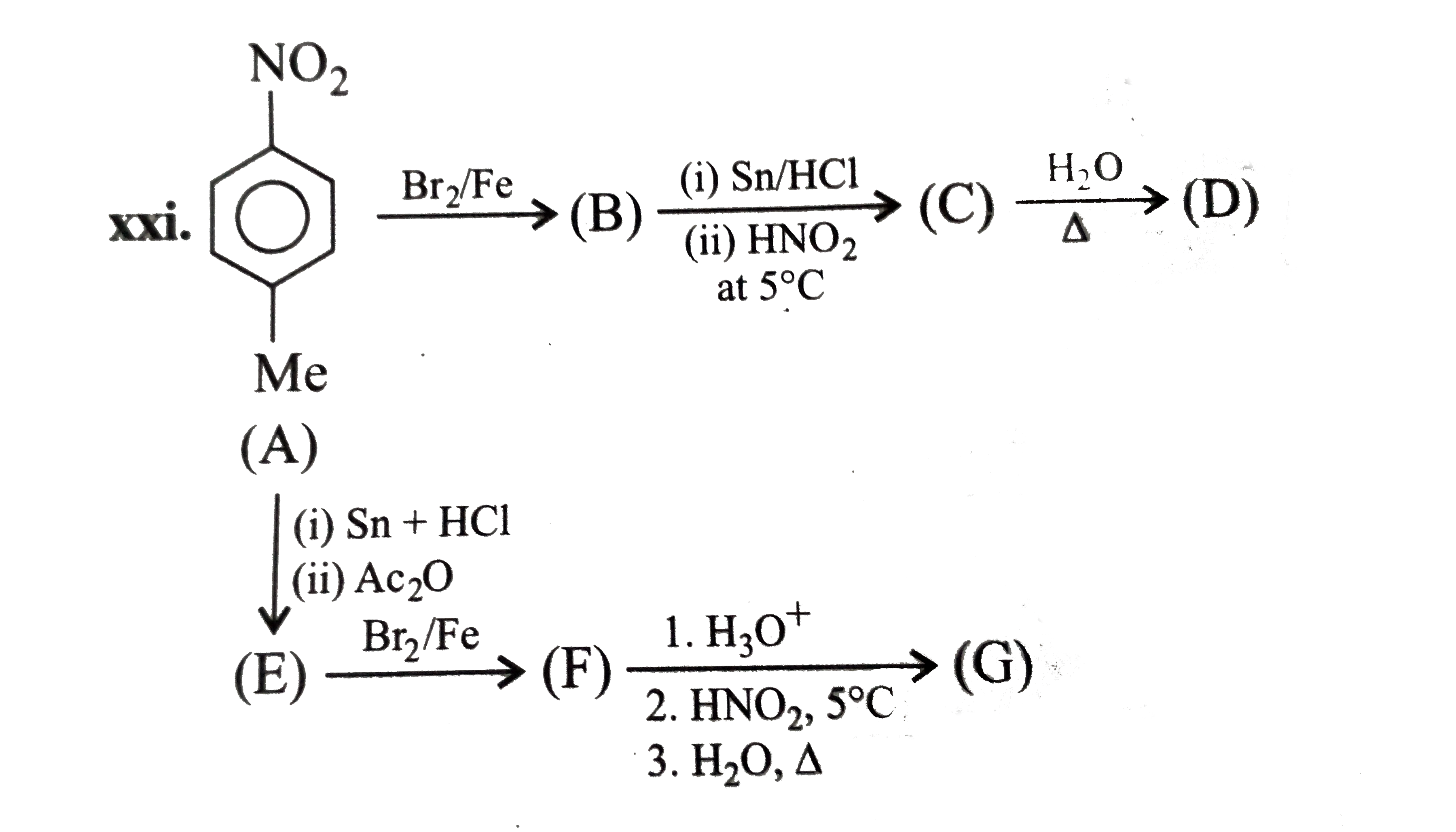

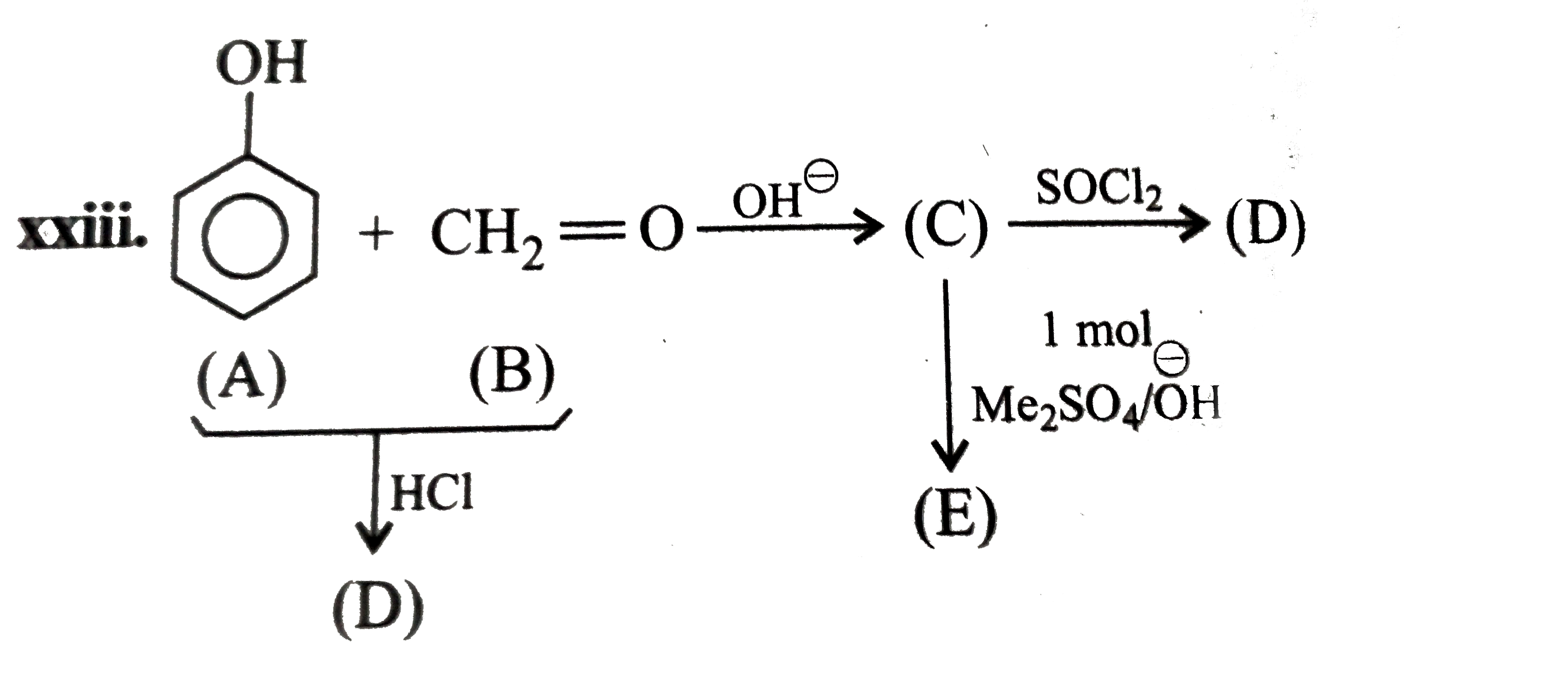
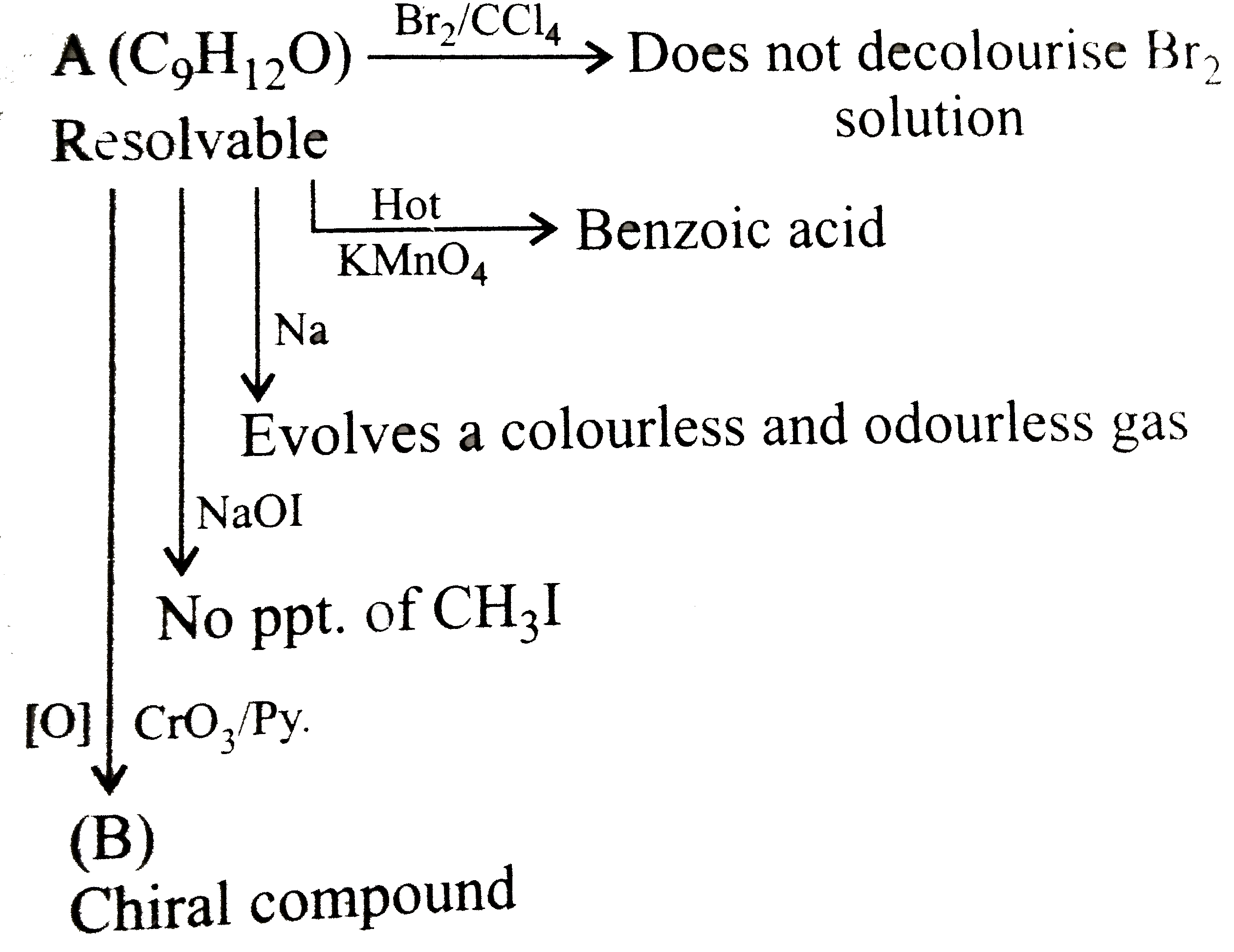
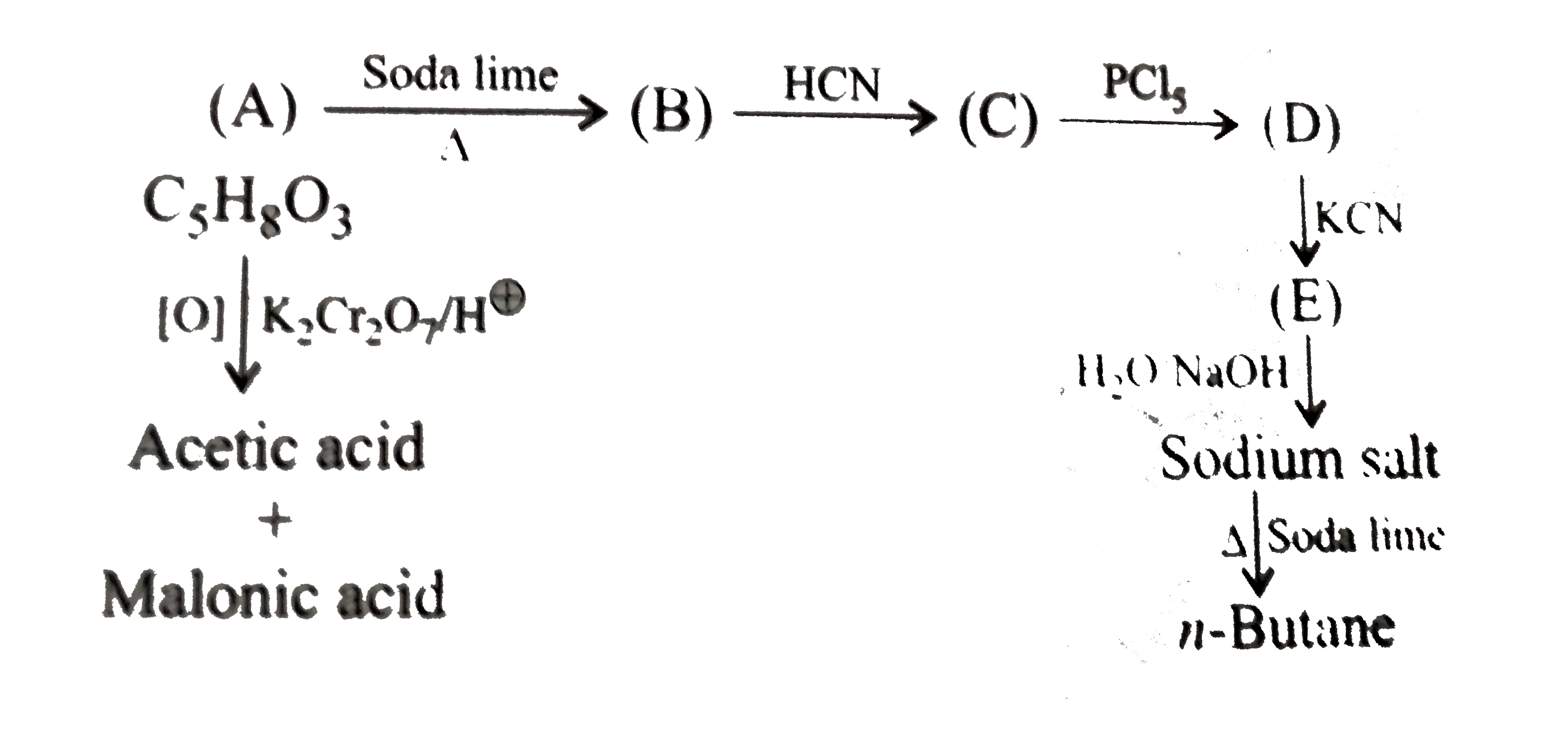



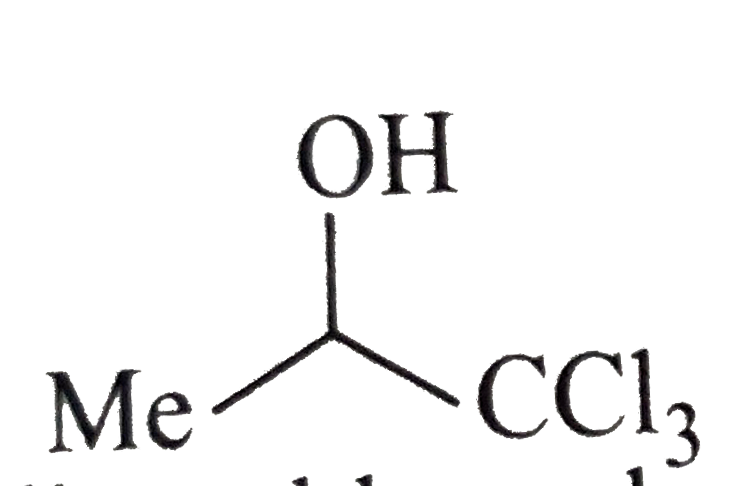 is treated with alkaline
is treated with alkaline 
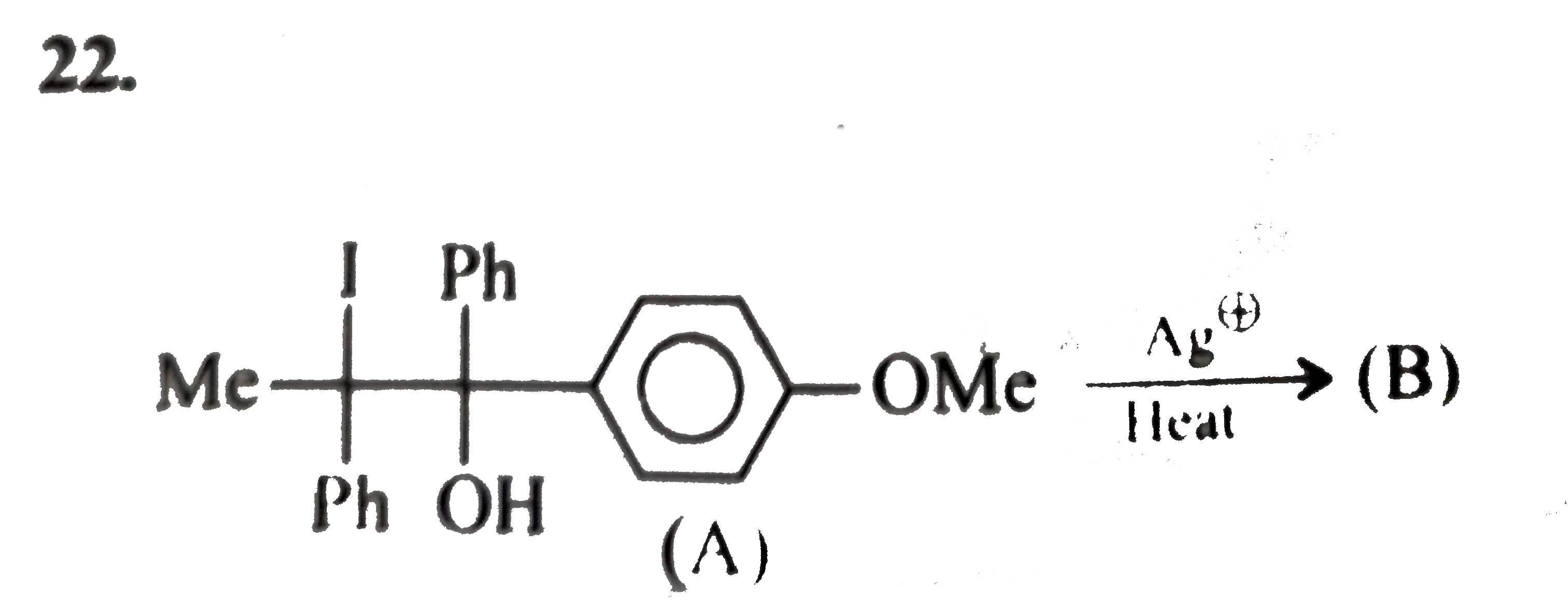
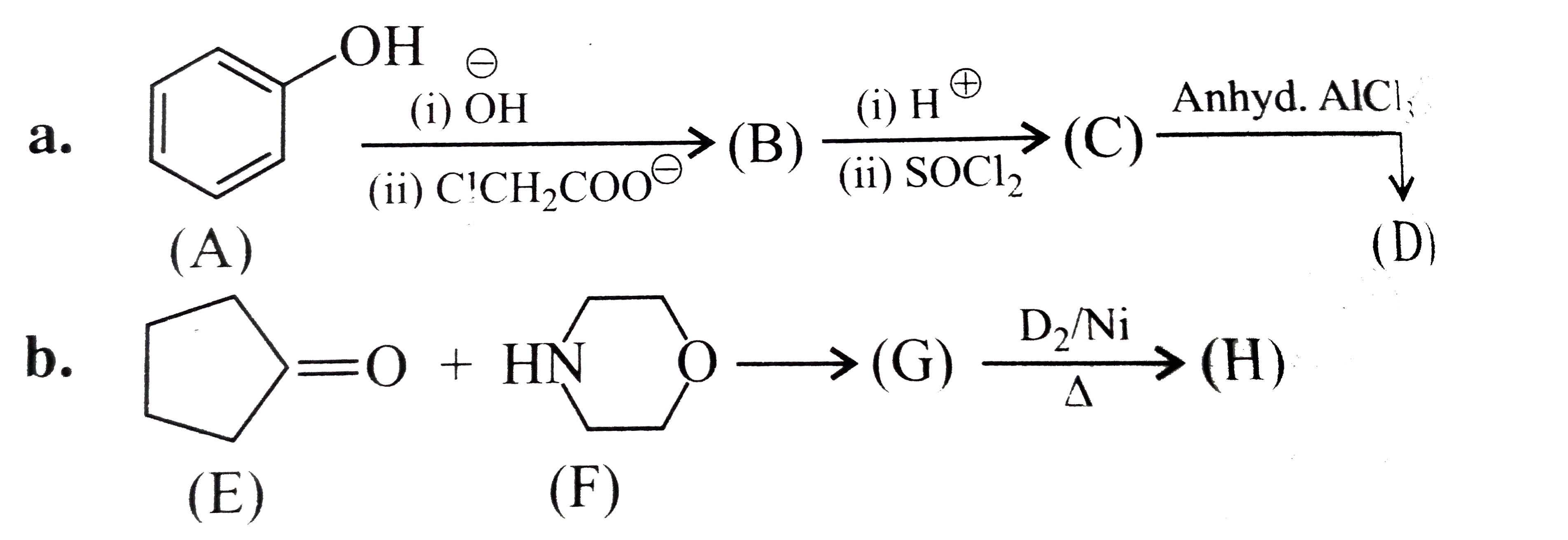
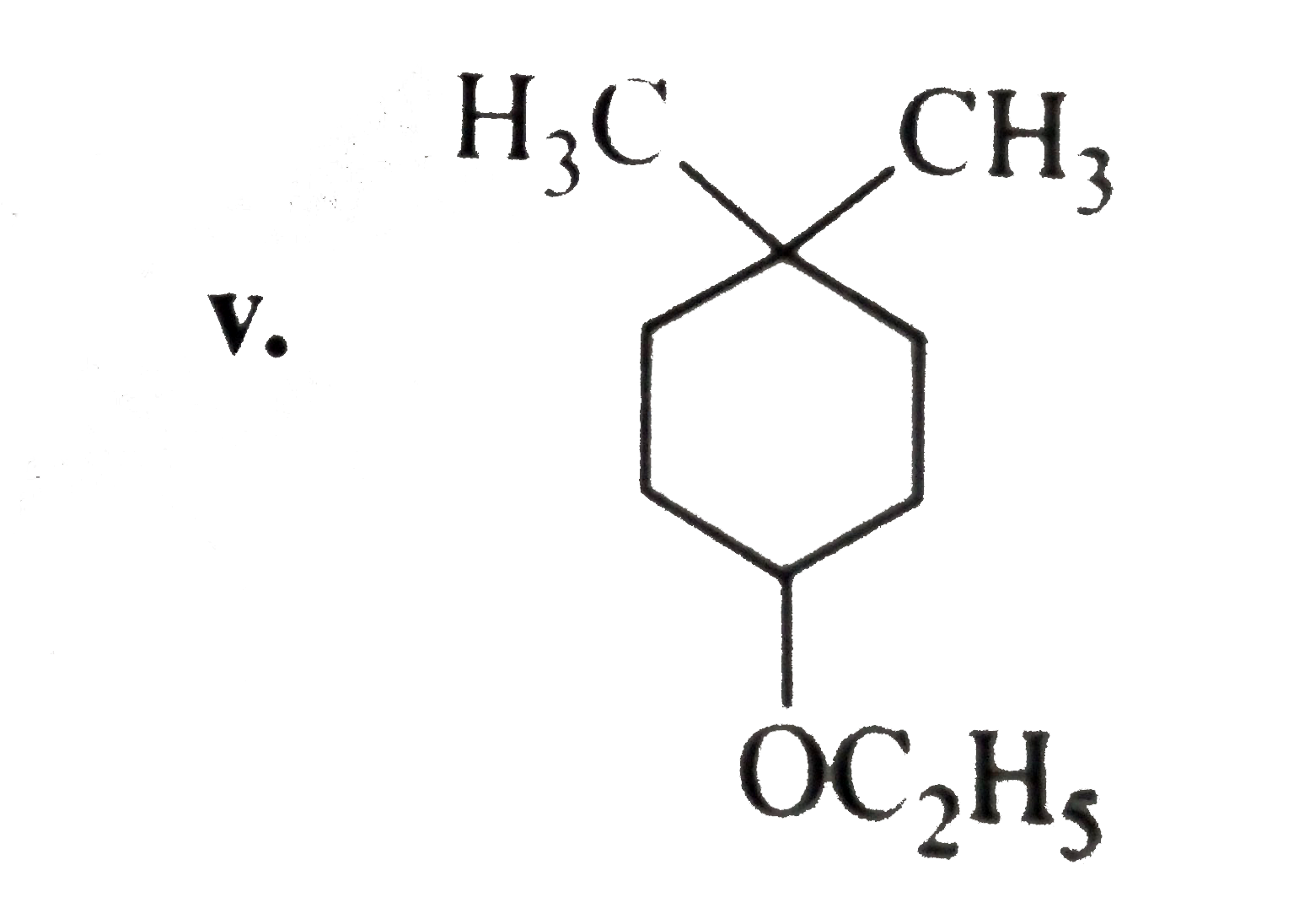
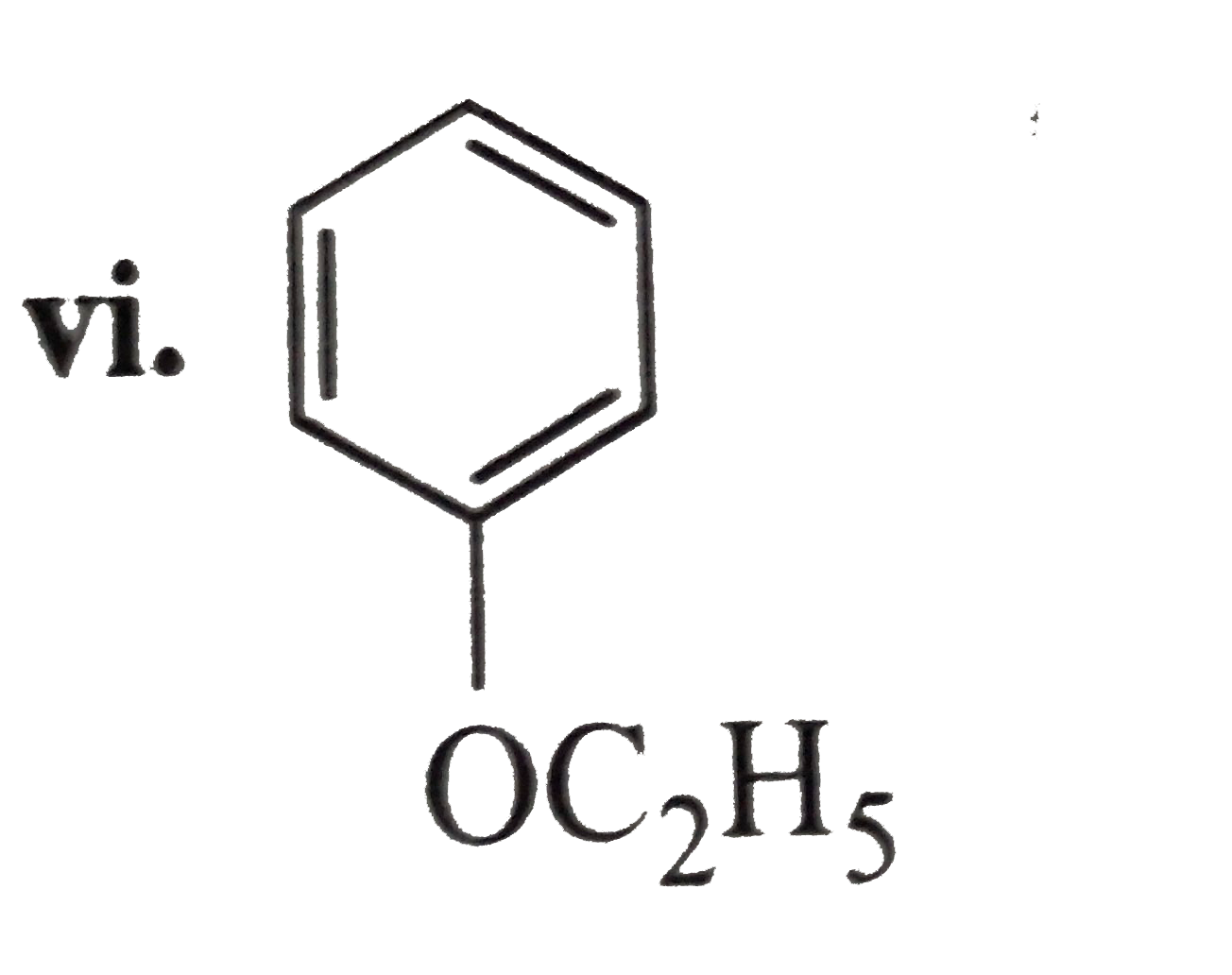
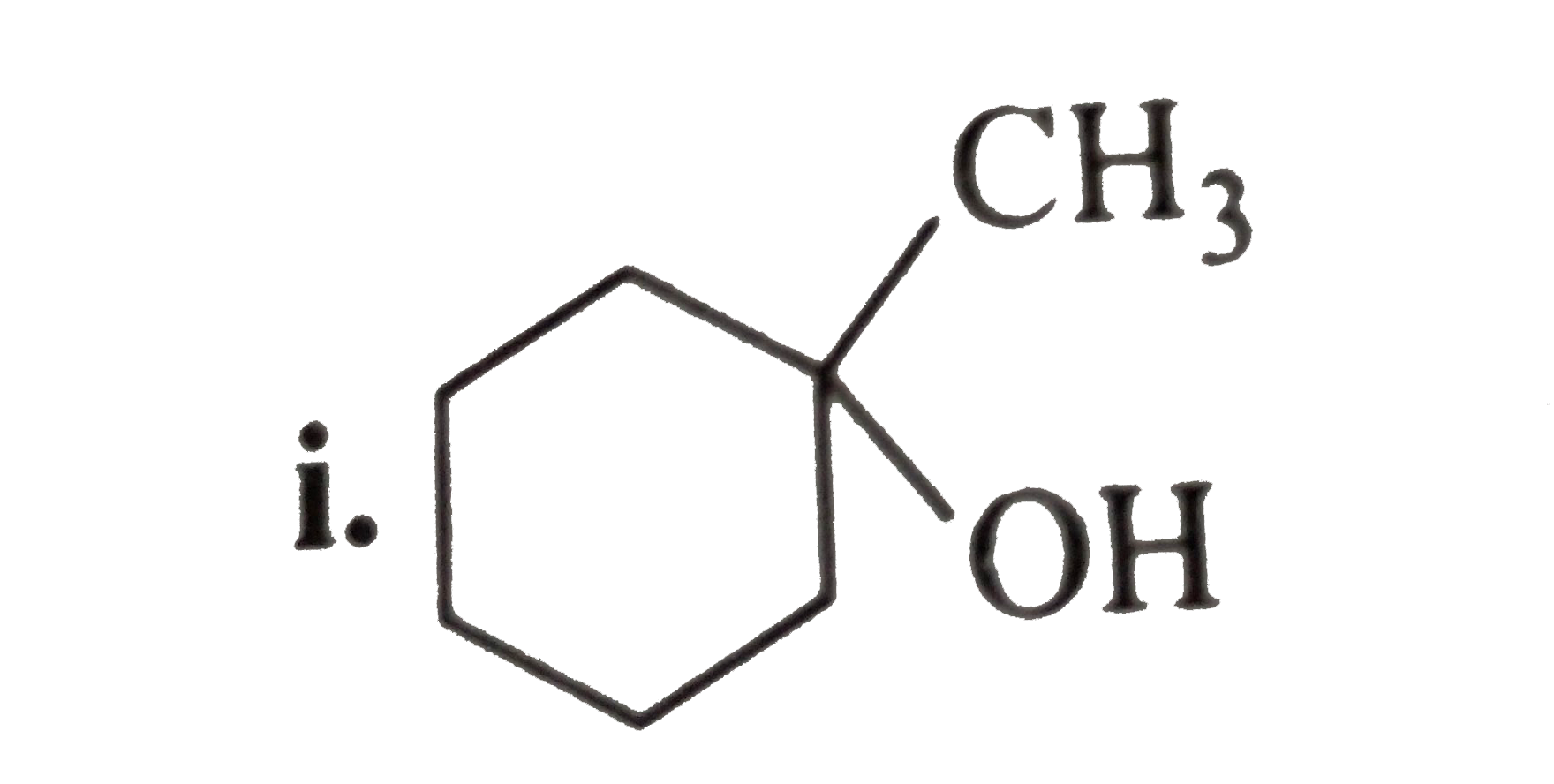 ii.
ii. 
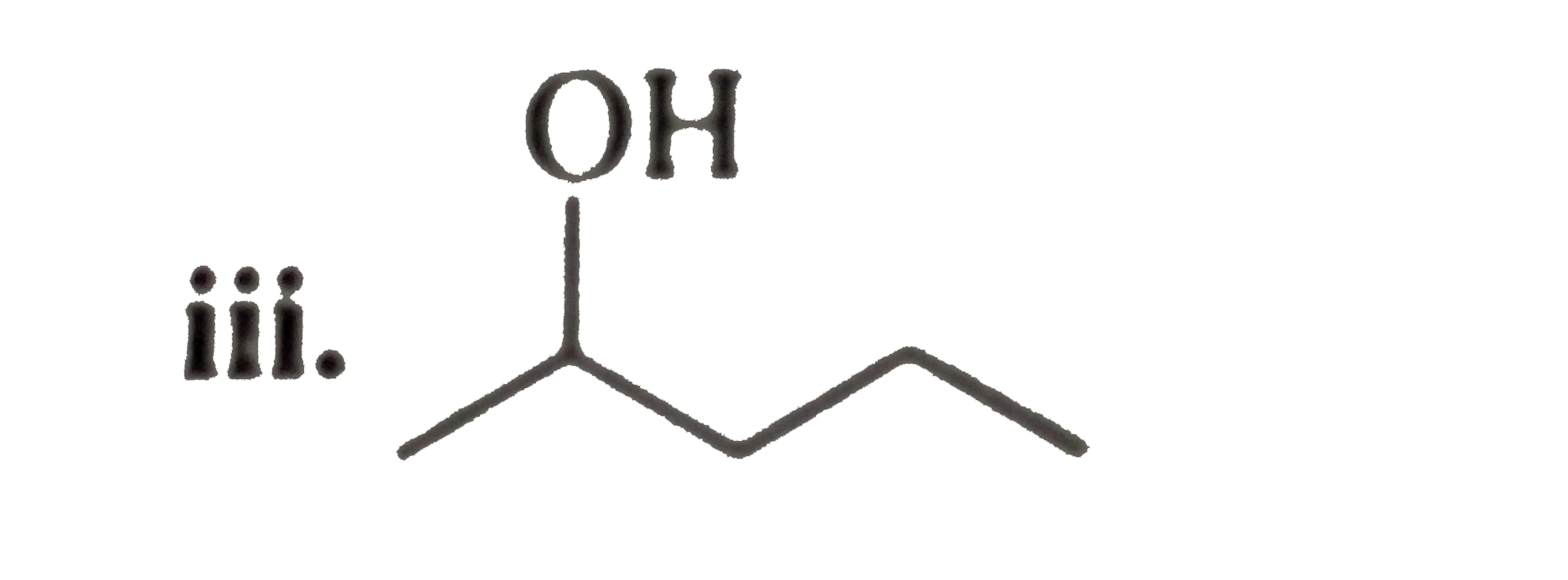 iv.
iv. 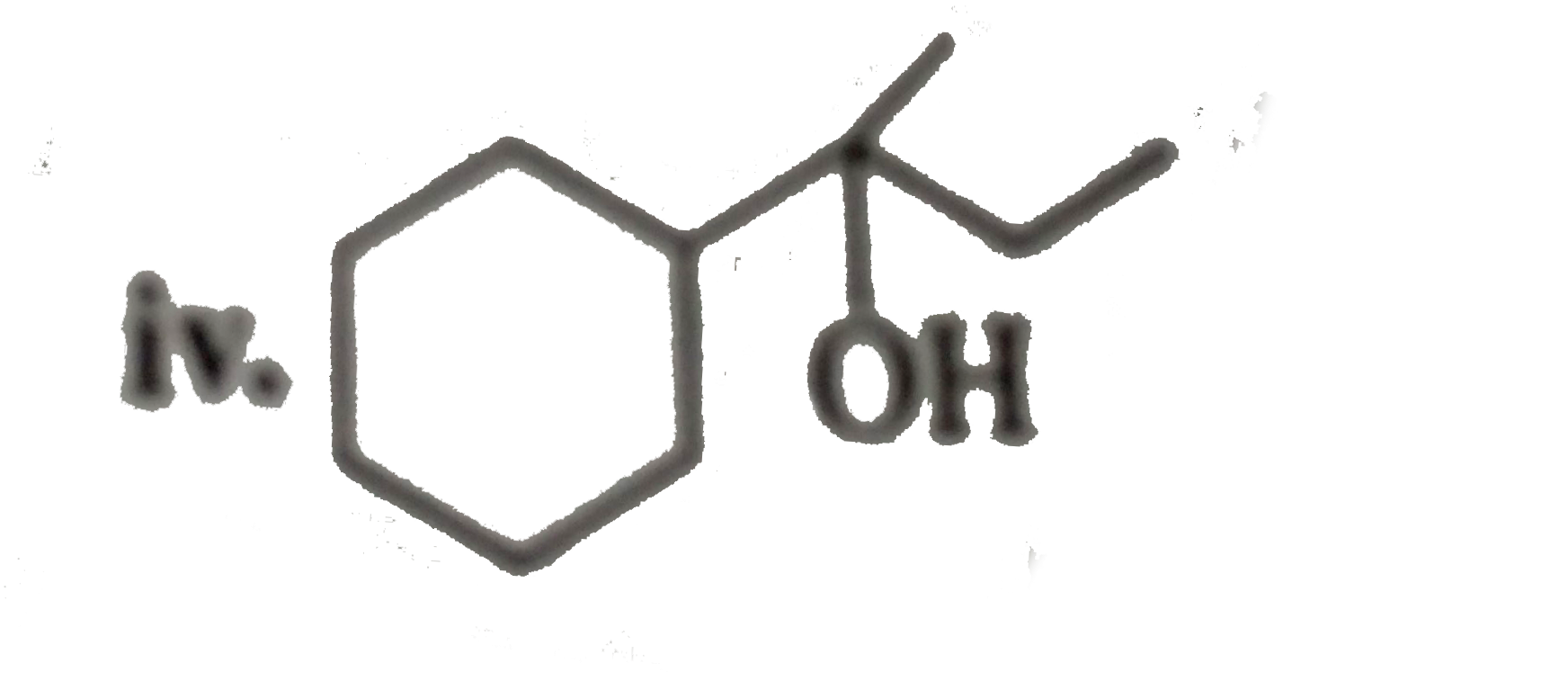
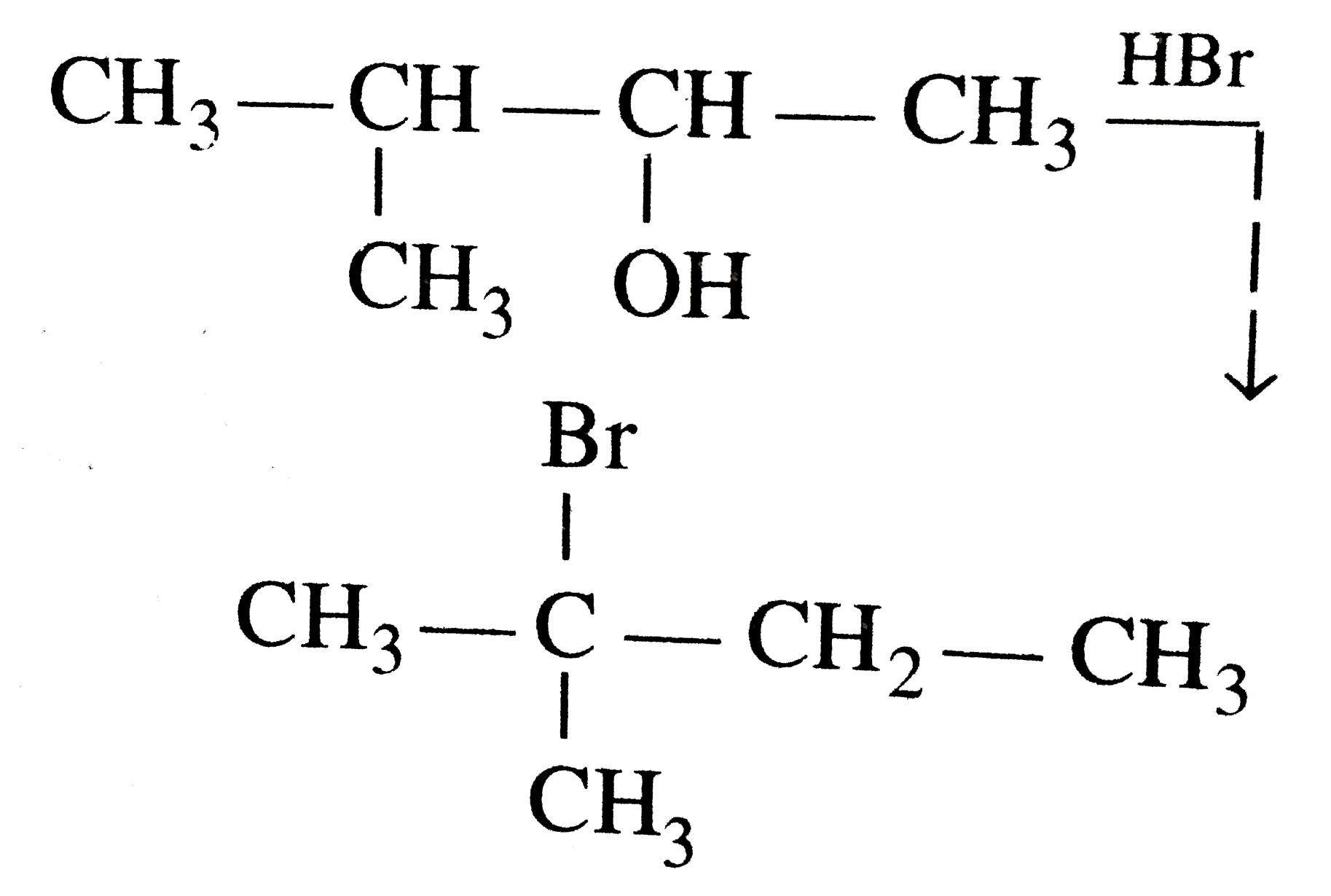
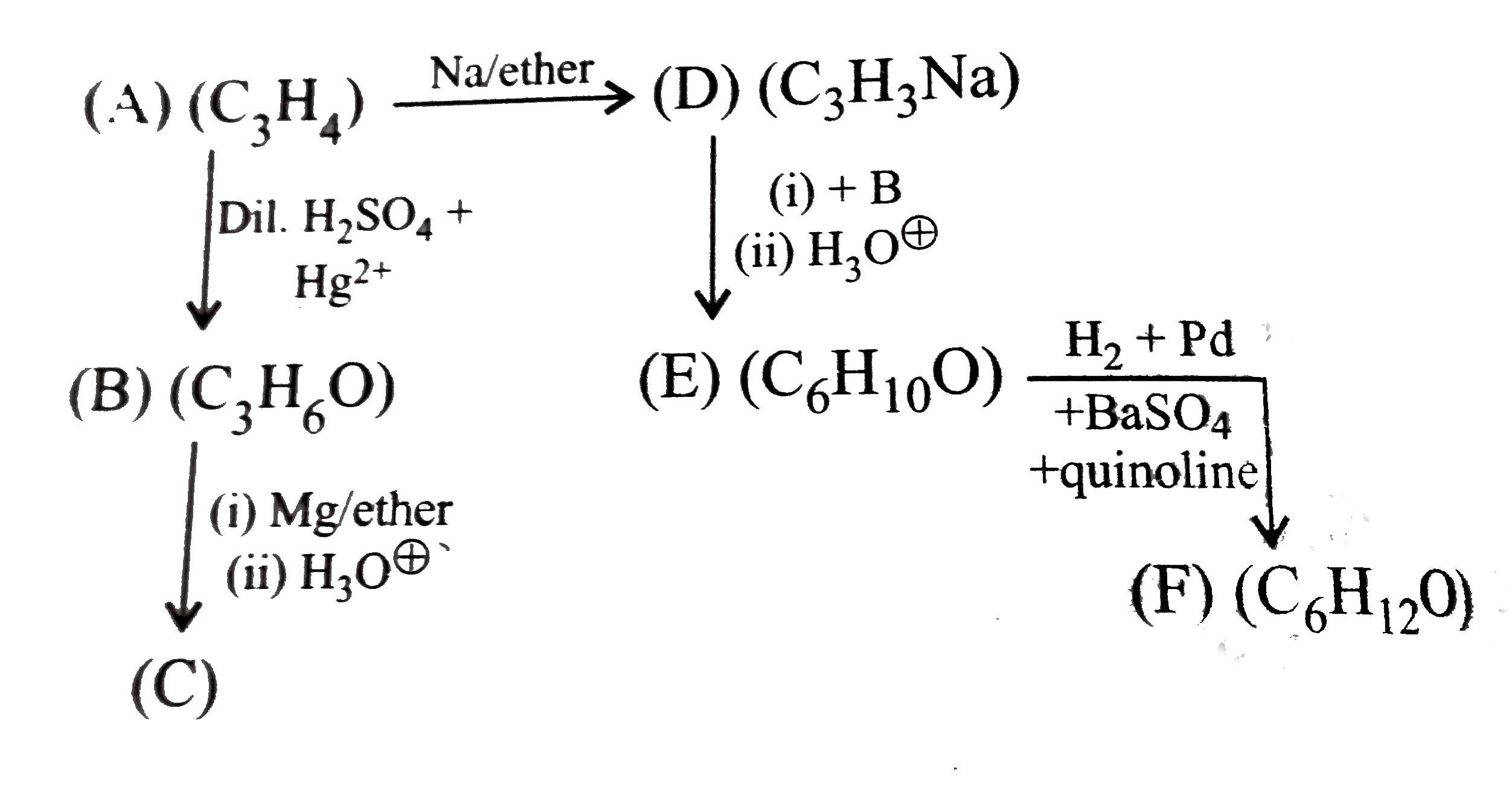
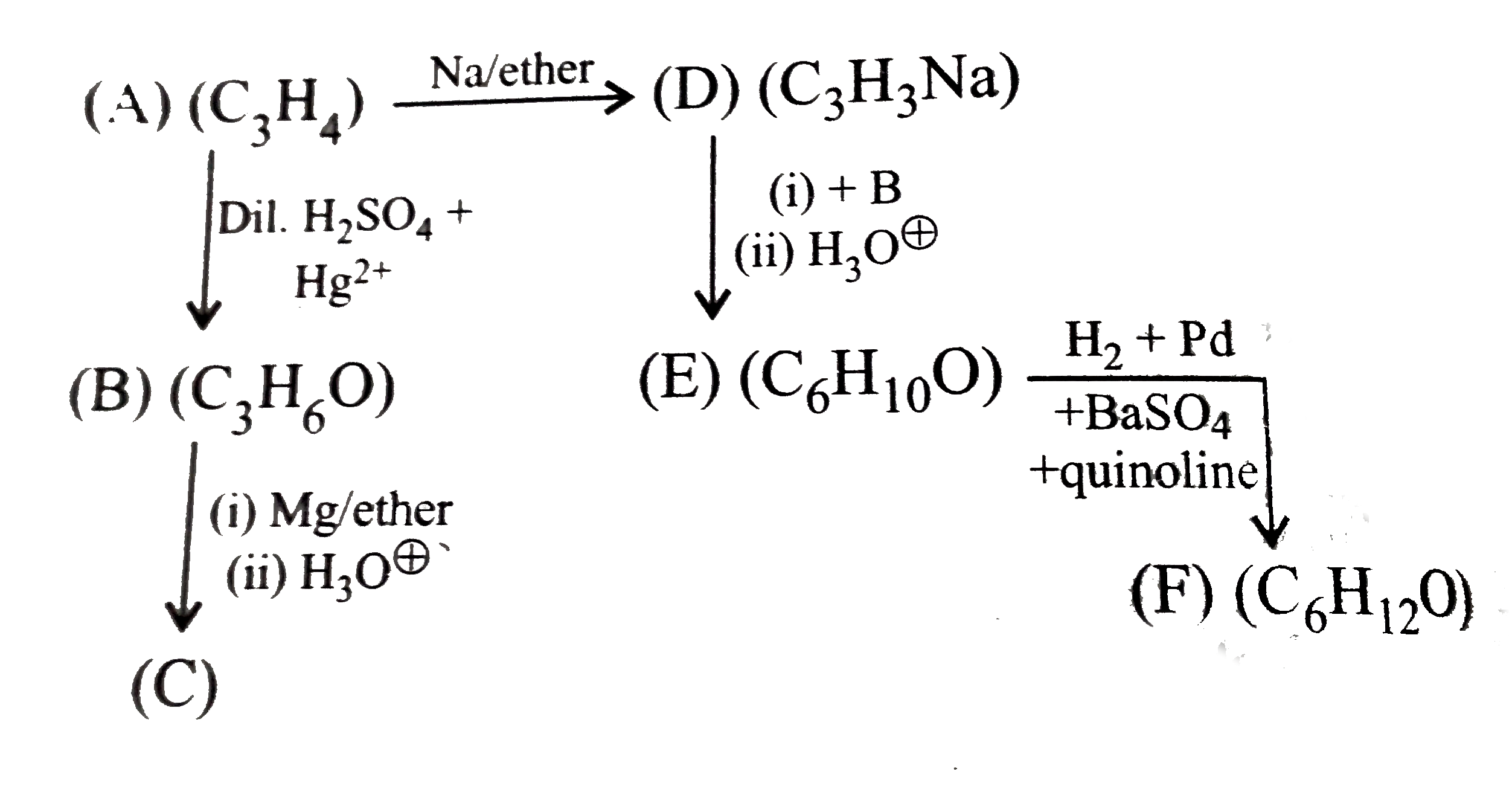
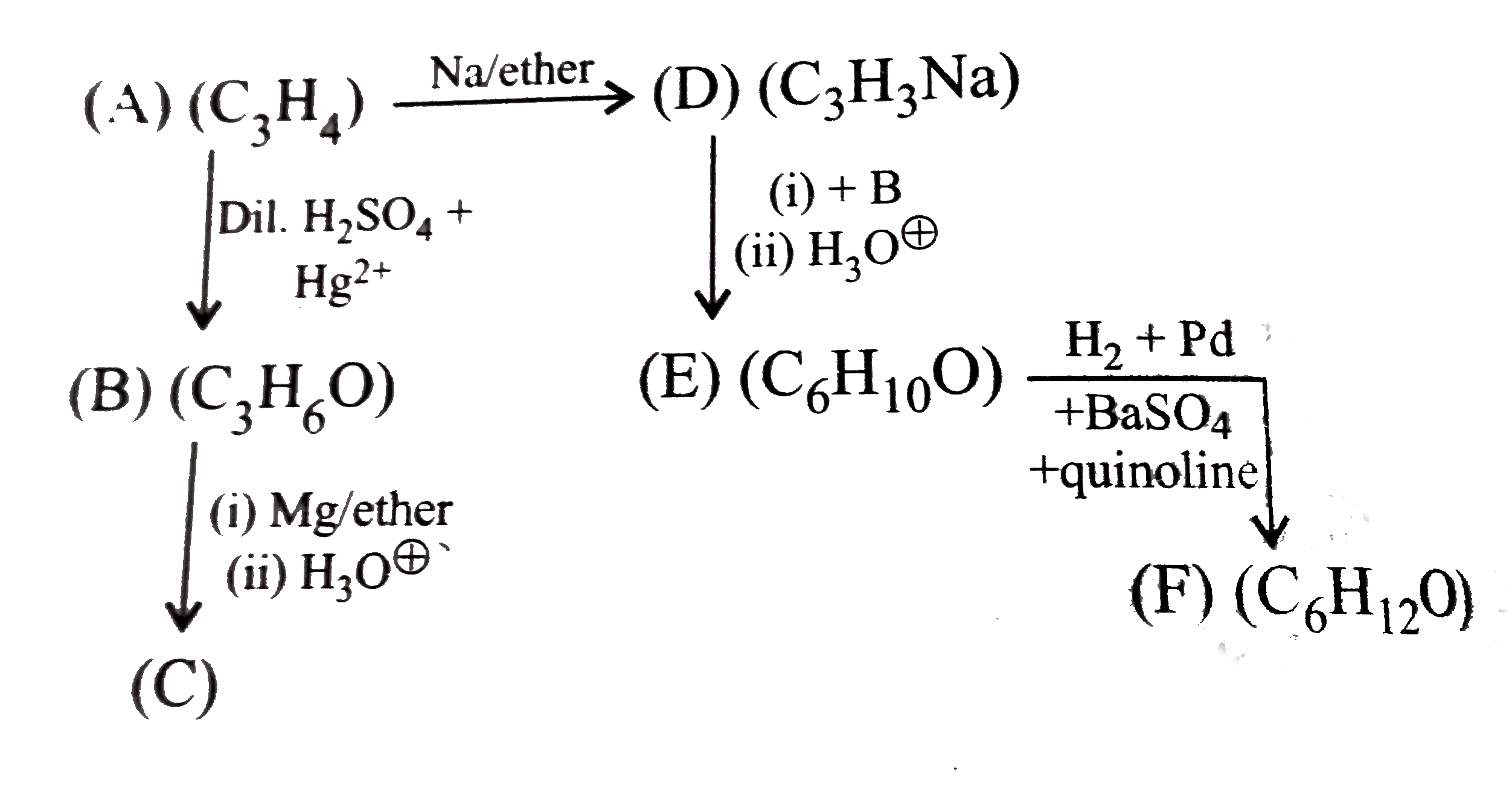
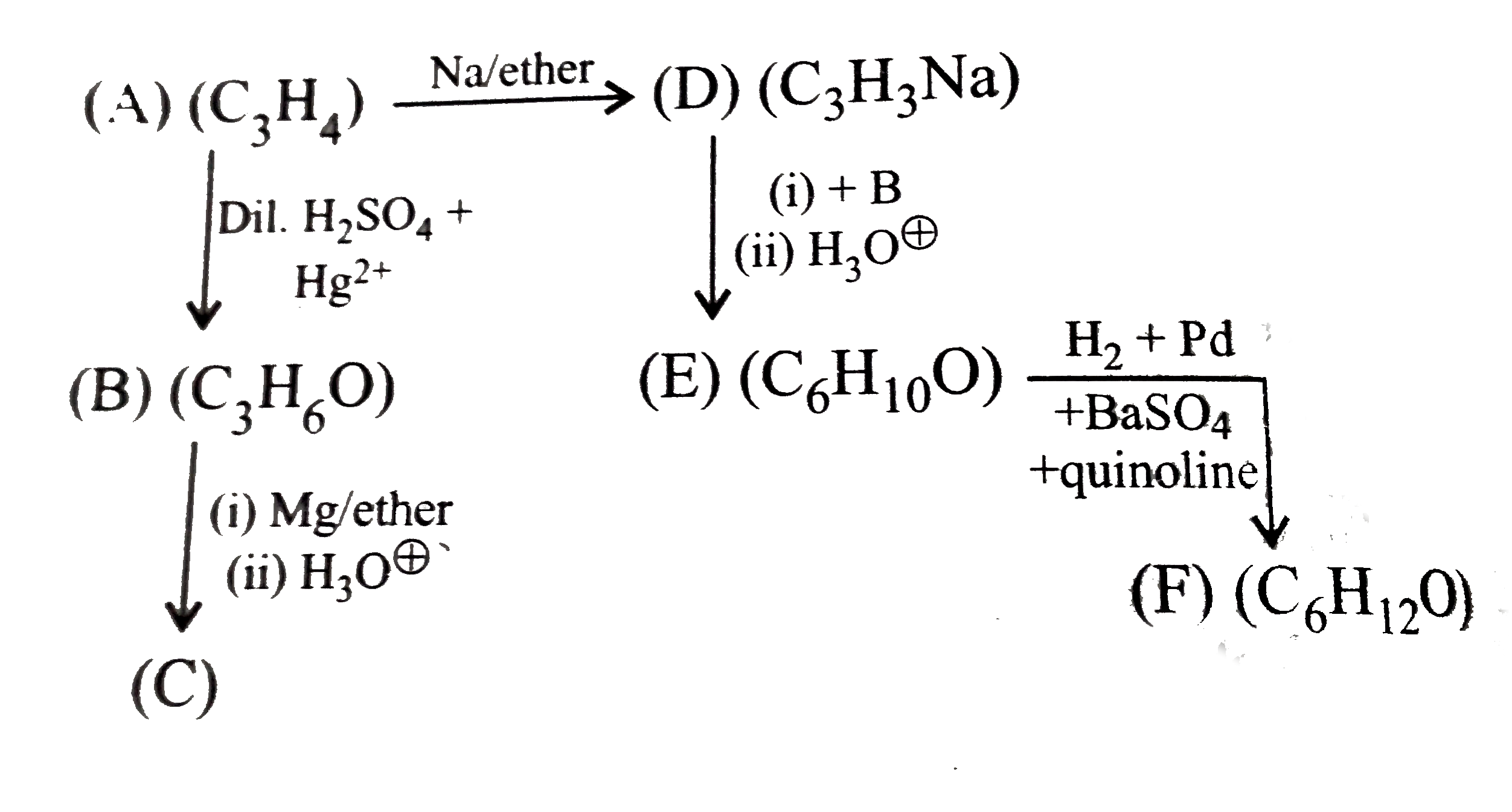
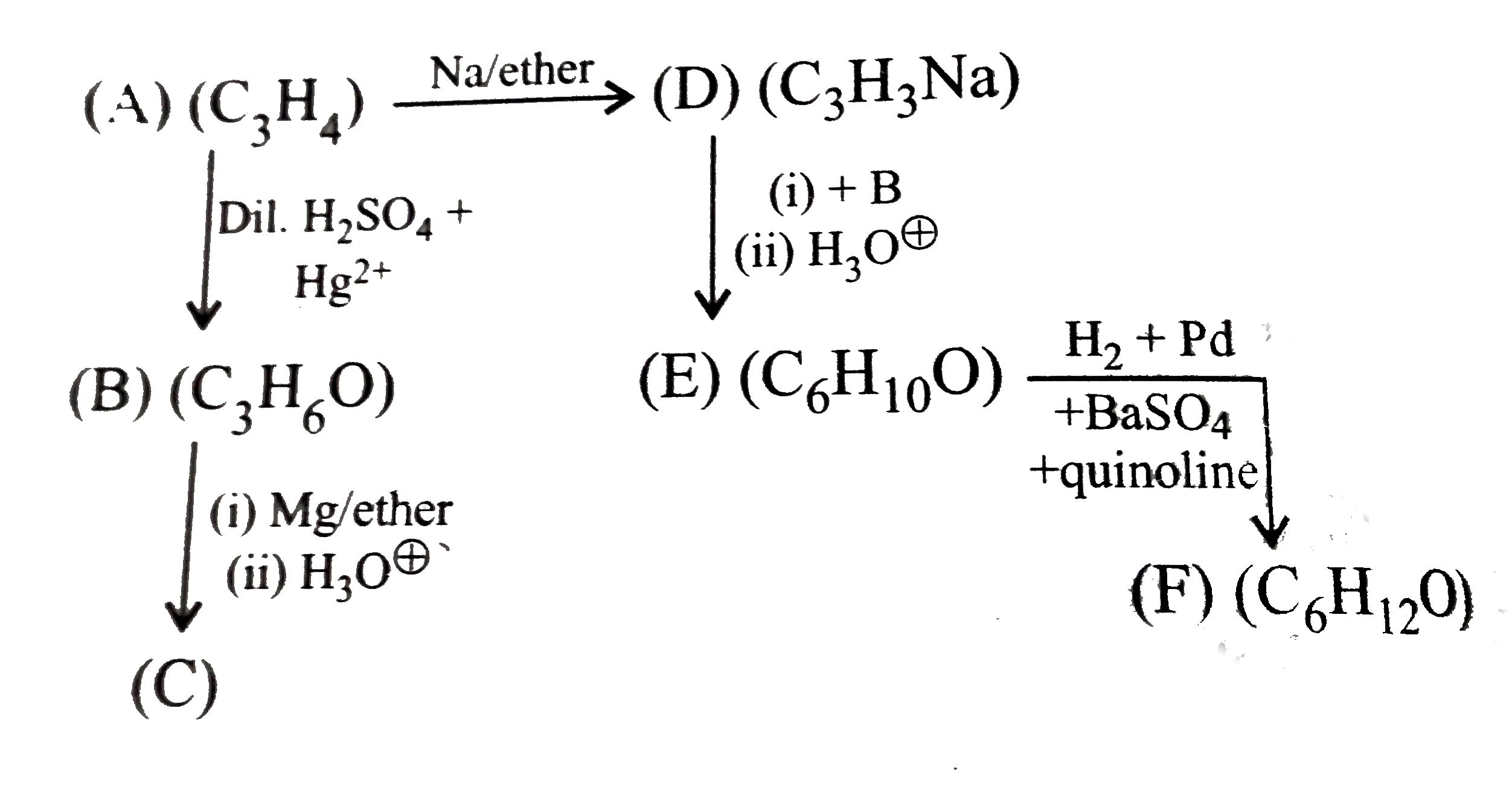
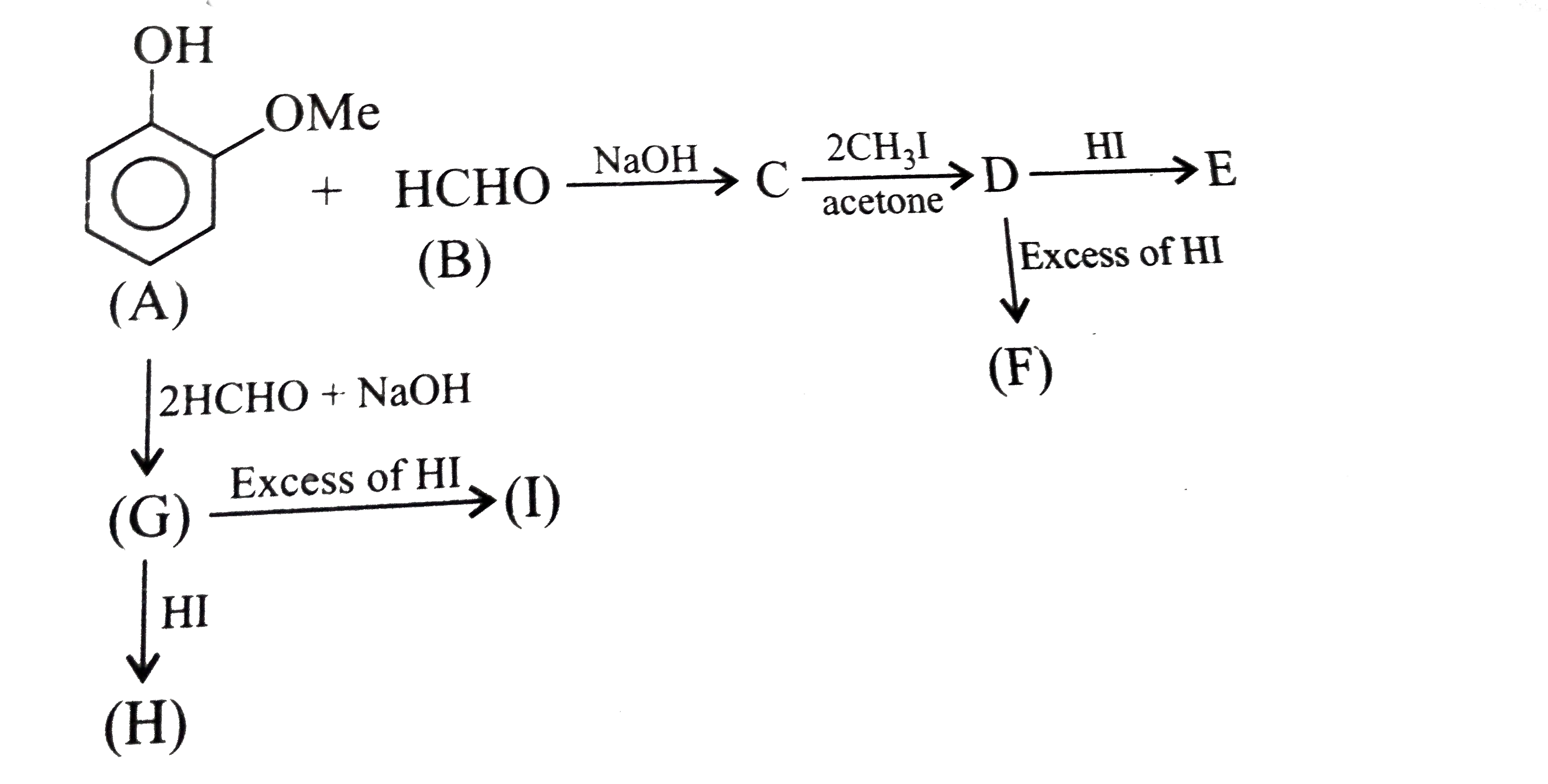
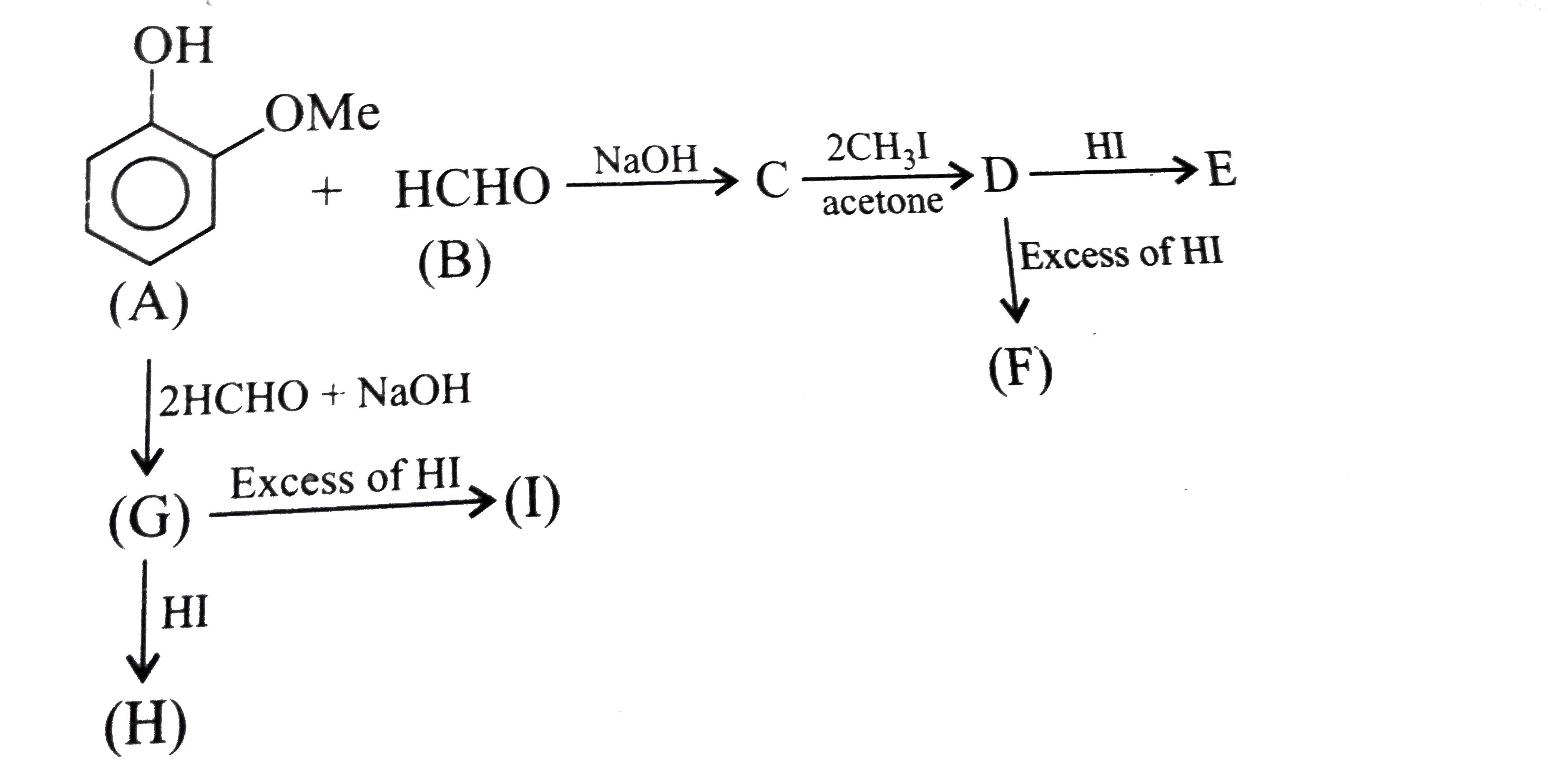
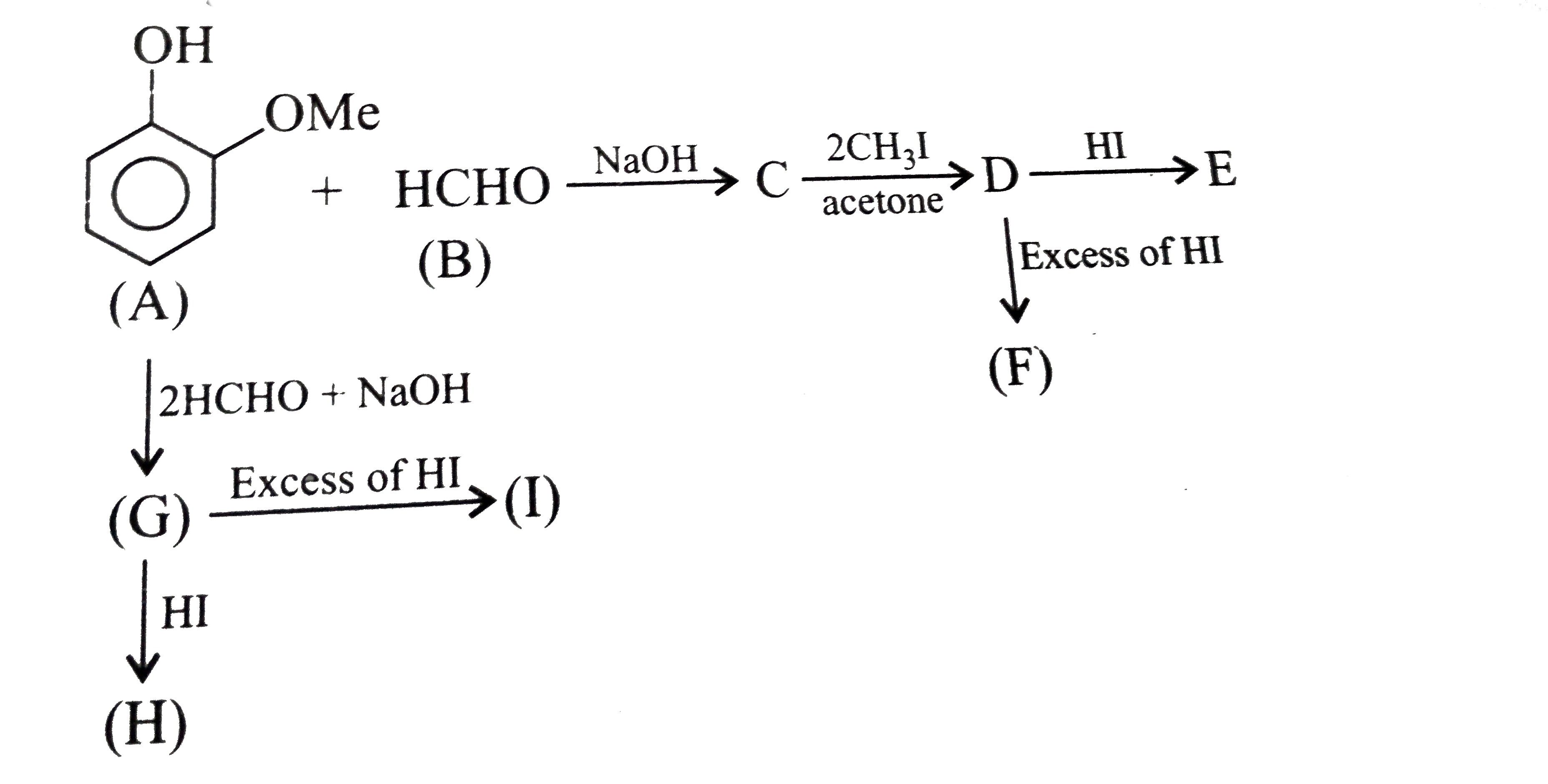
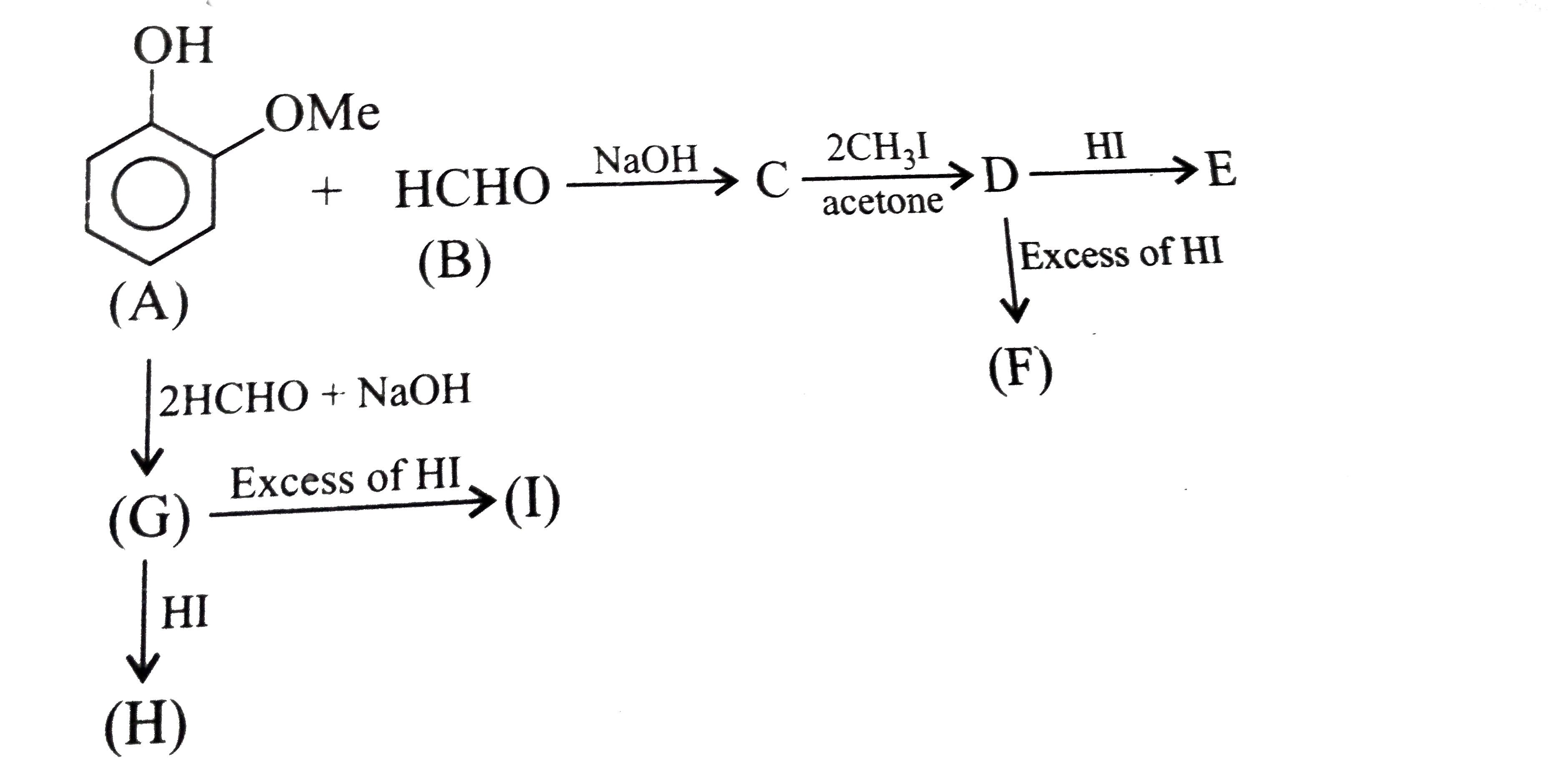
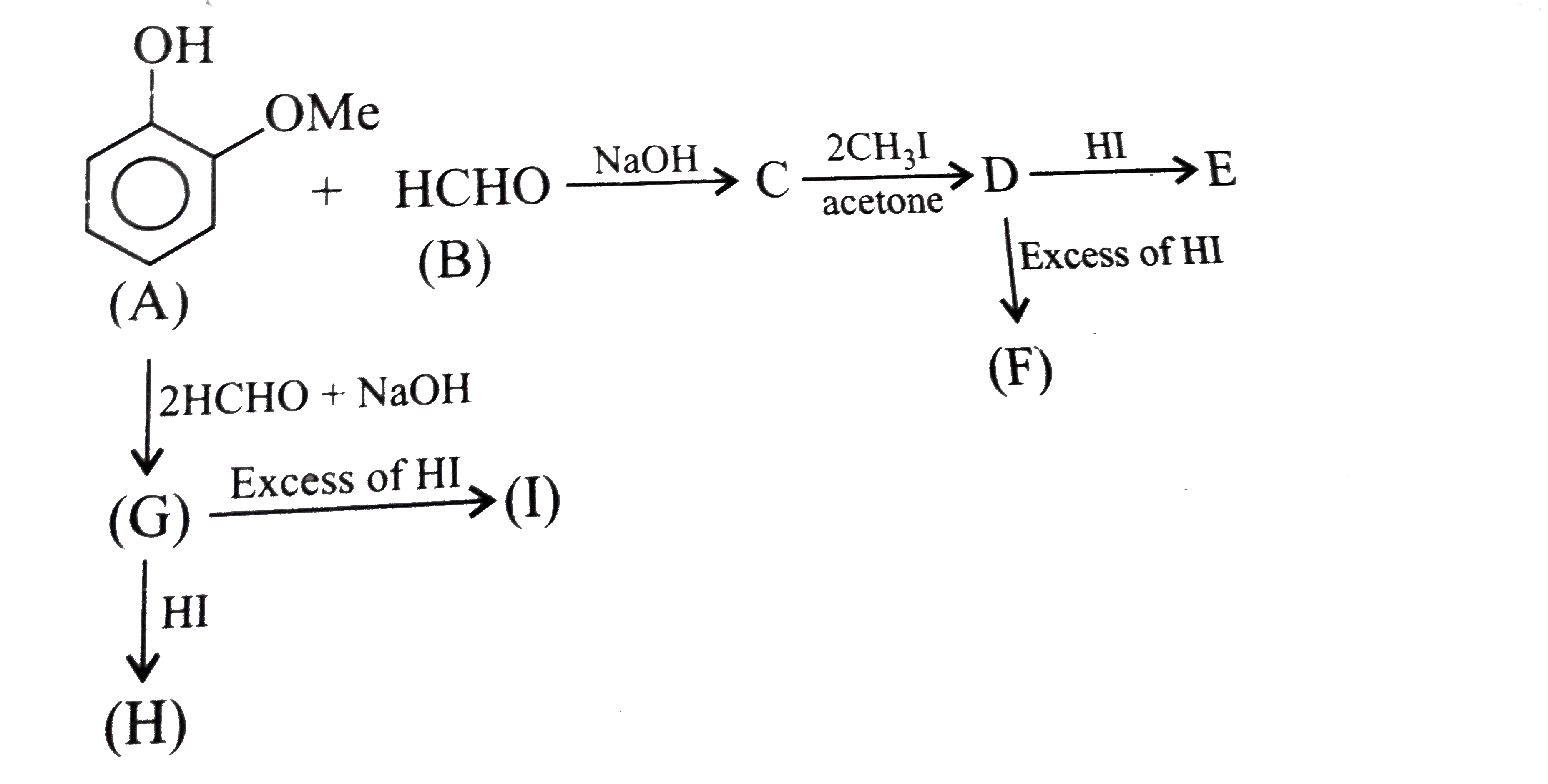
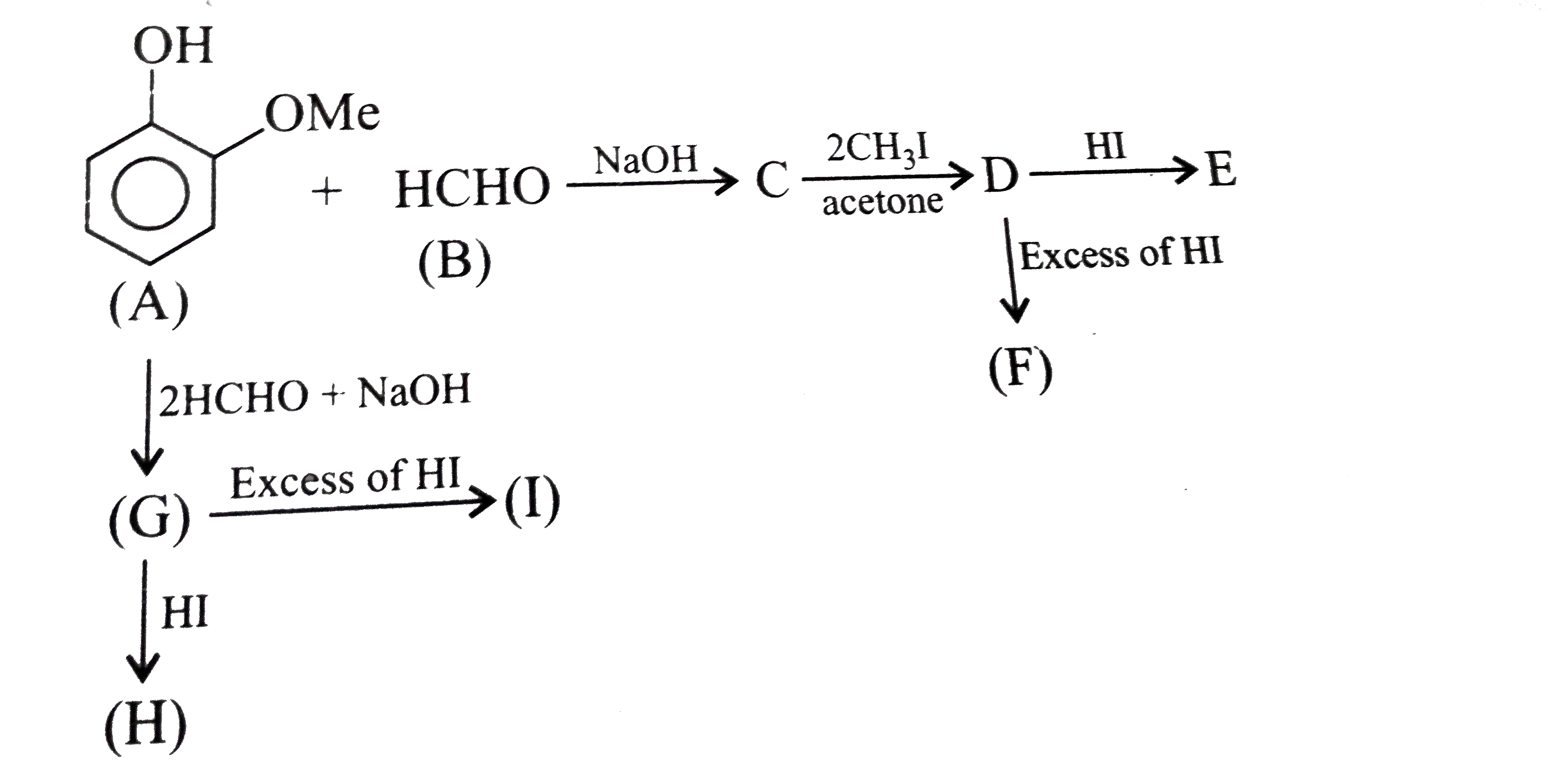
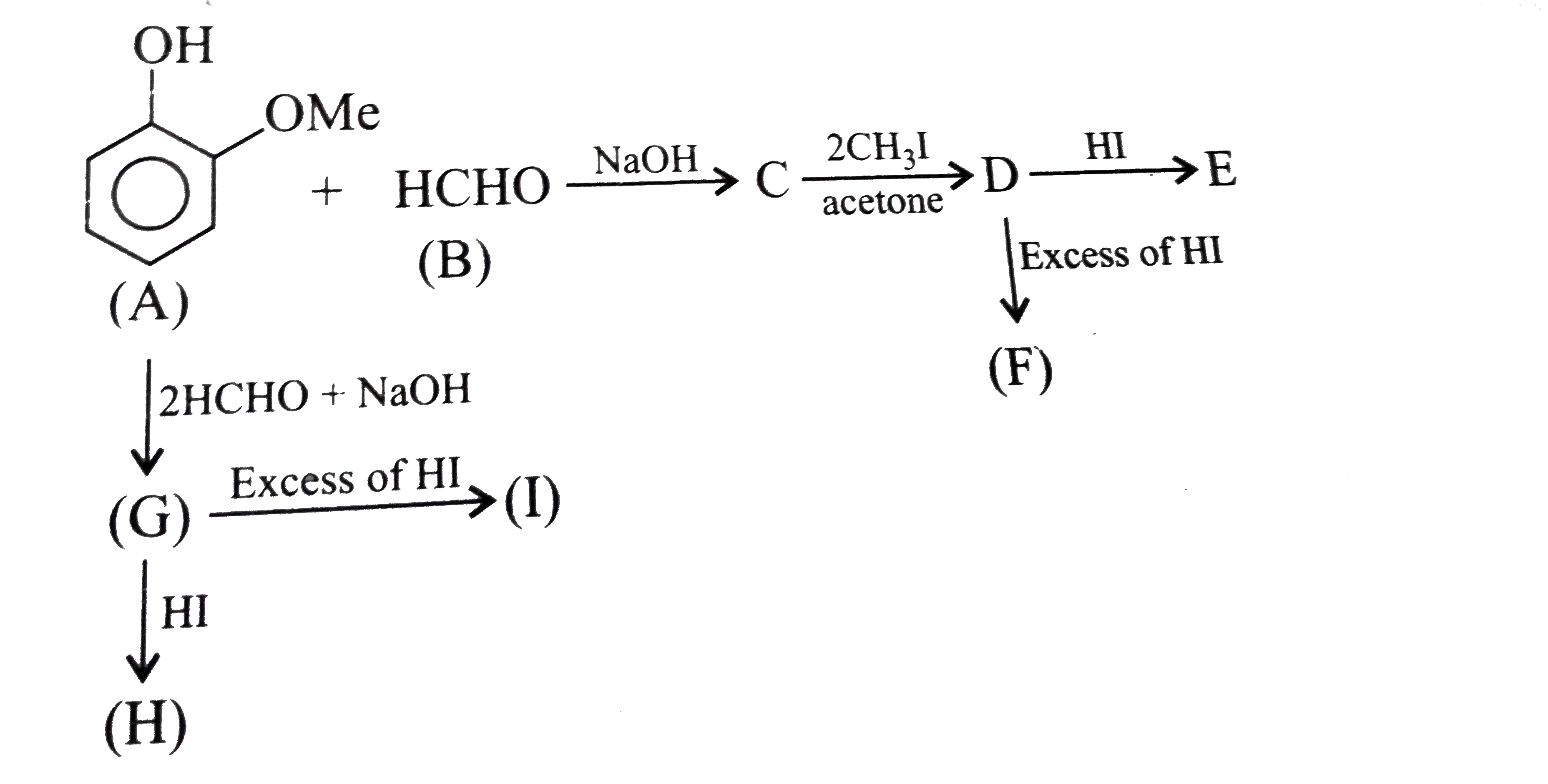
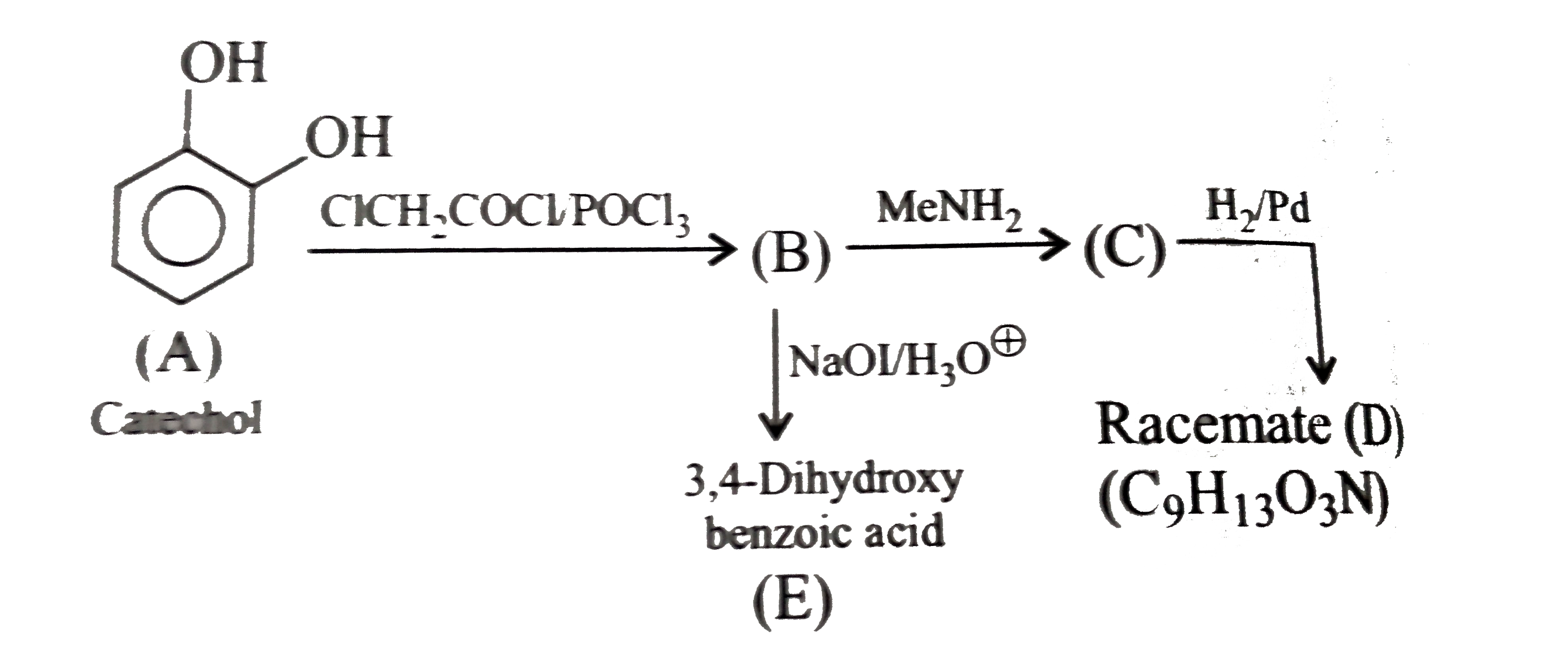
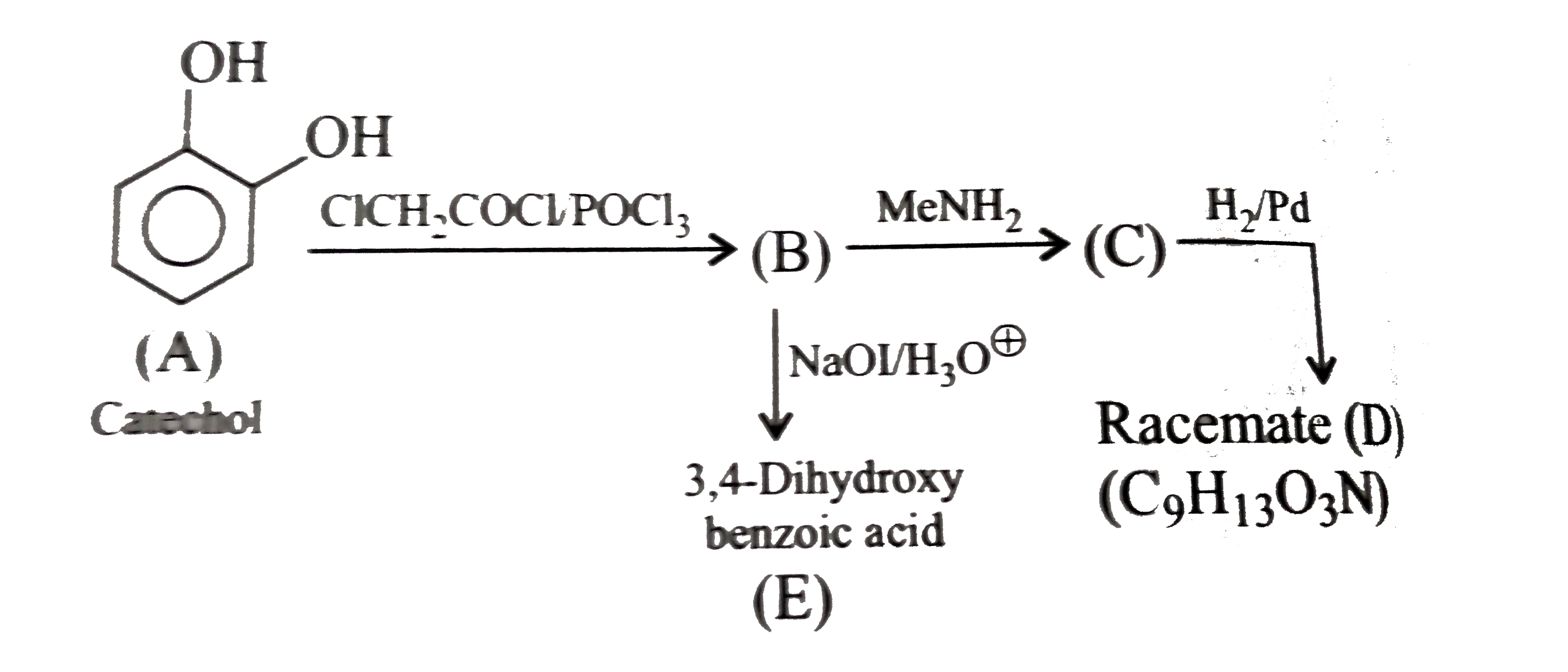
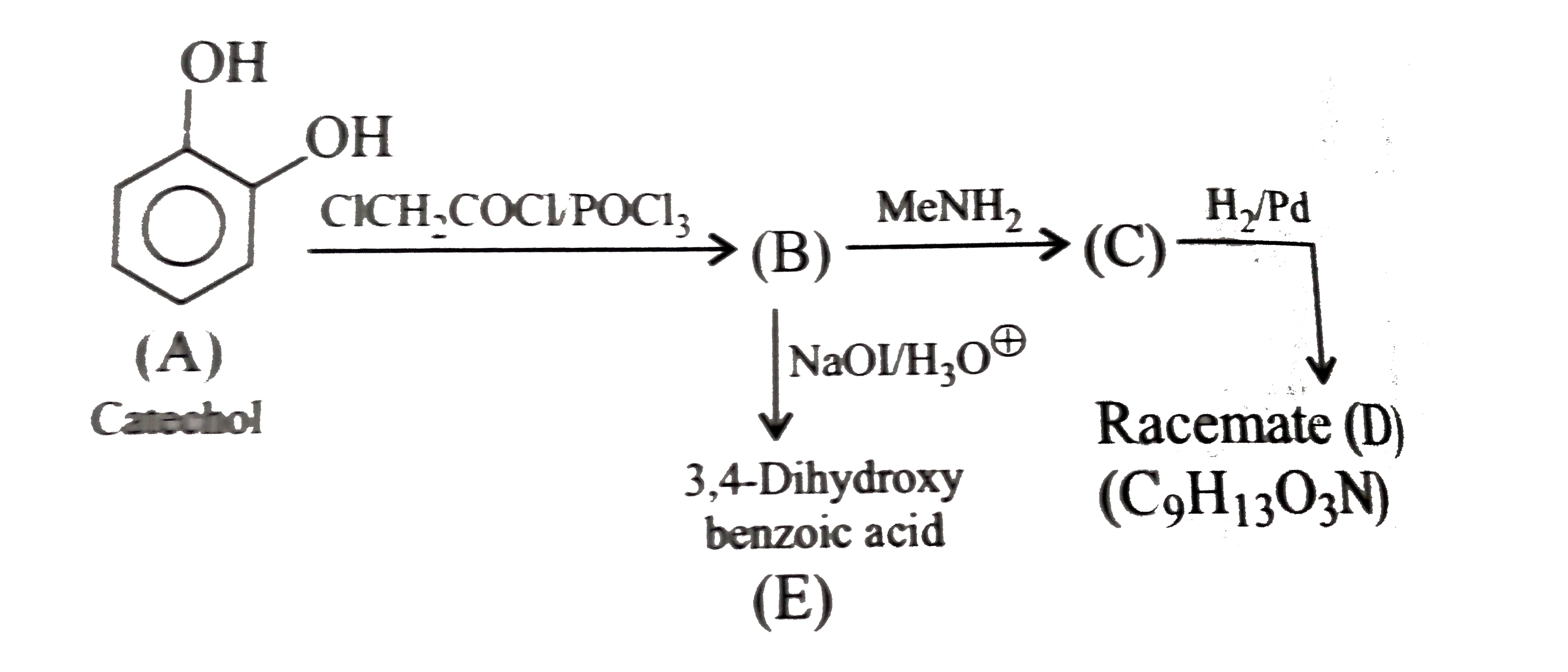
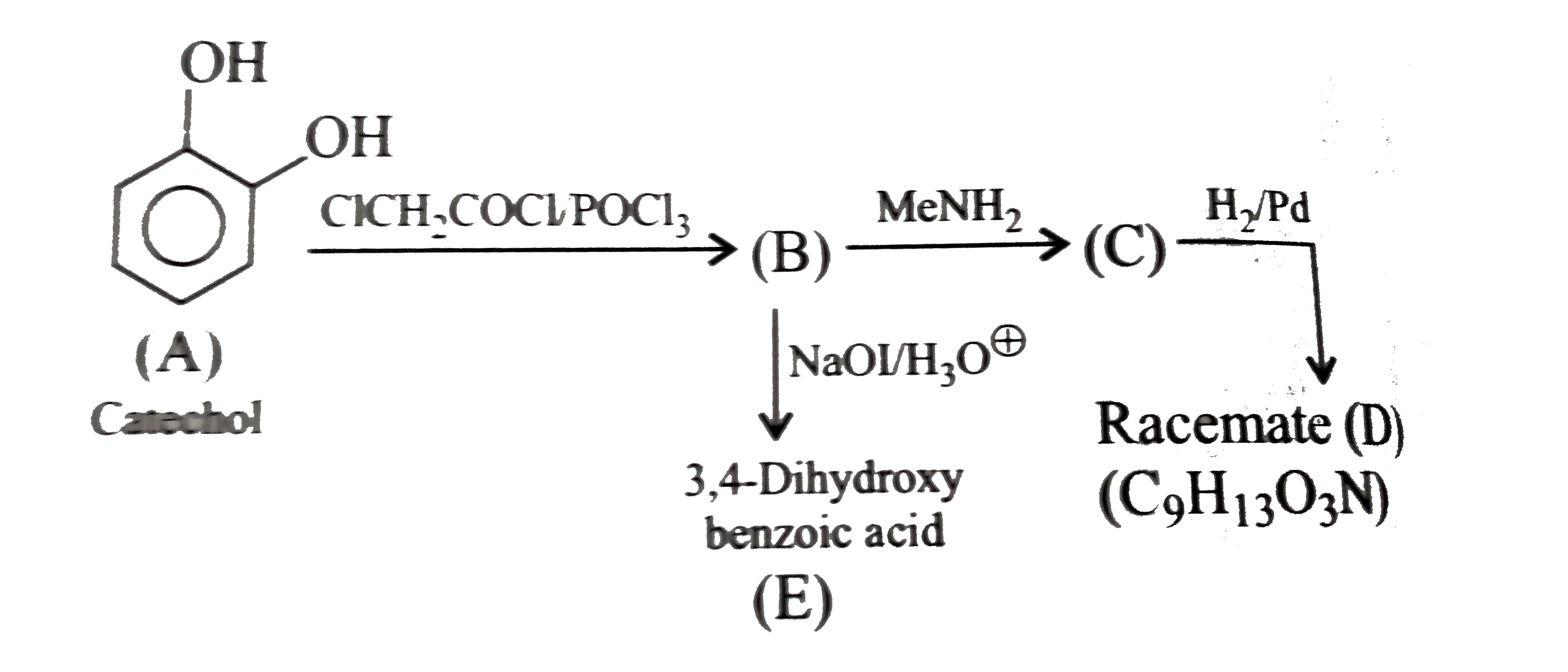
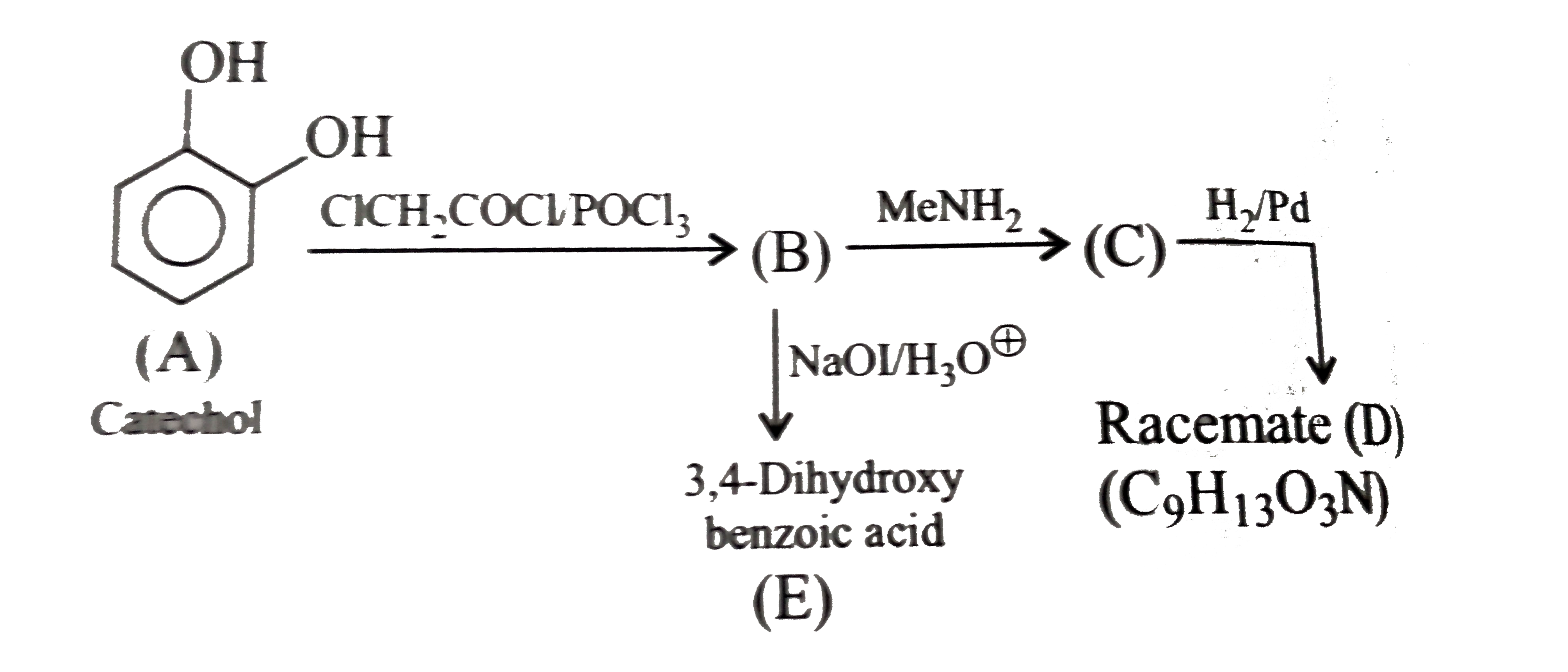
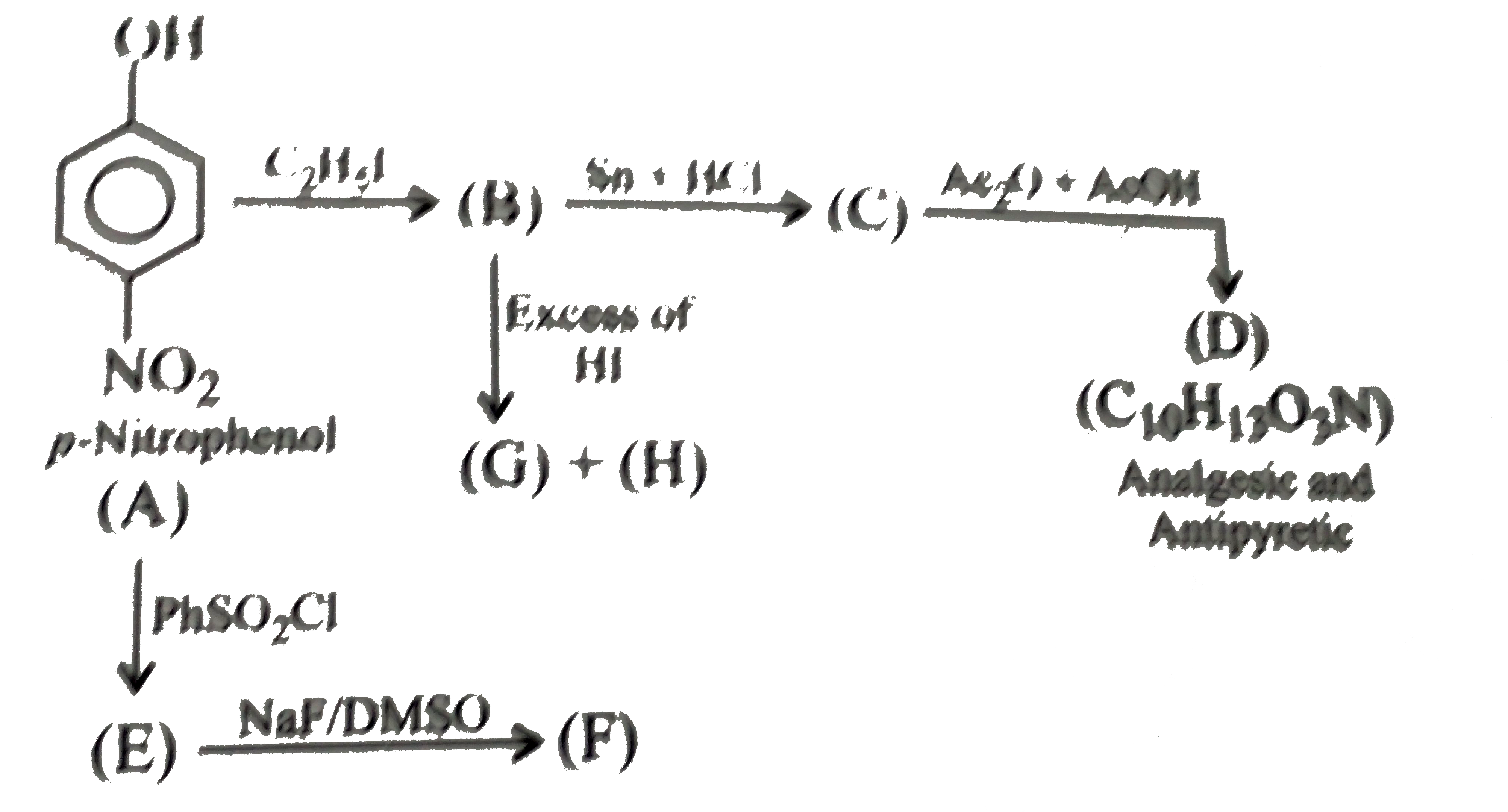
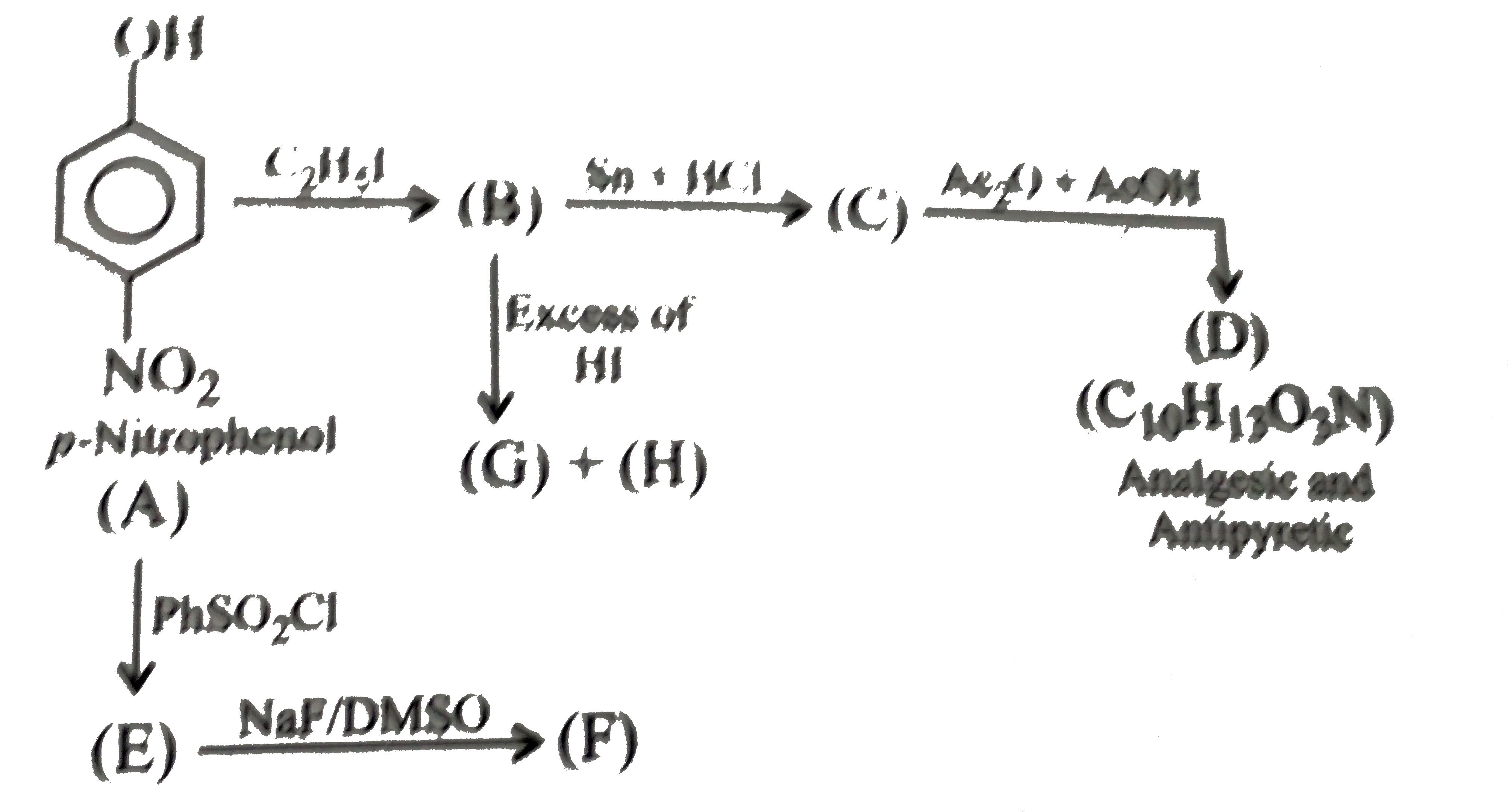
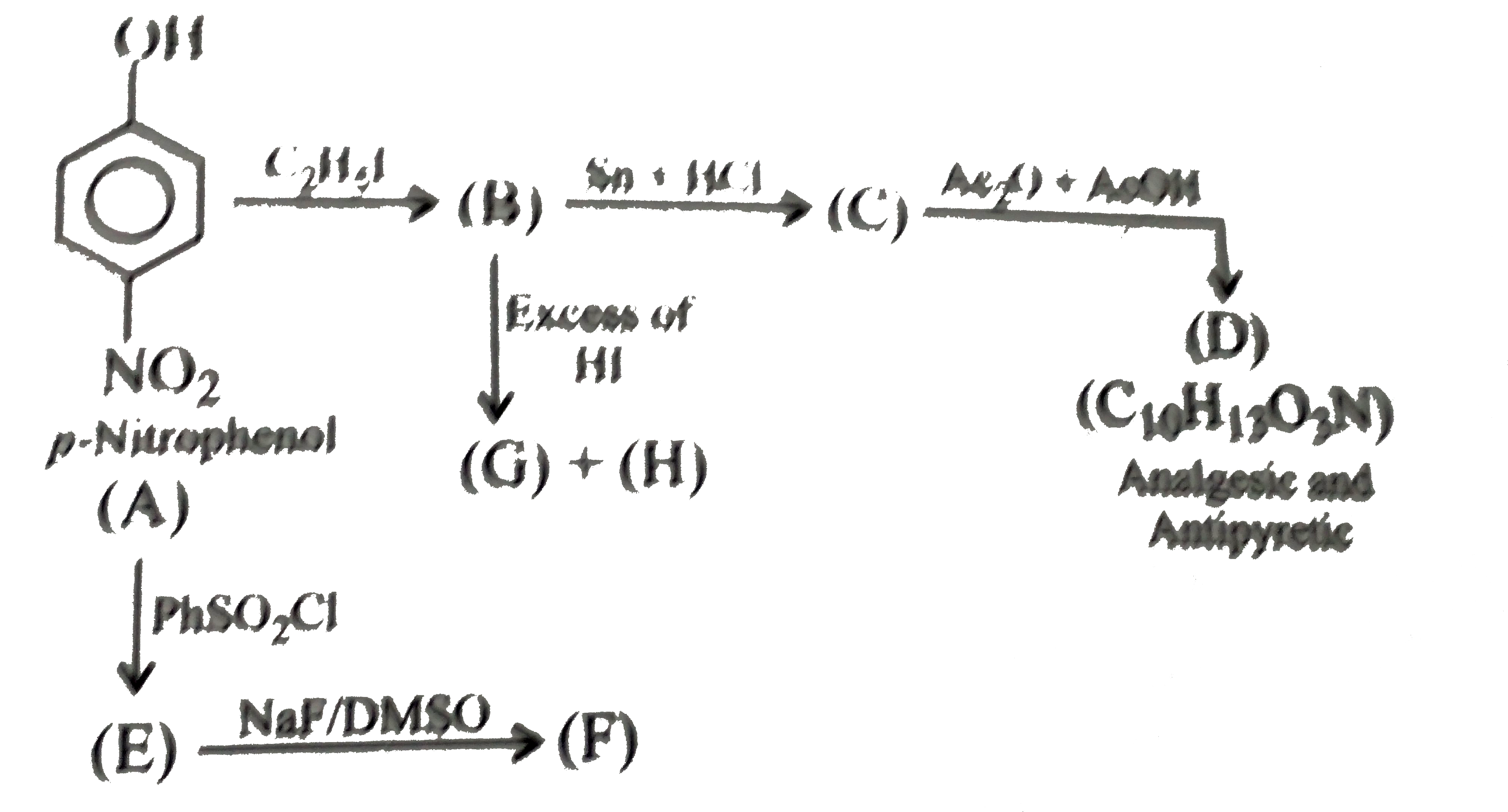
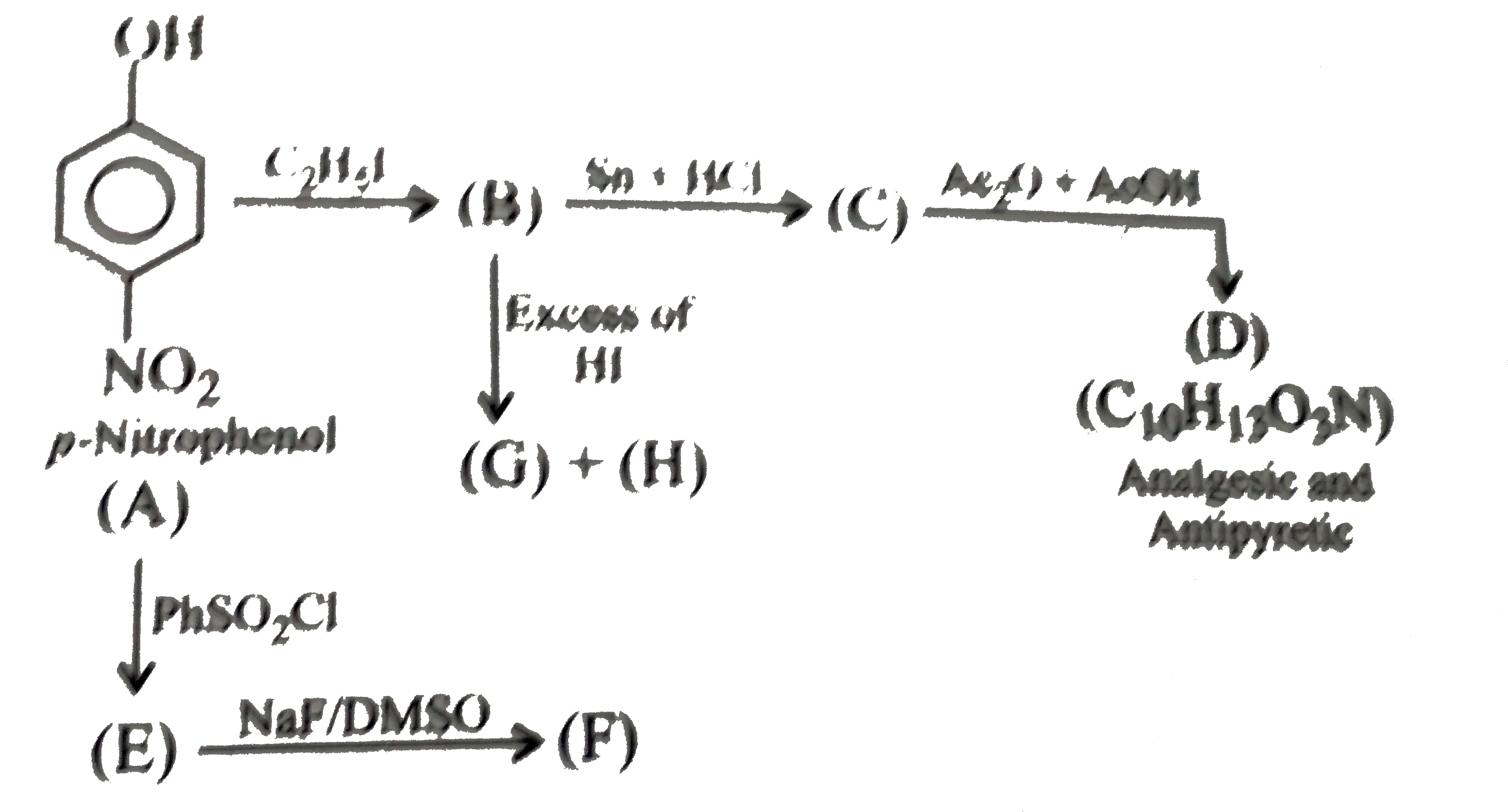
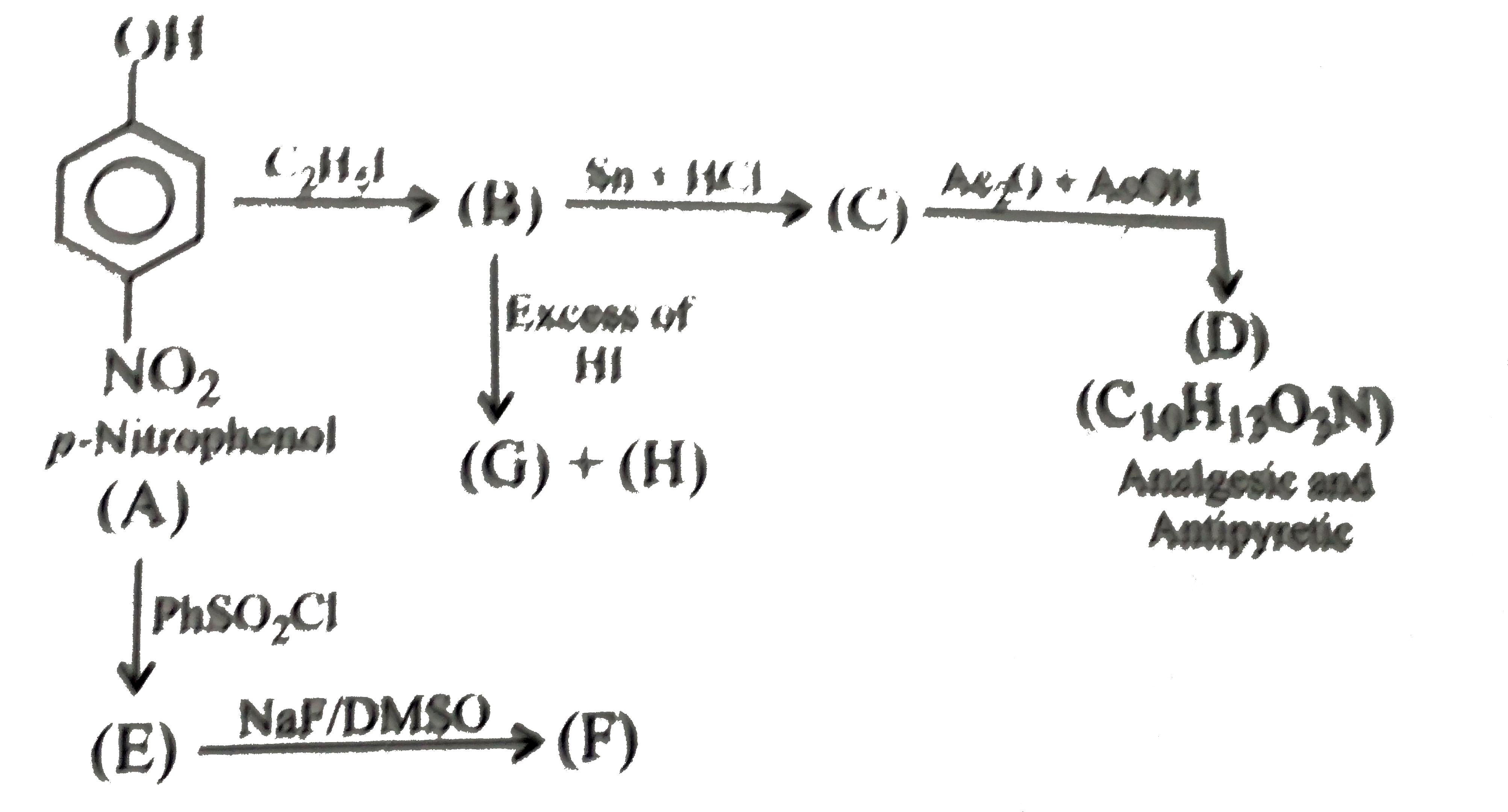
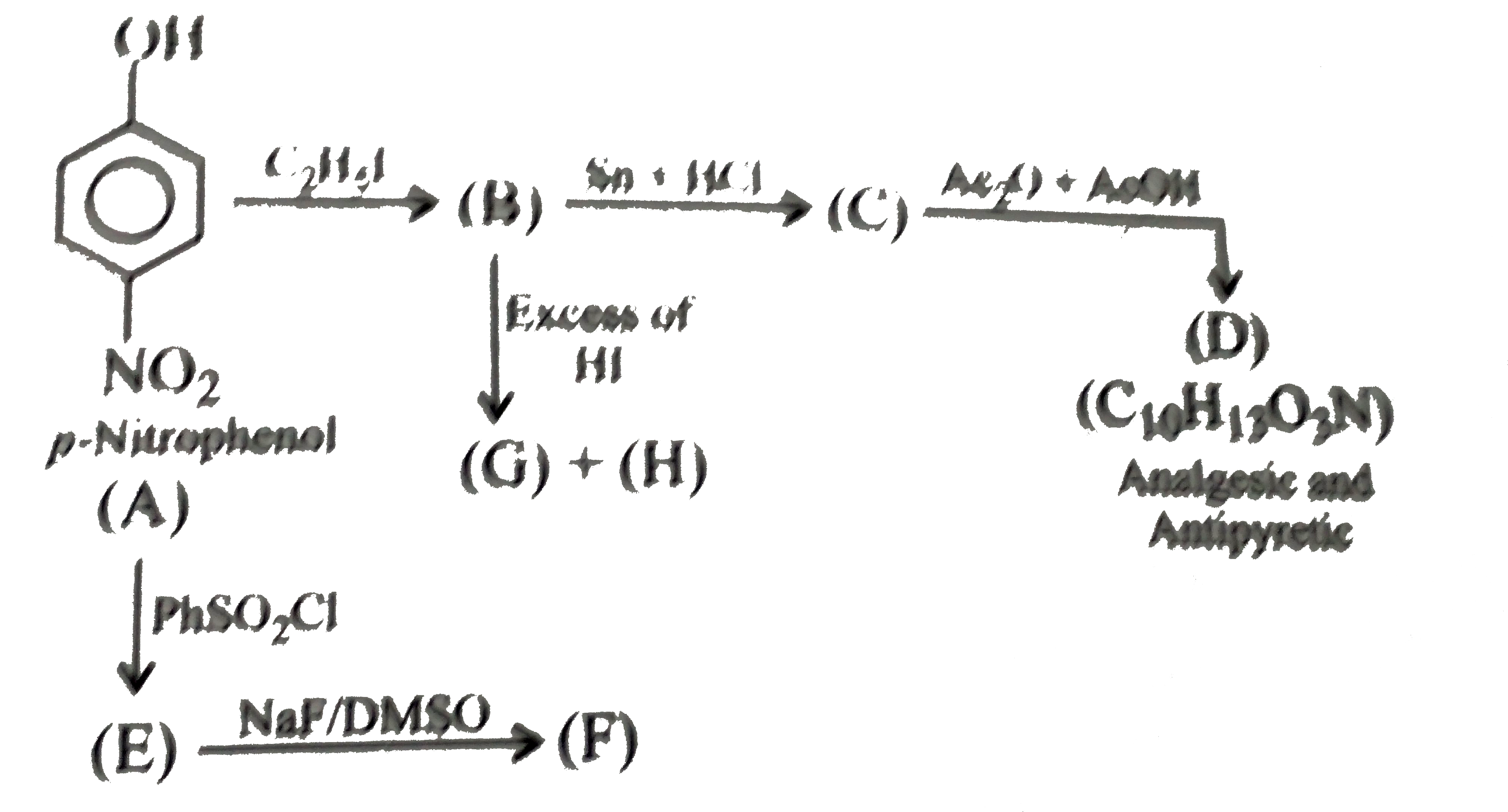
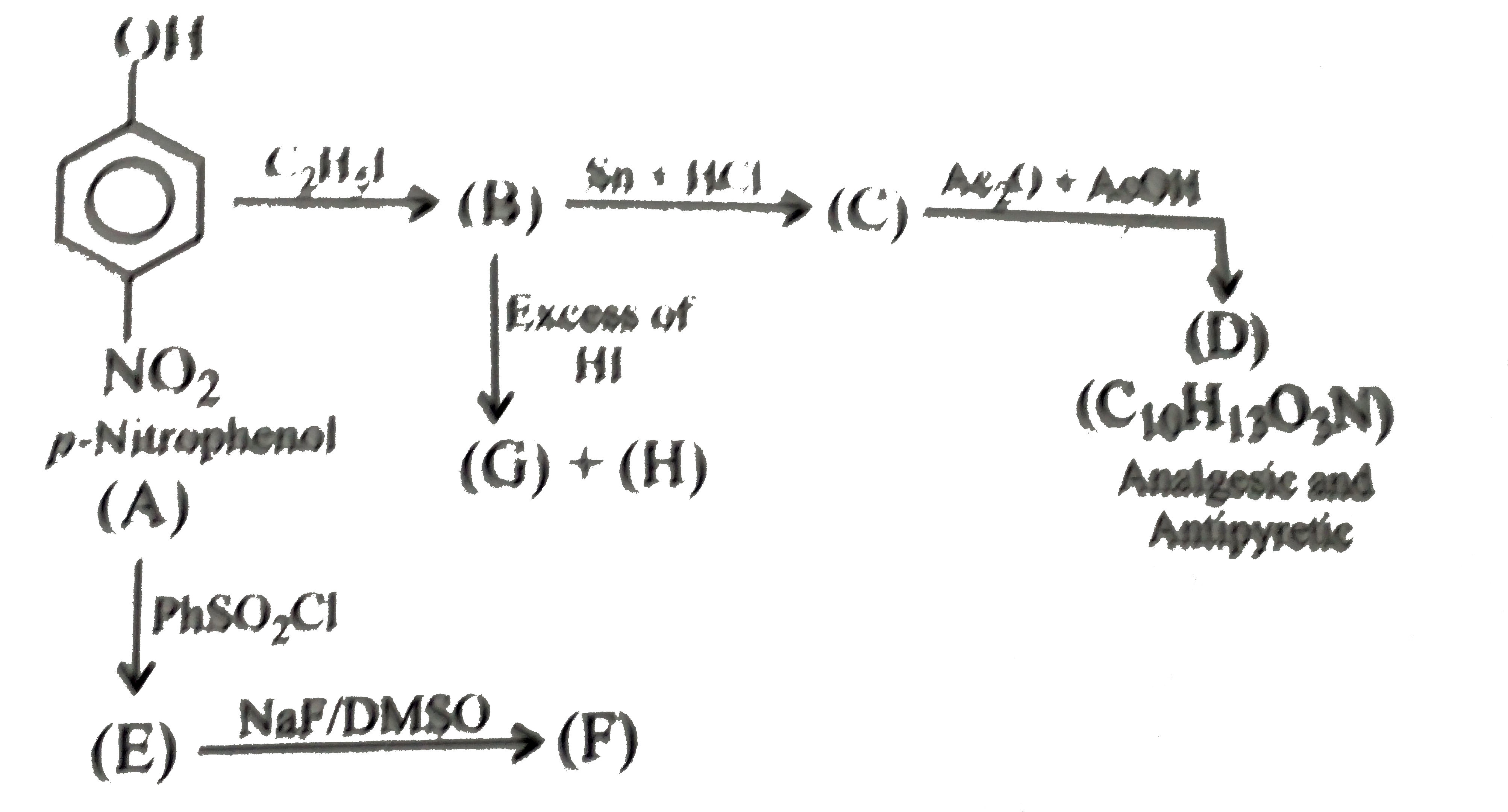
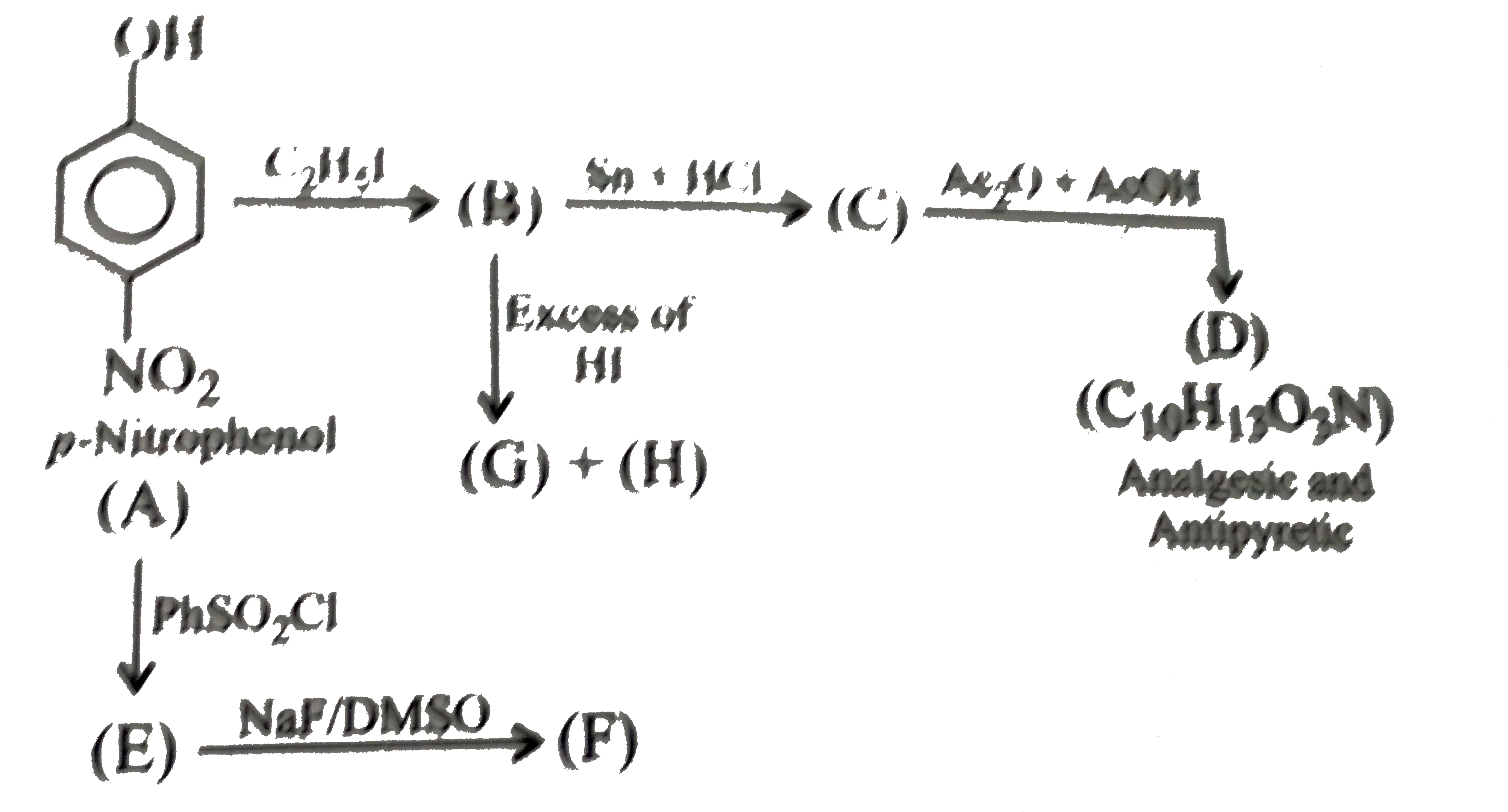




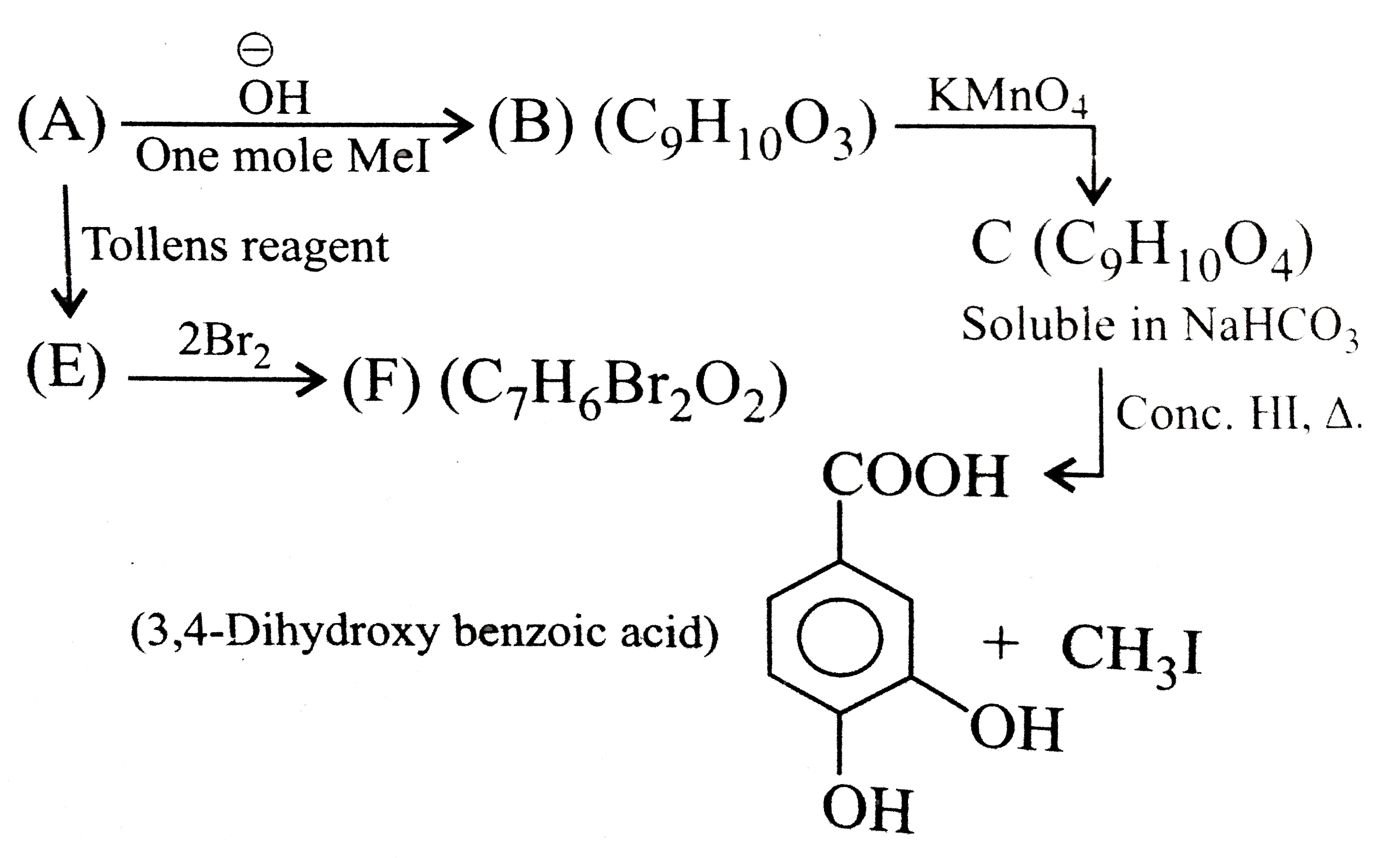
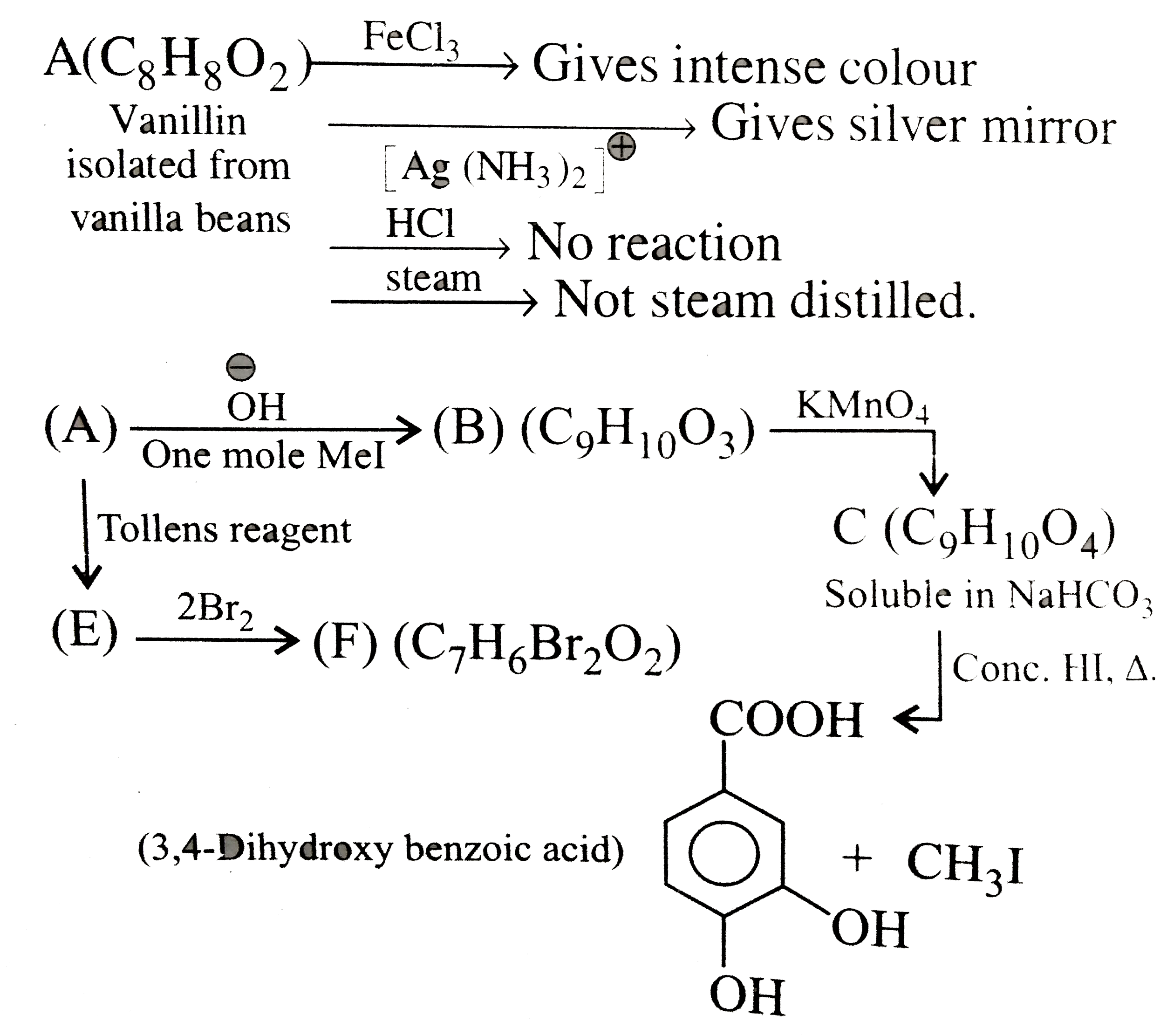
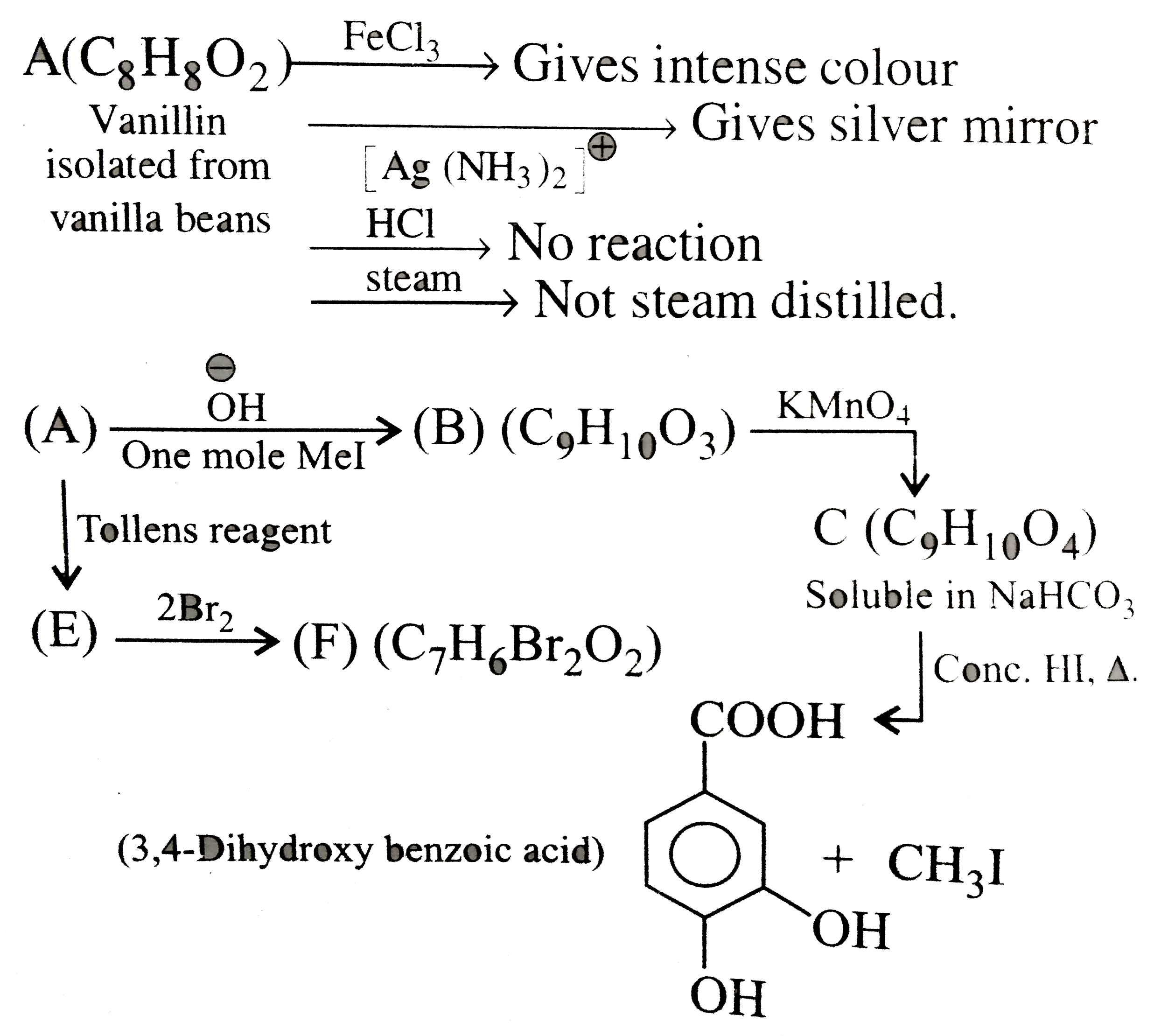
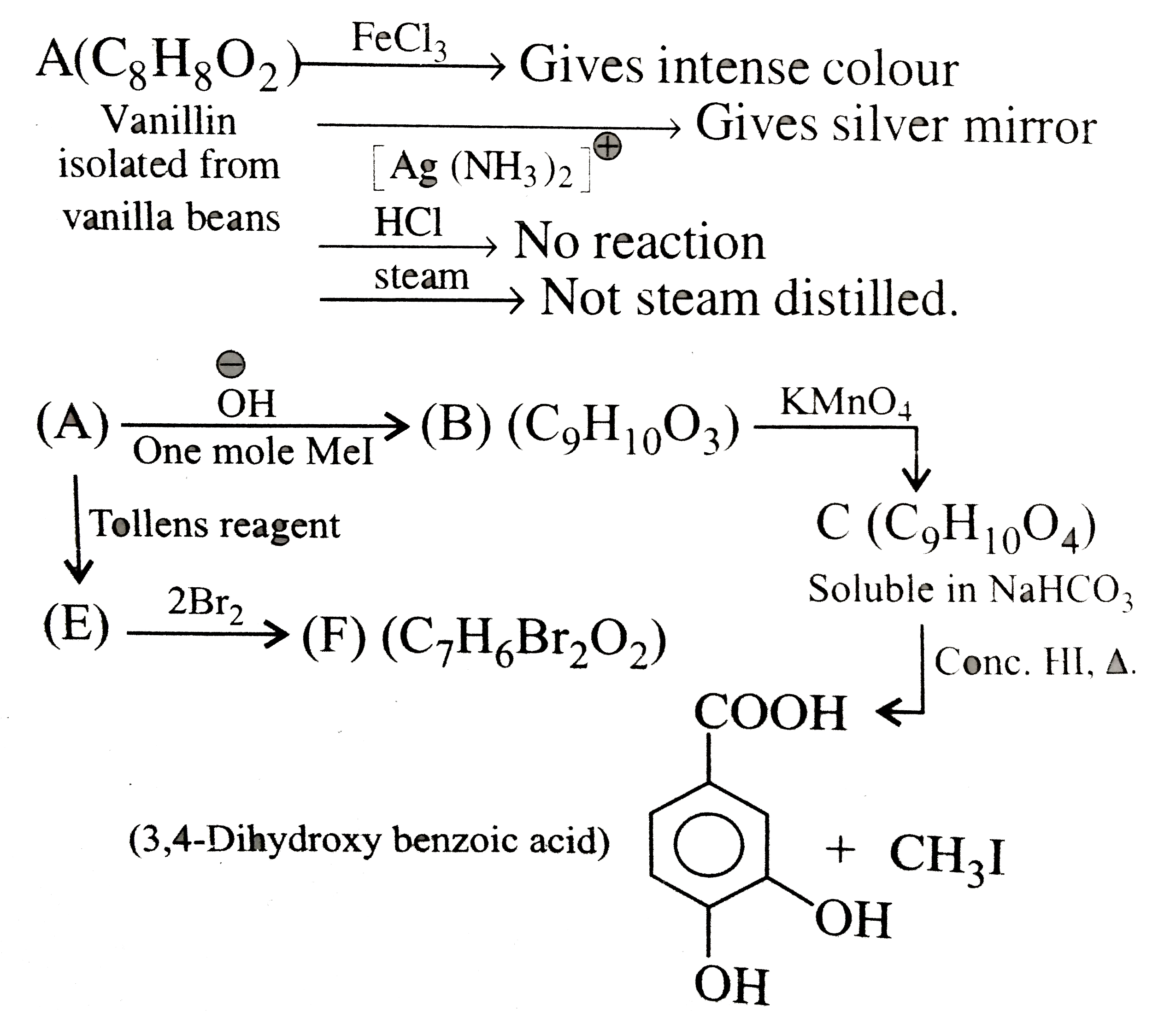

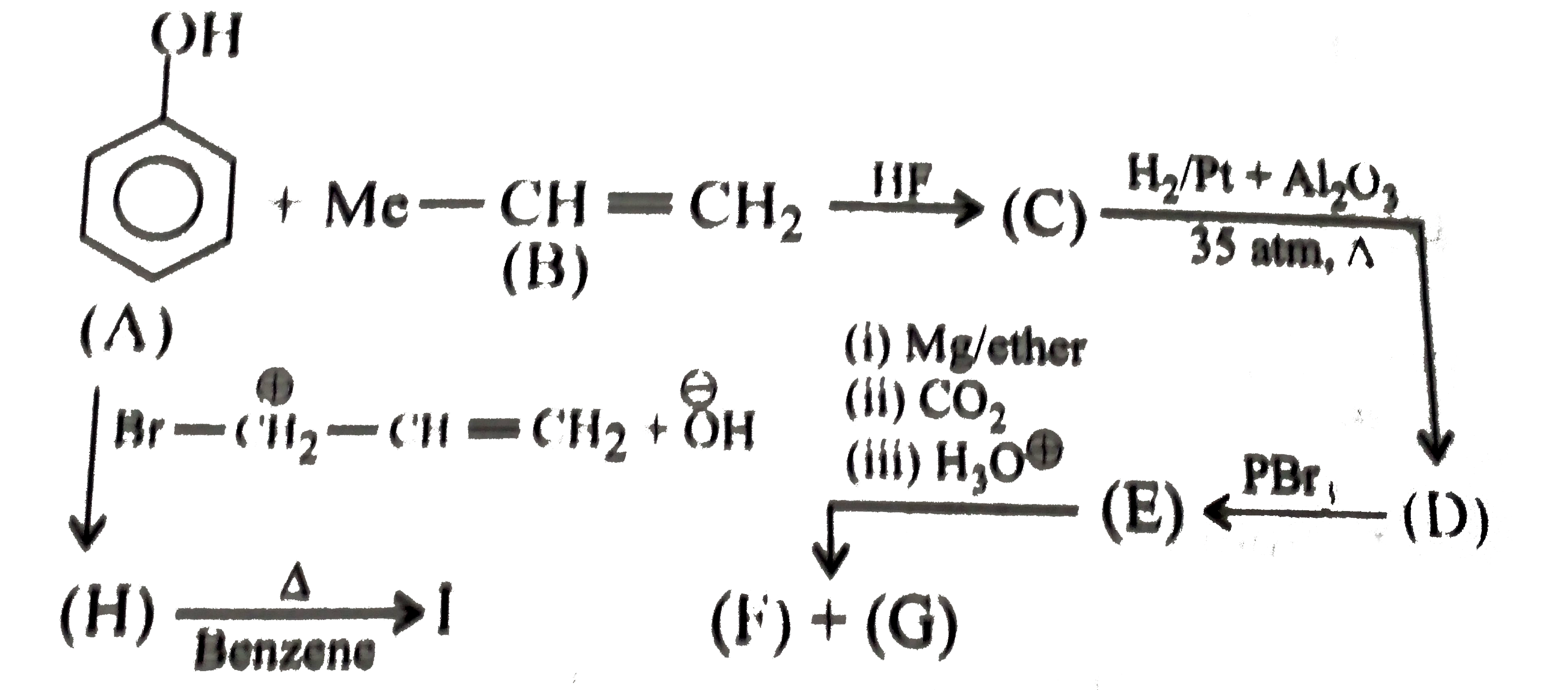
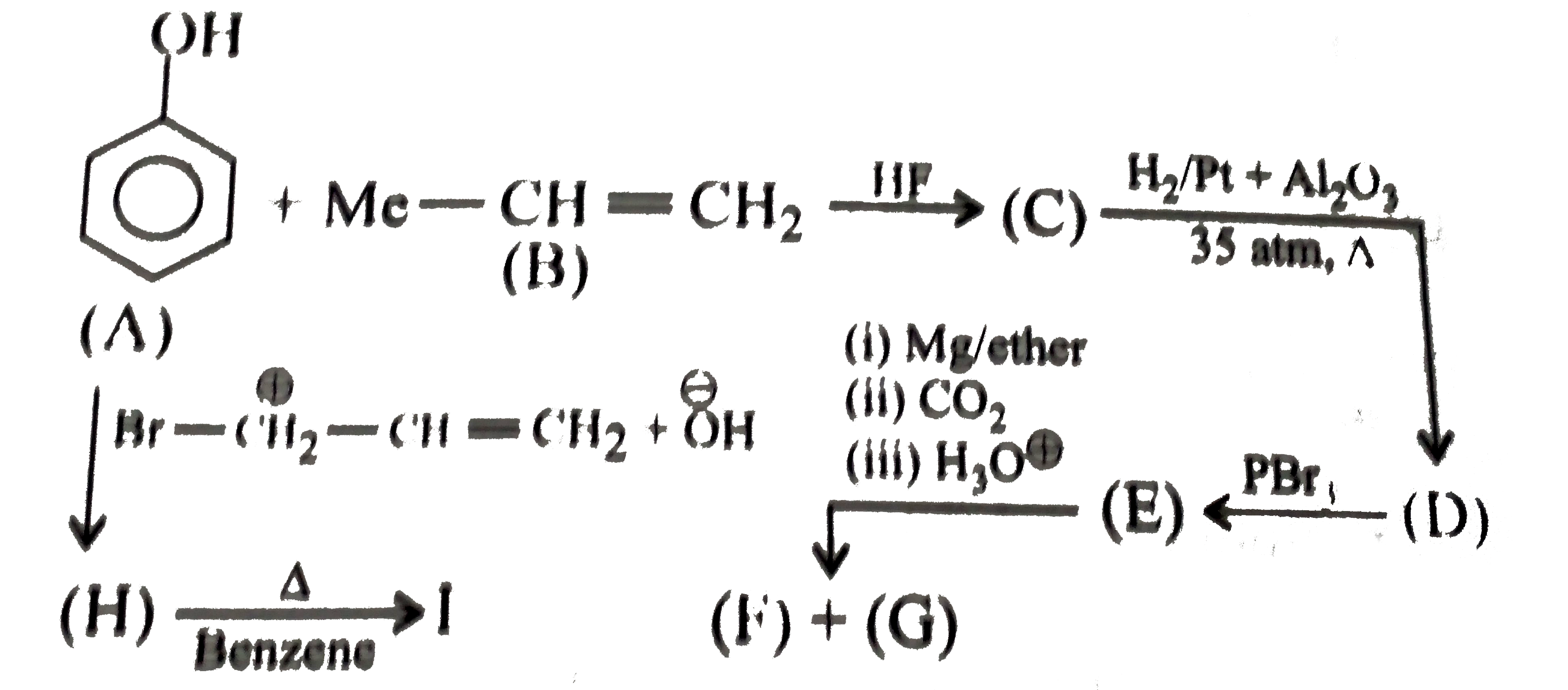
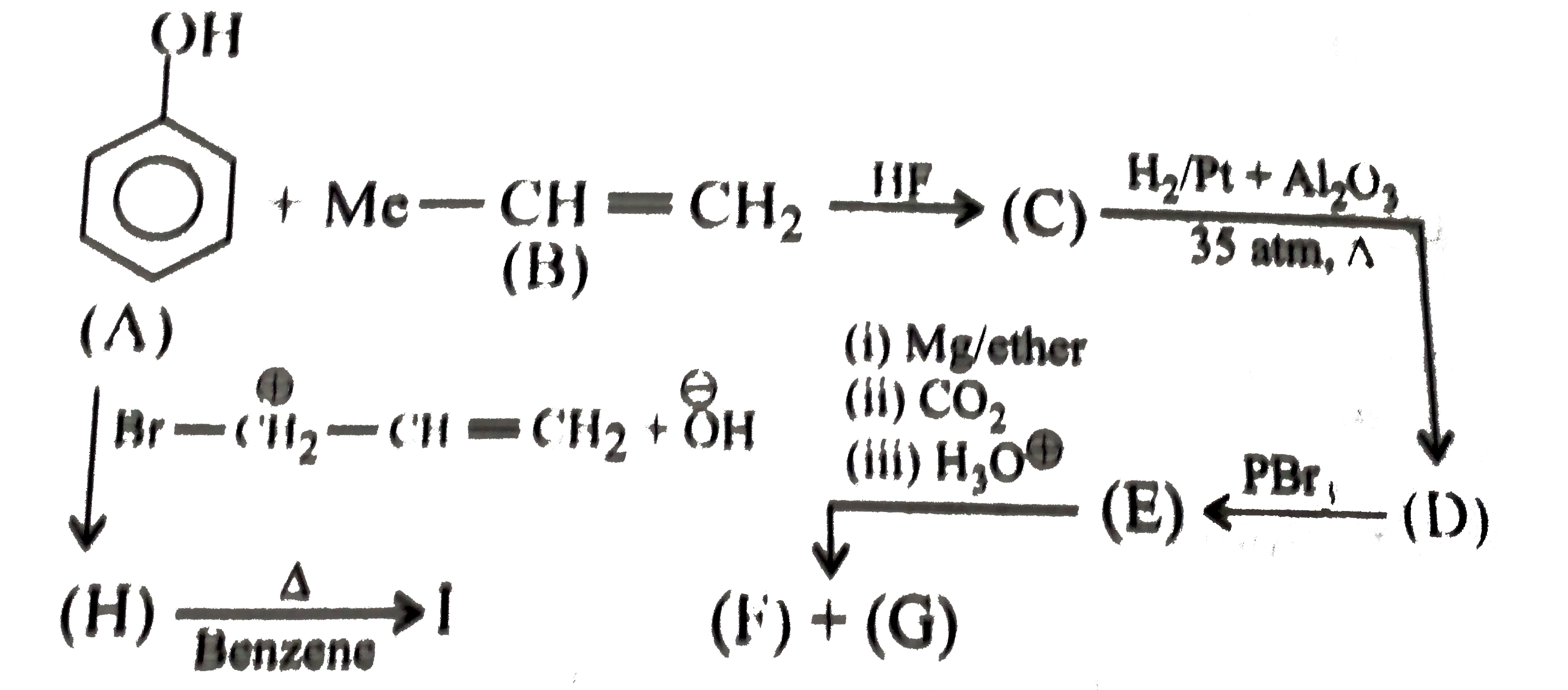
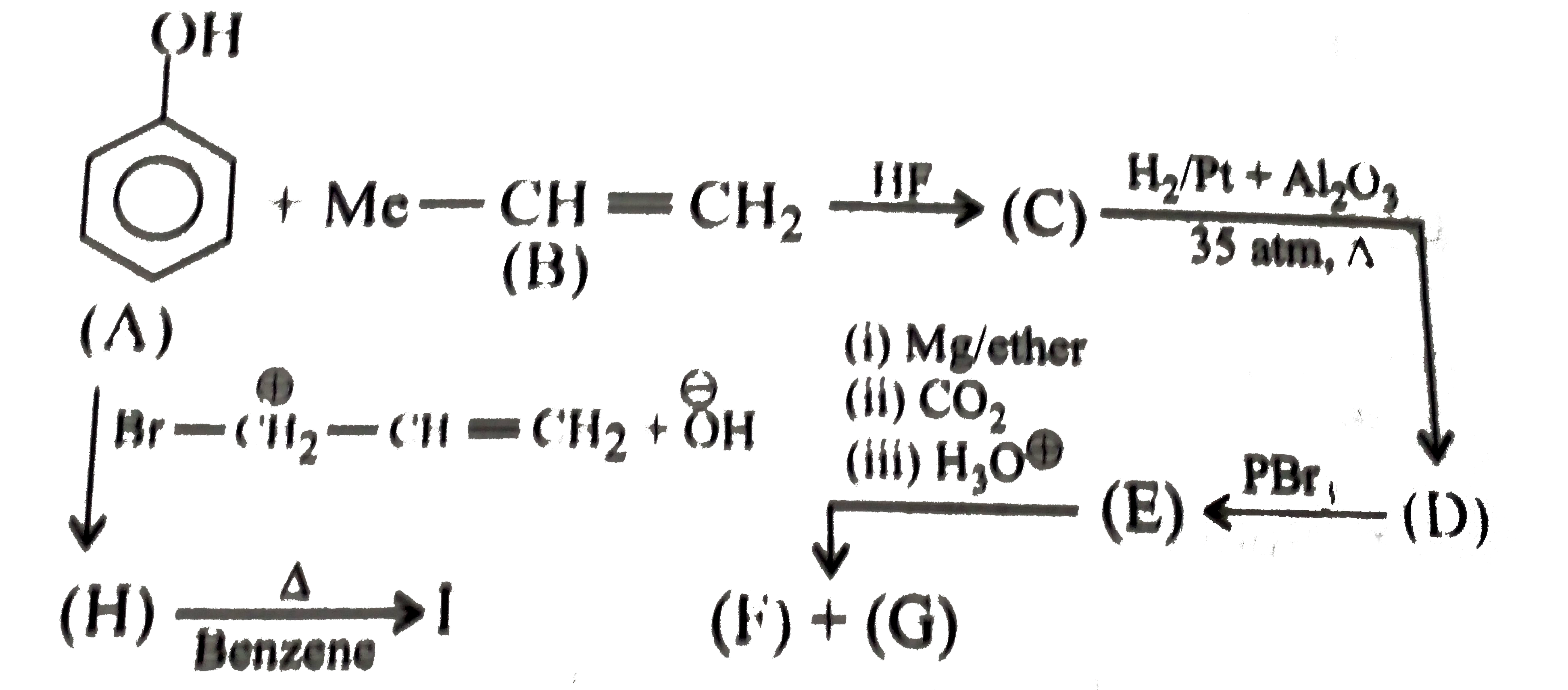
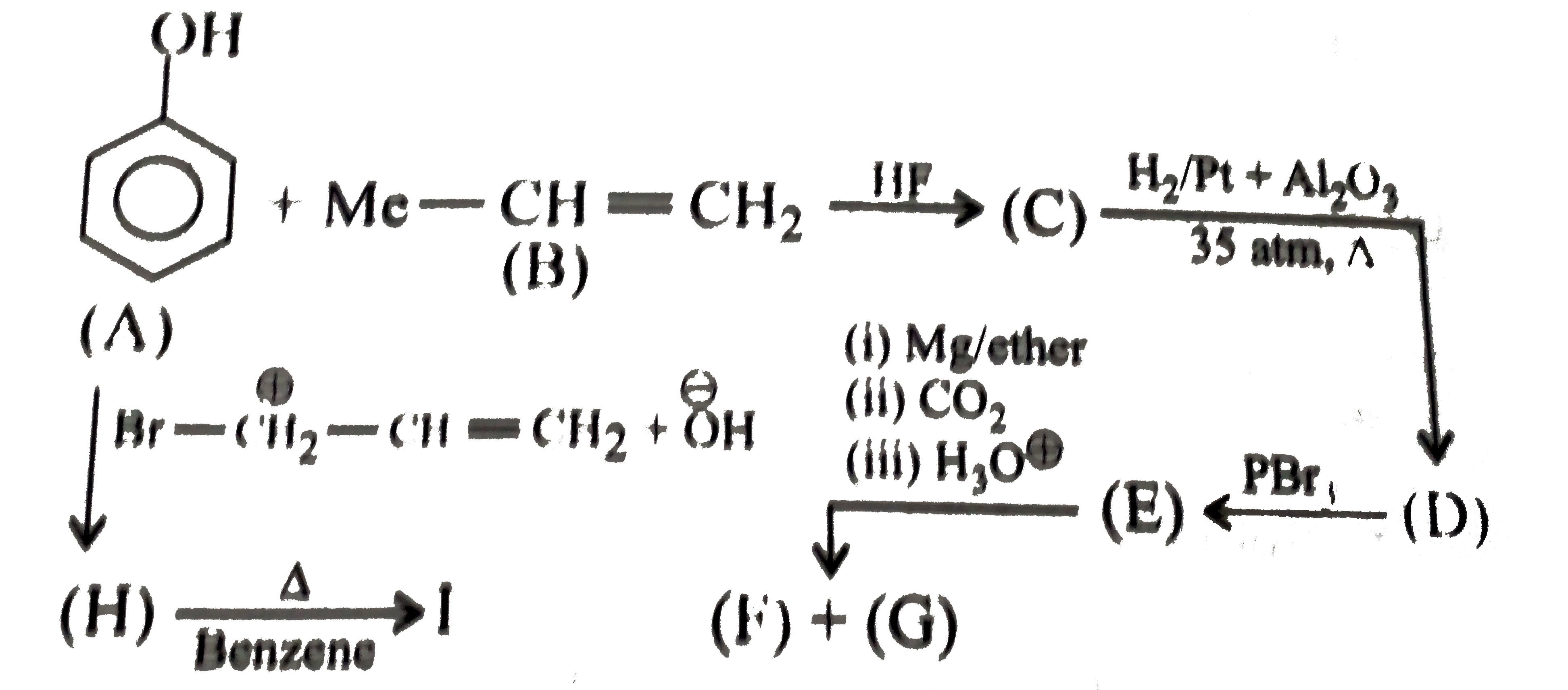
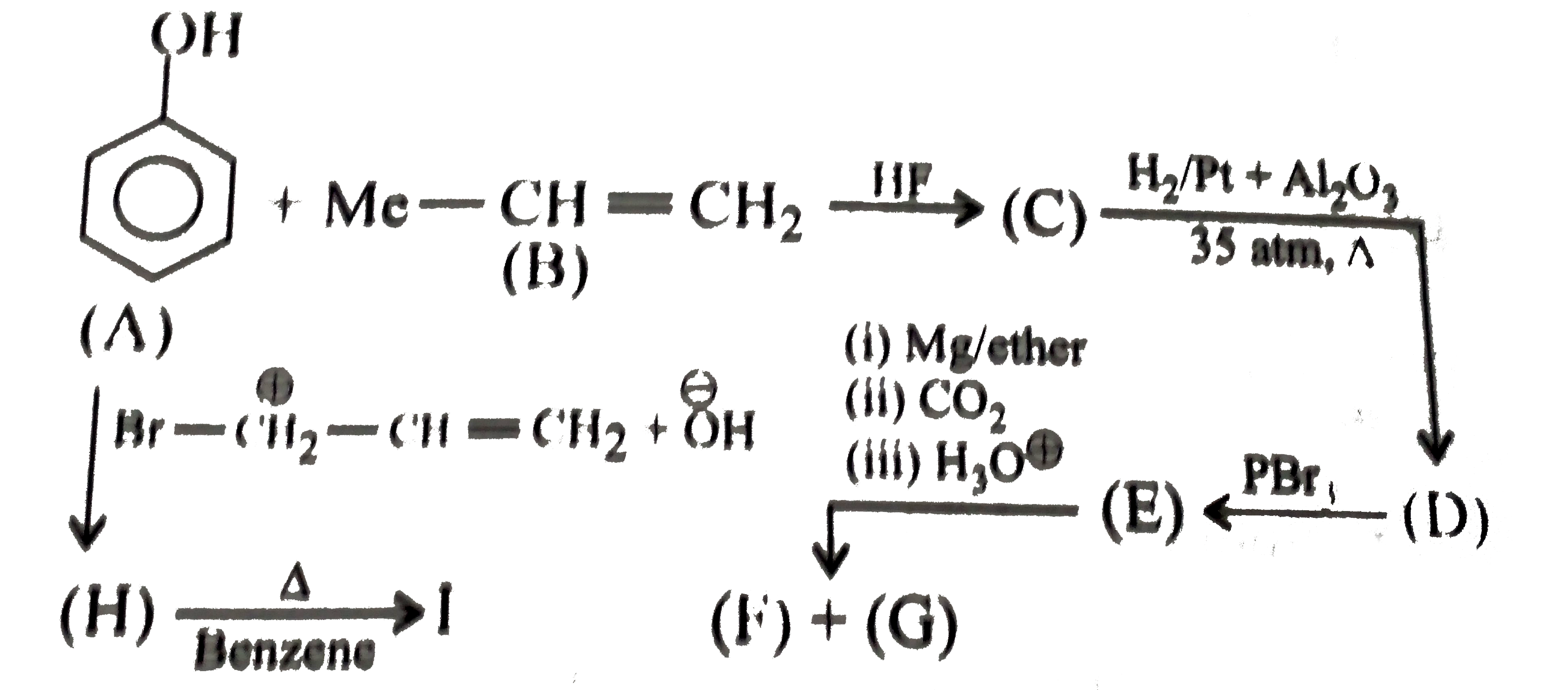
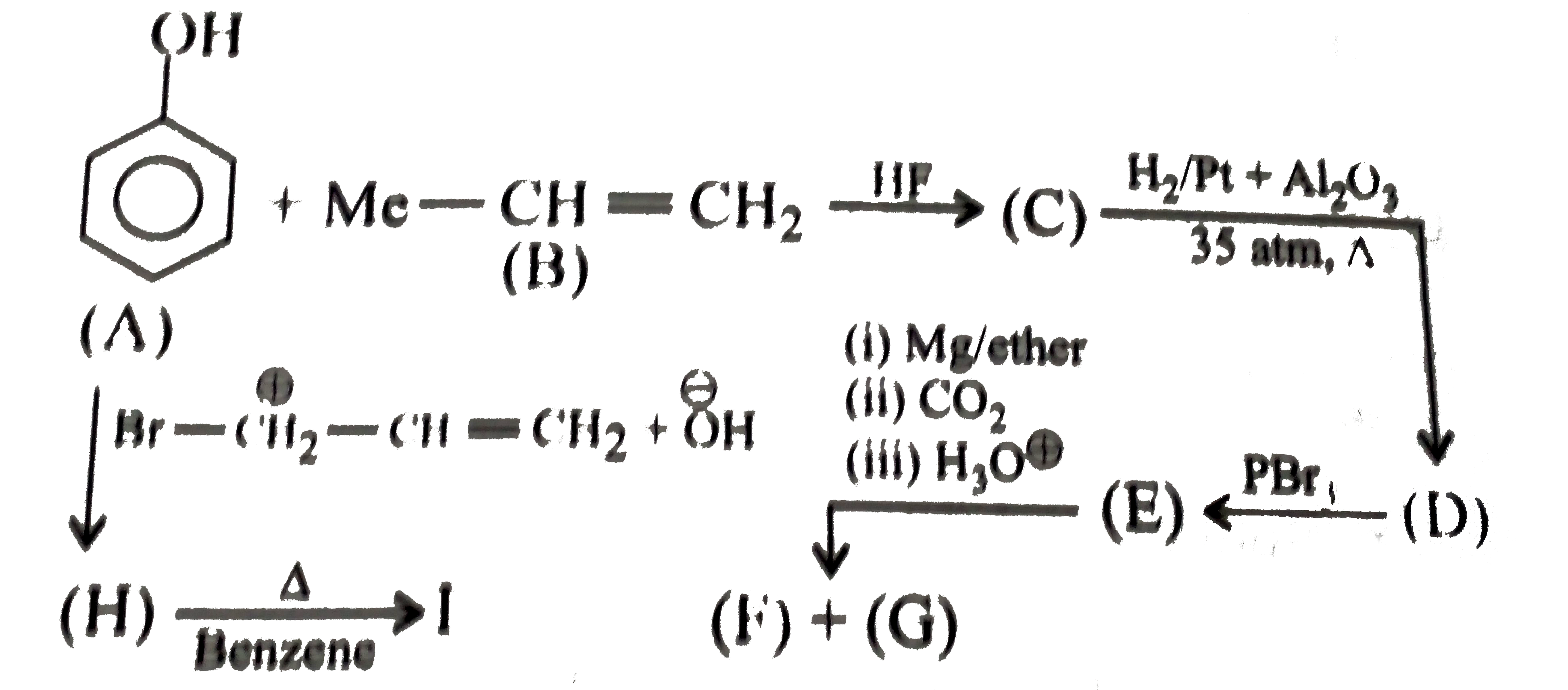
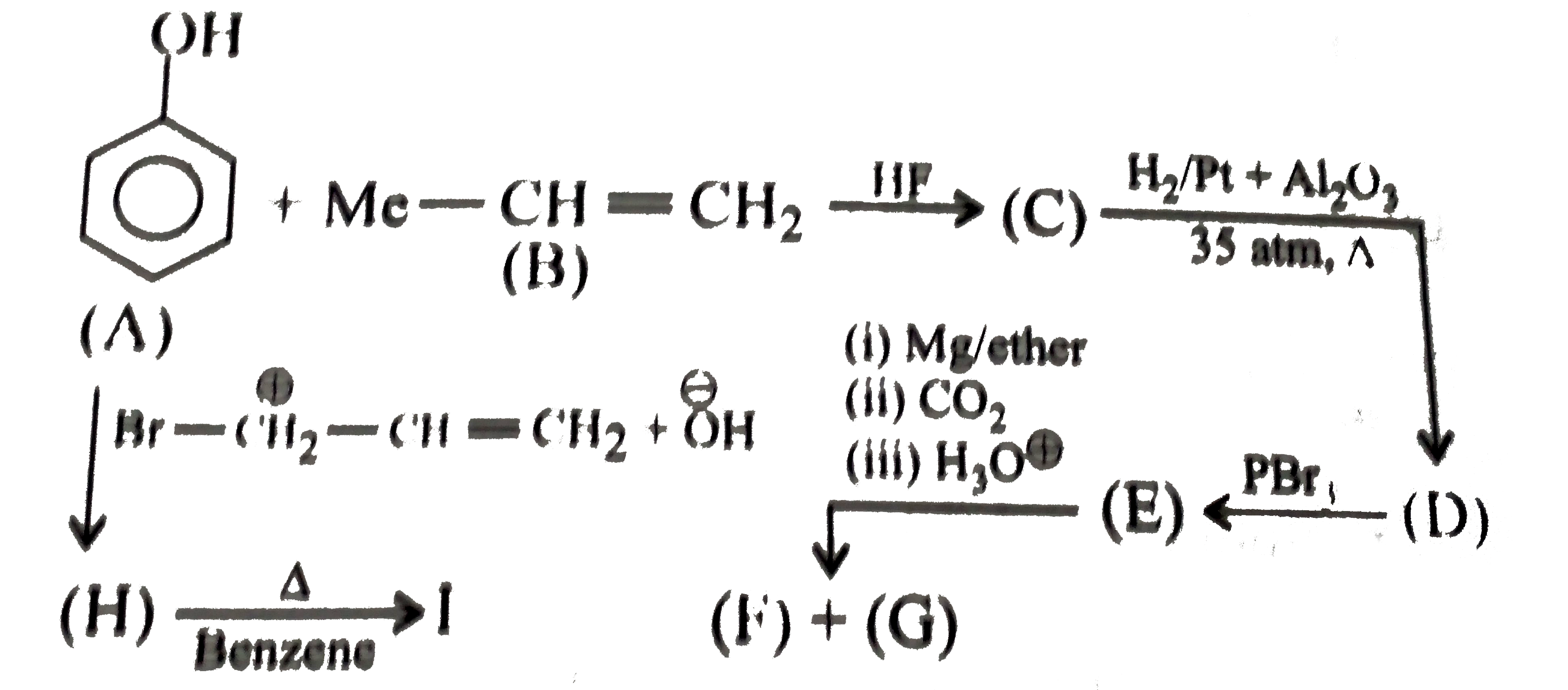


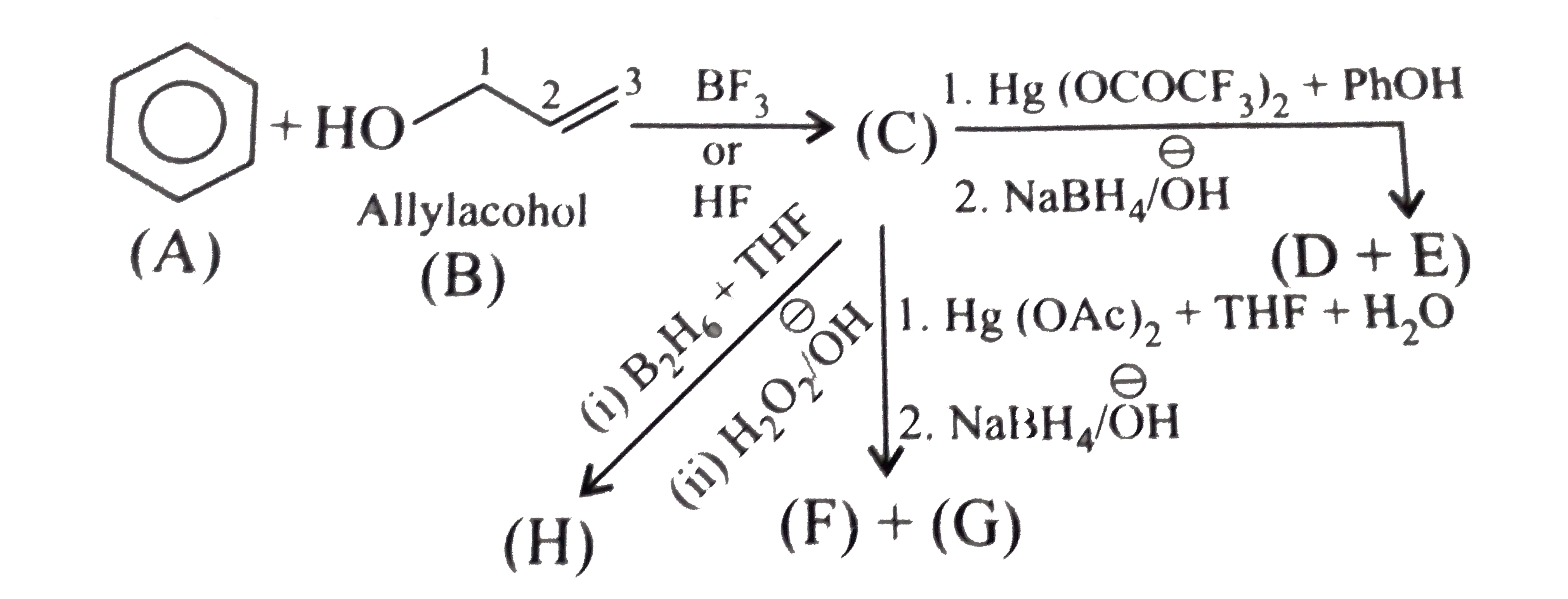

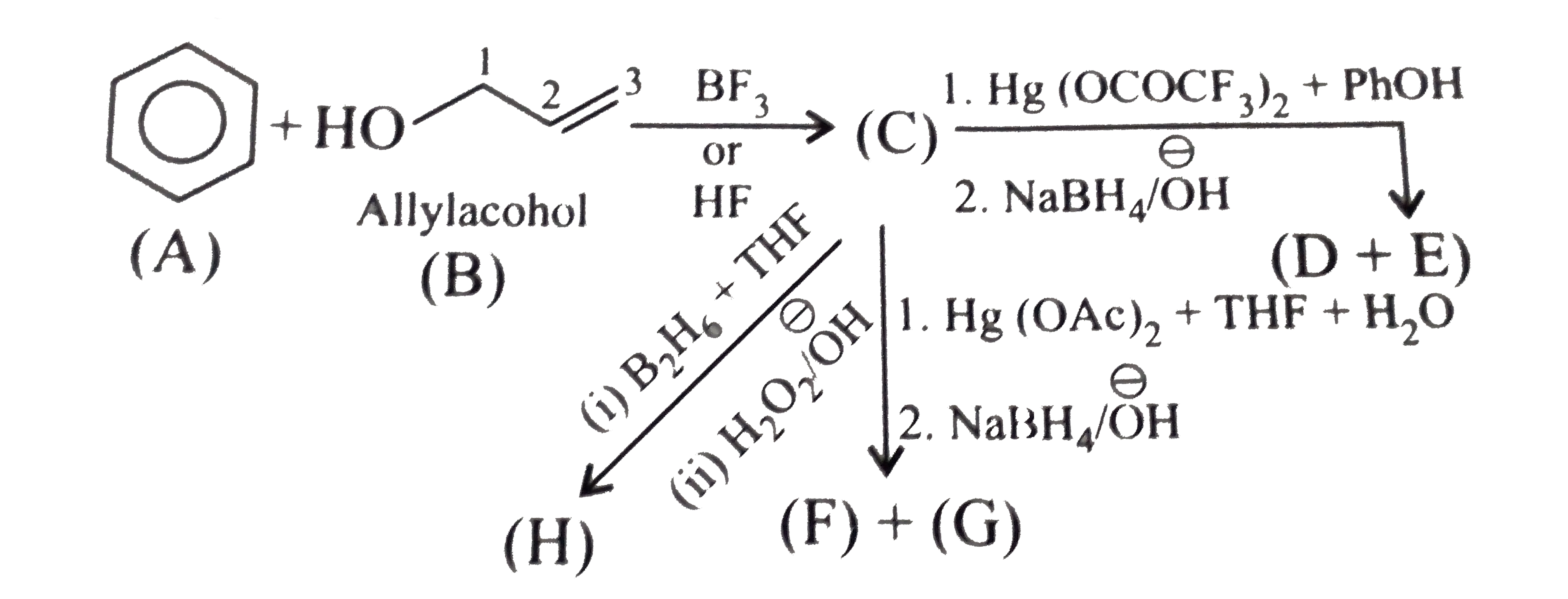
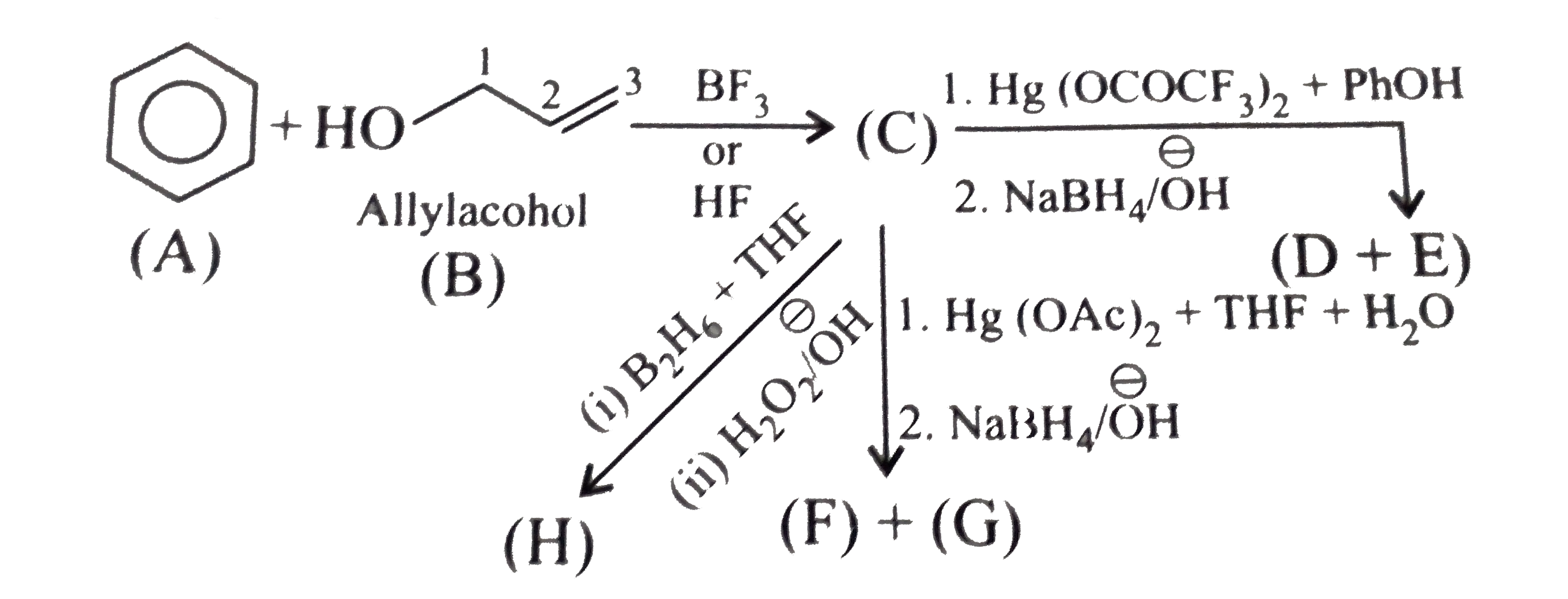
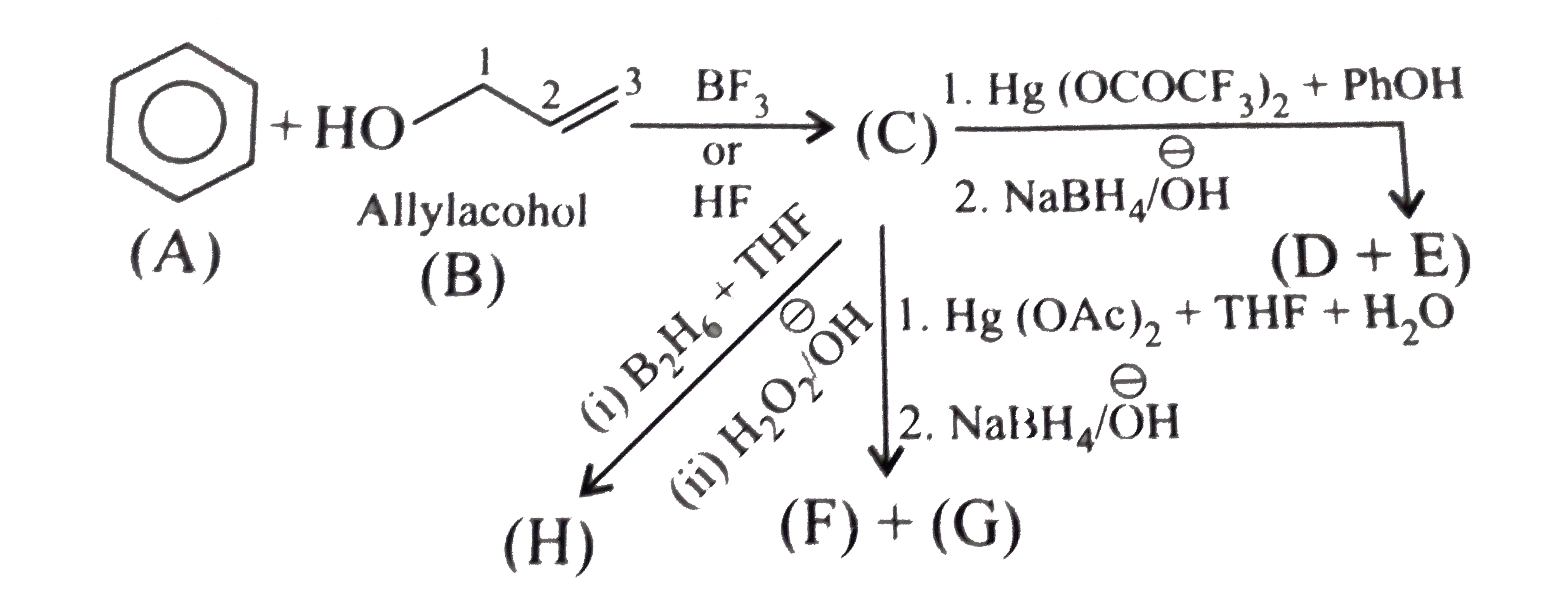
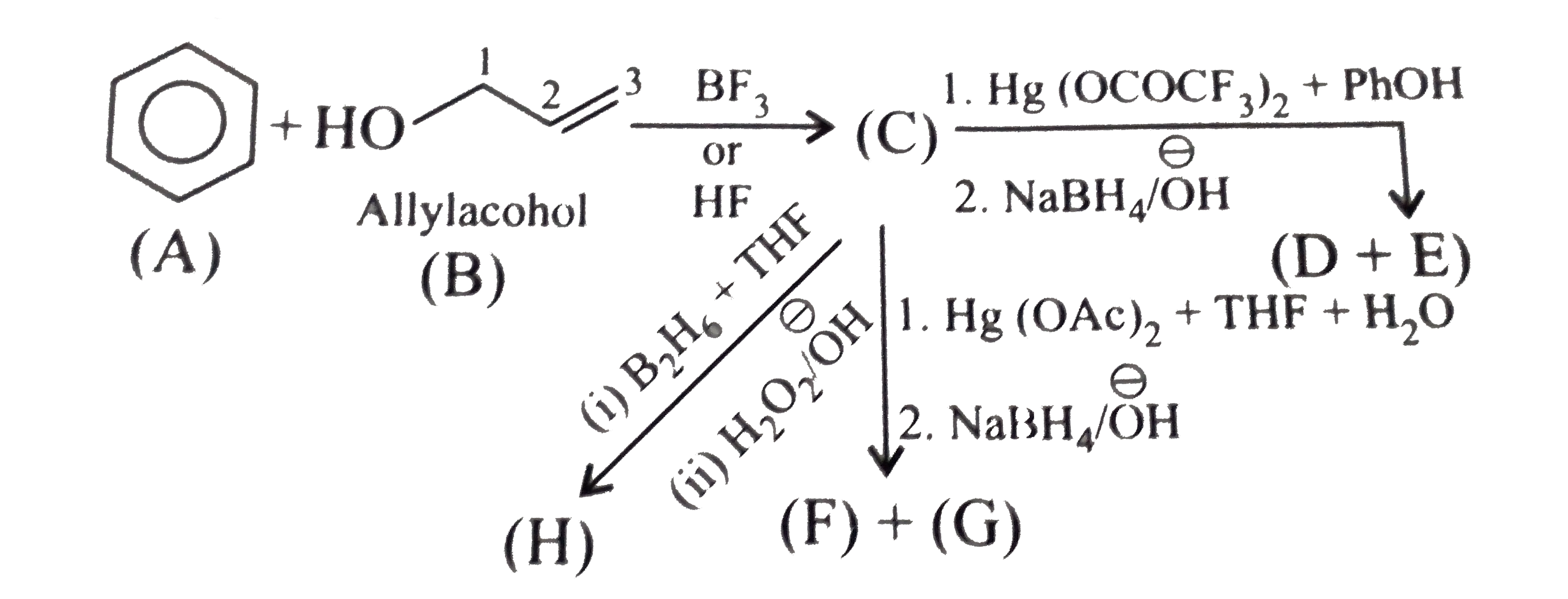
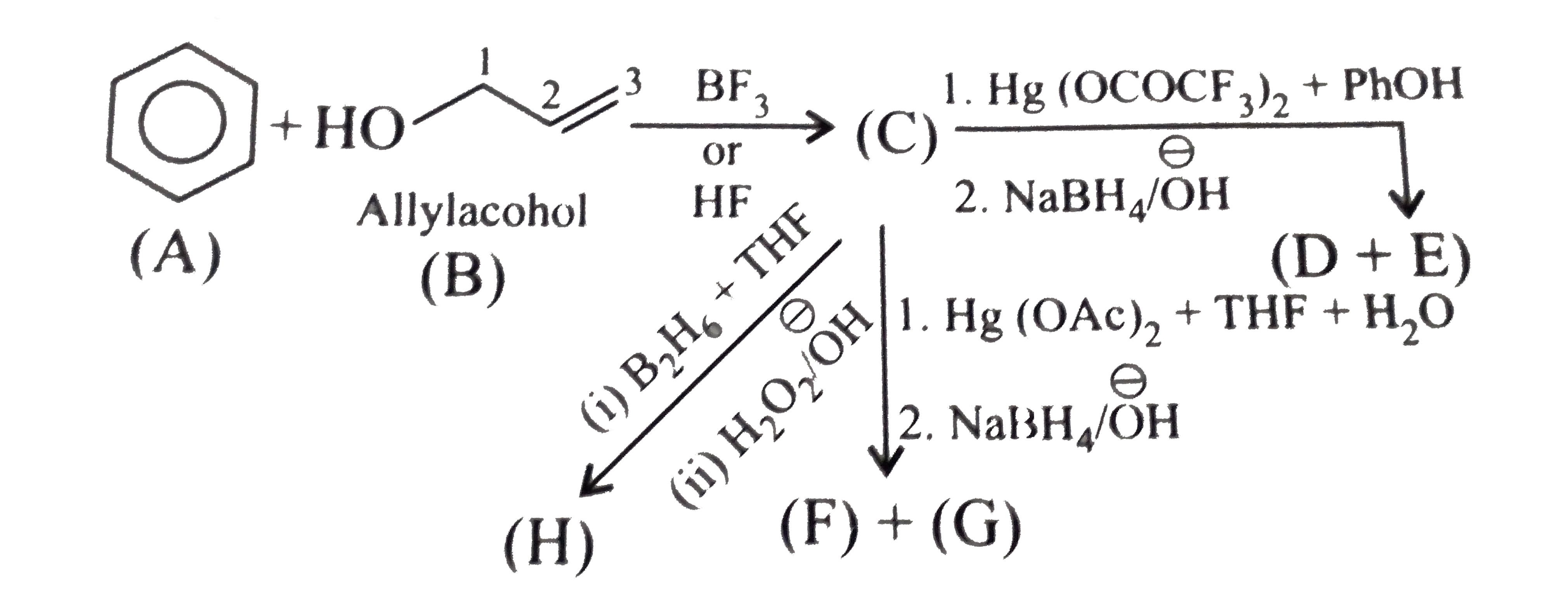
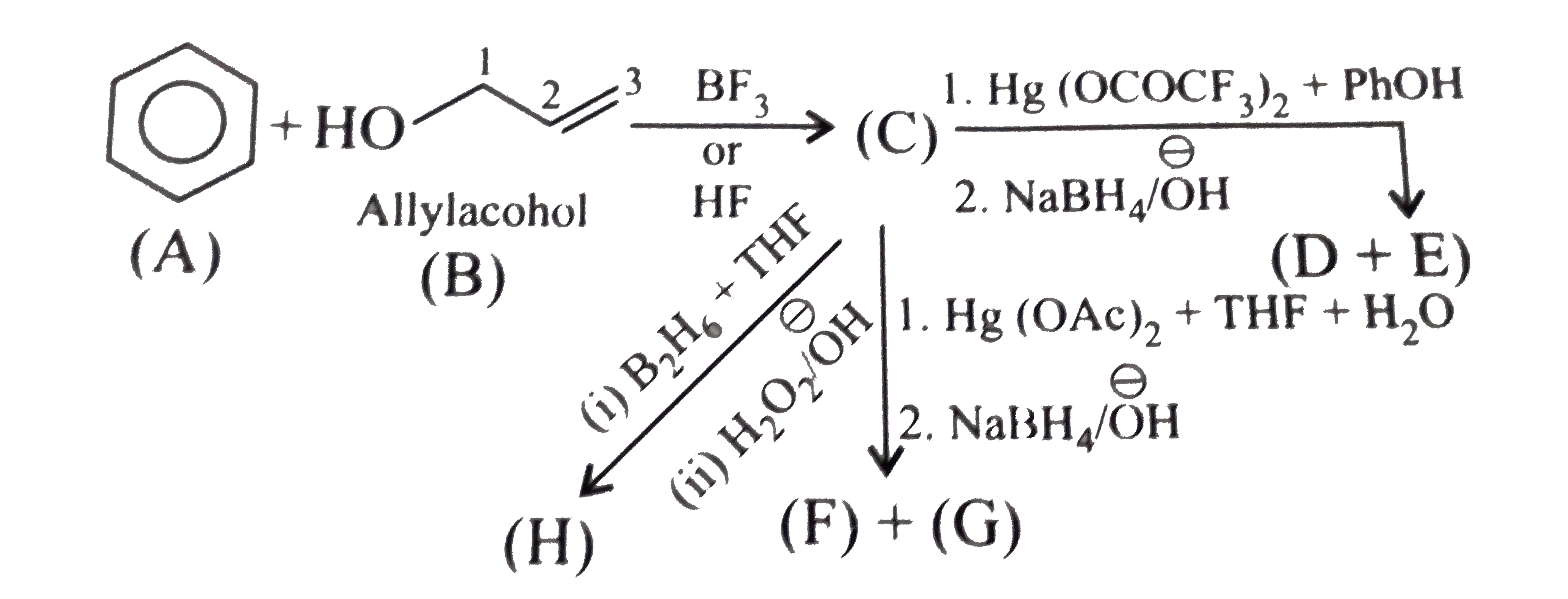
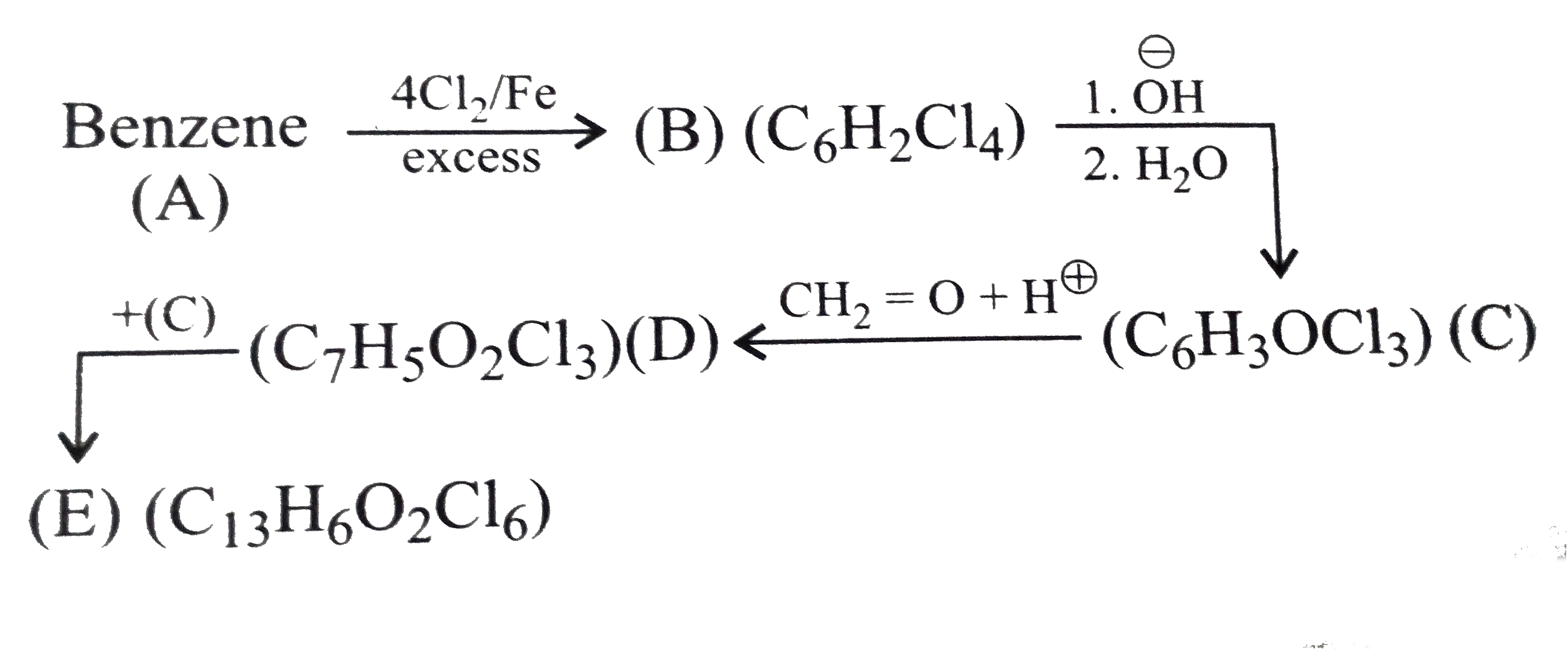
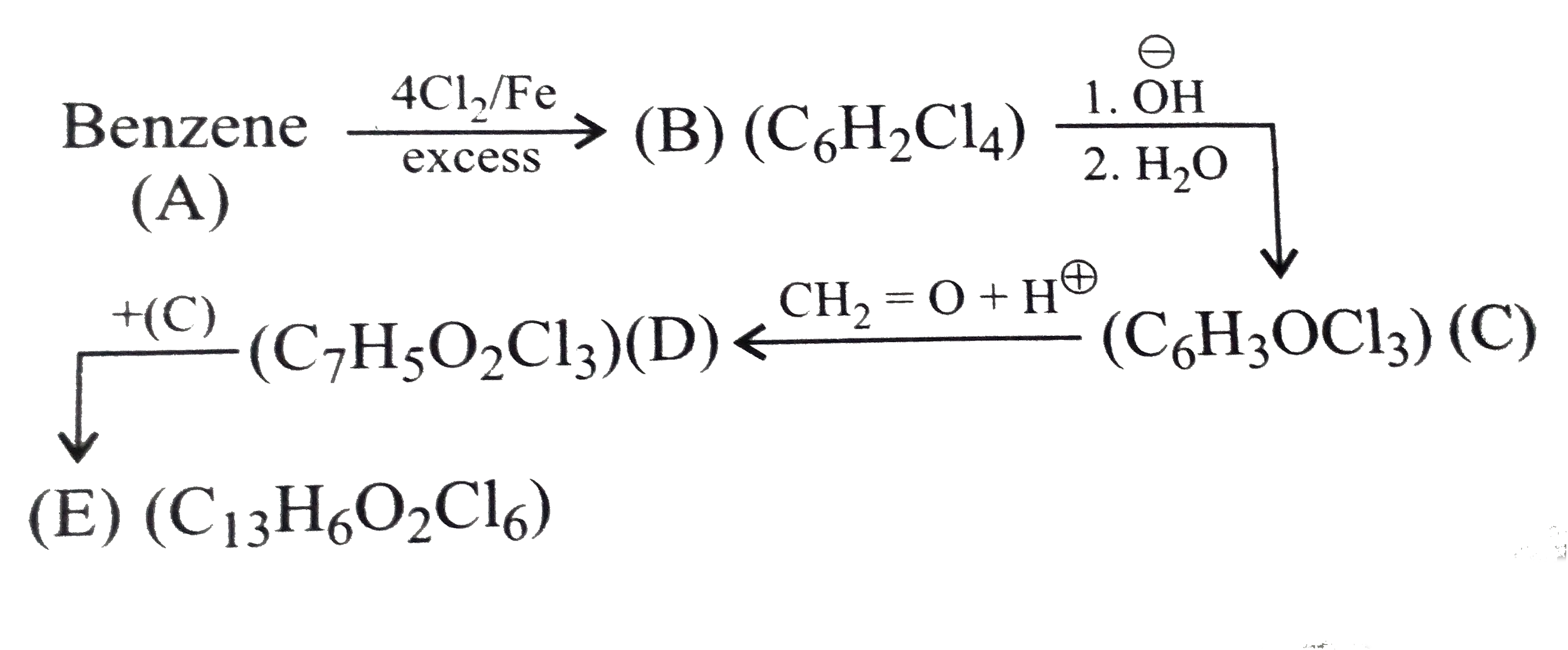
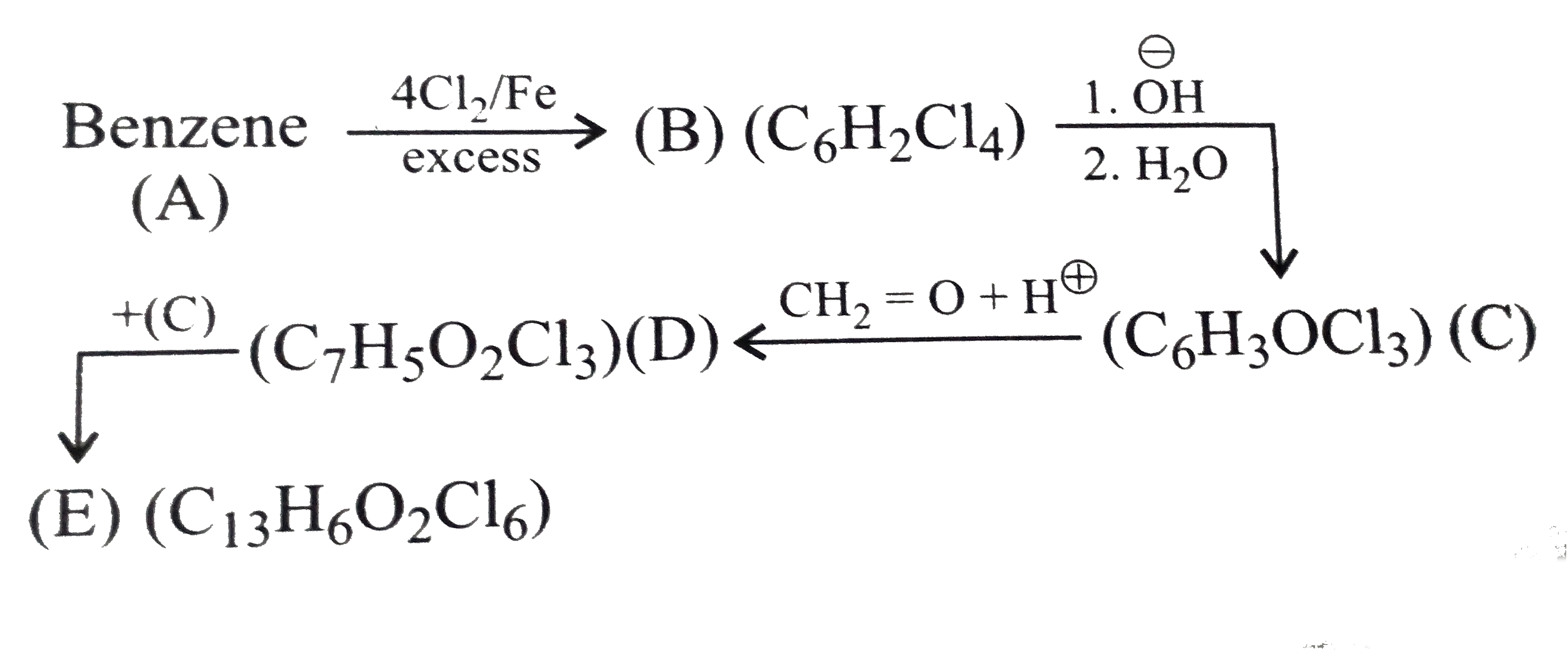
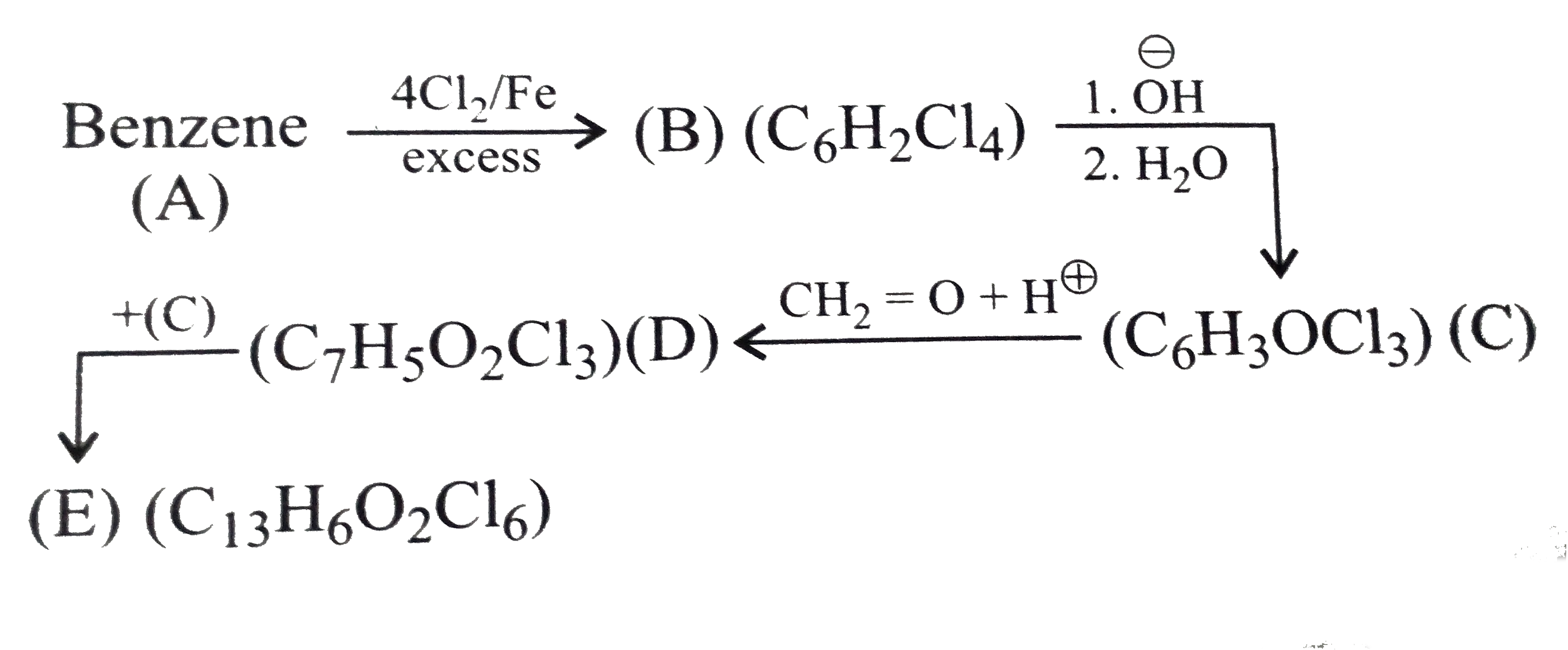
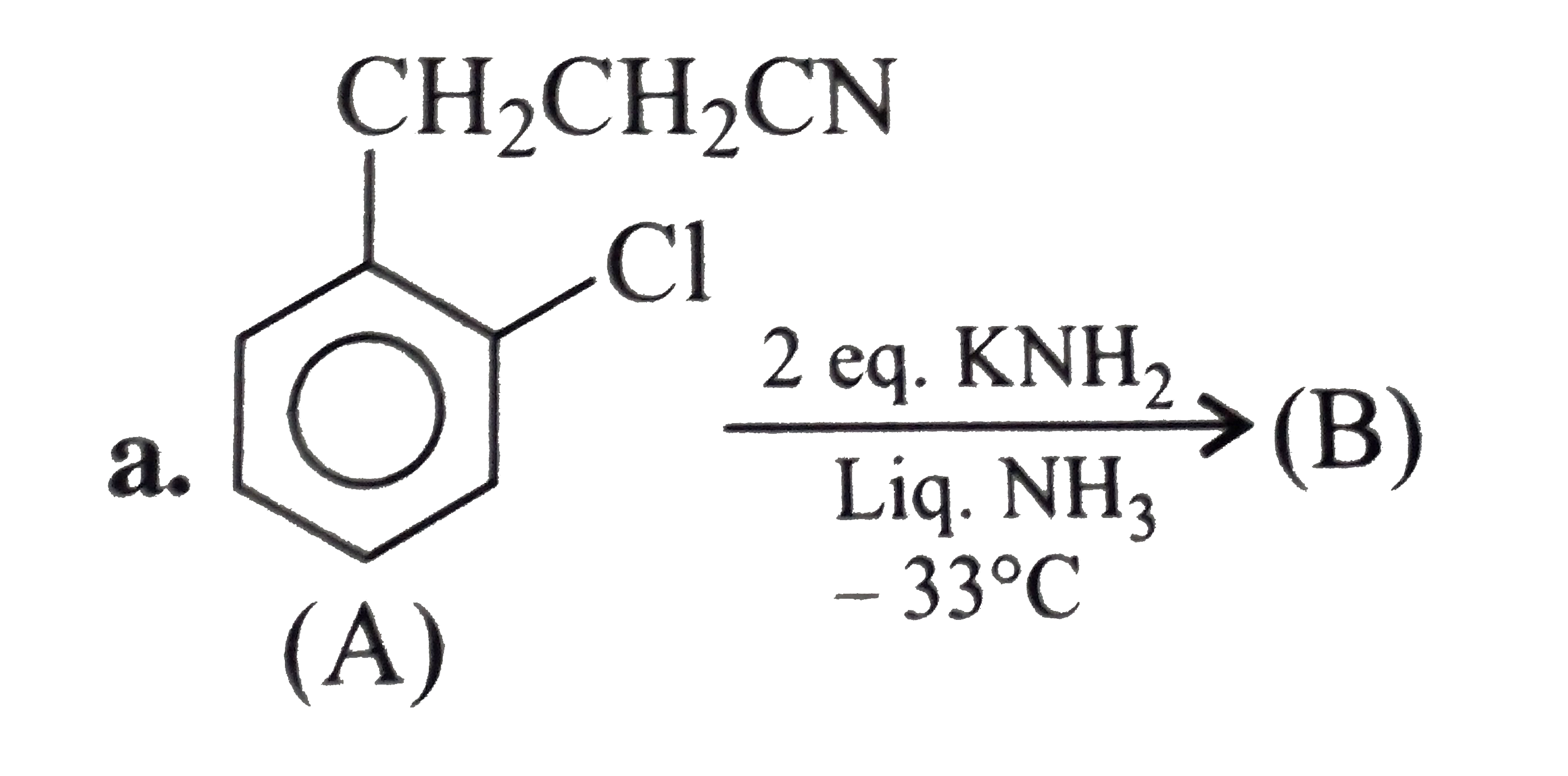
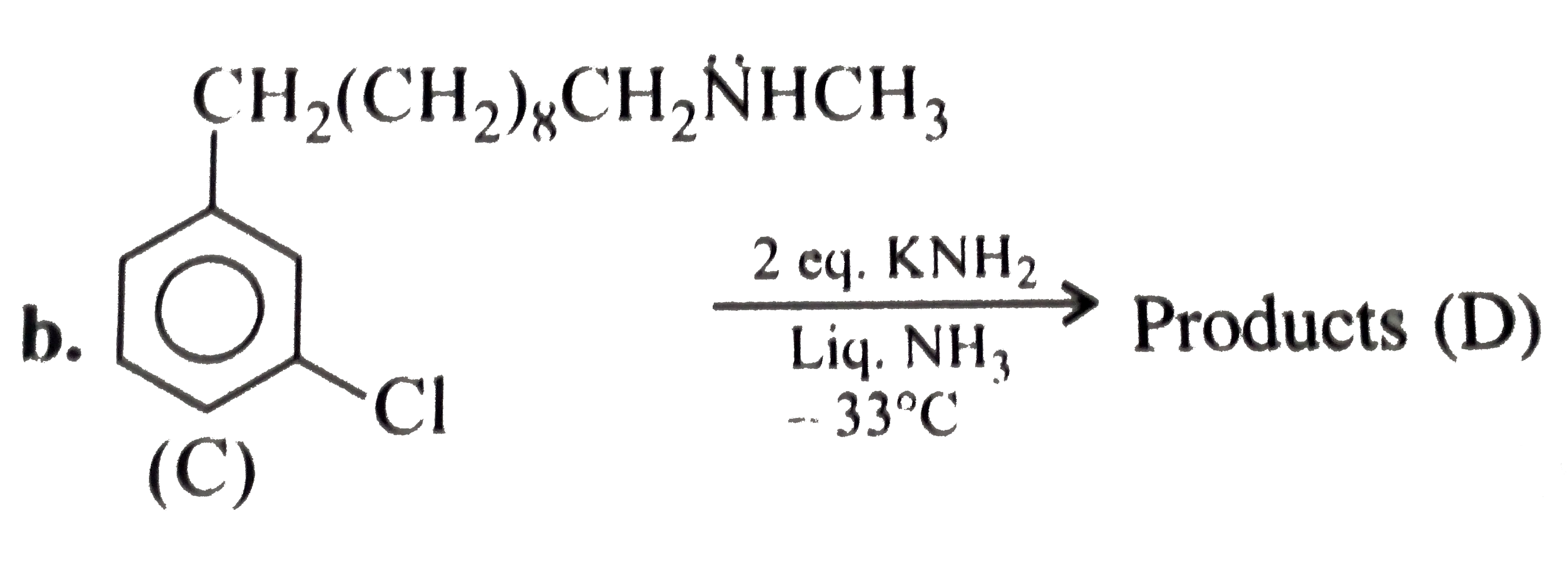

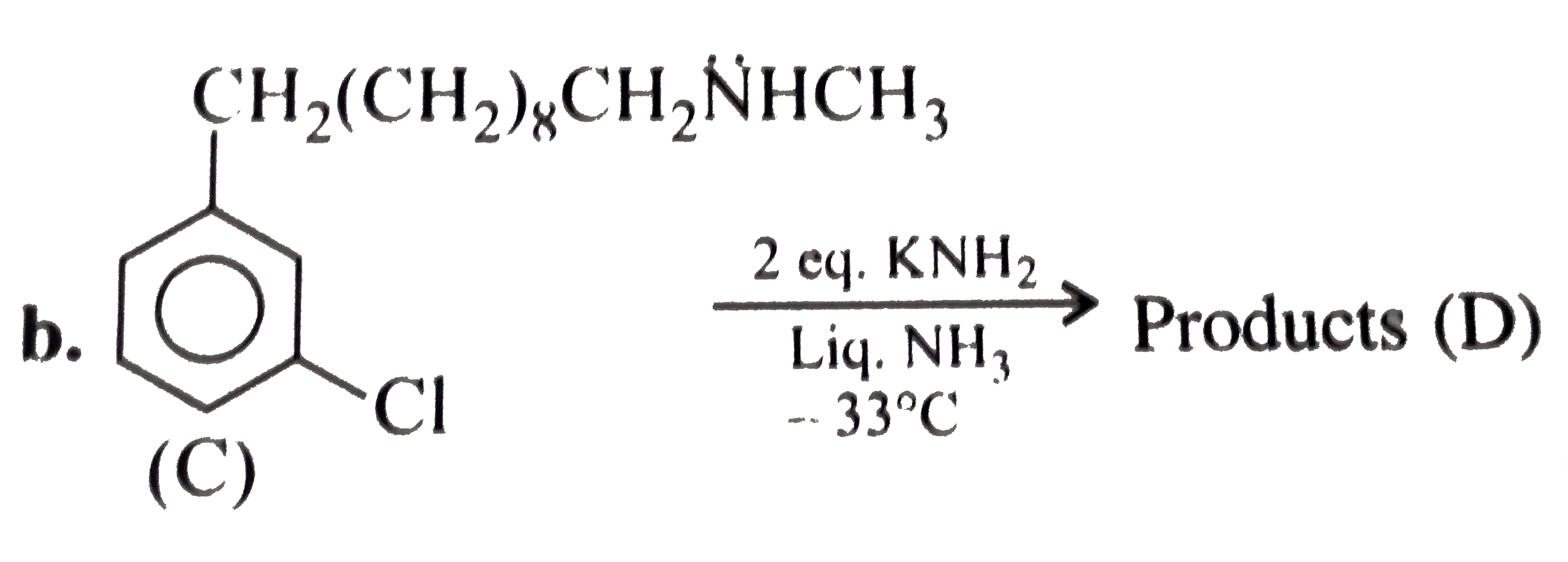
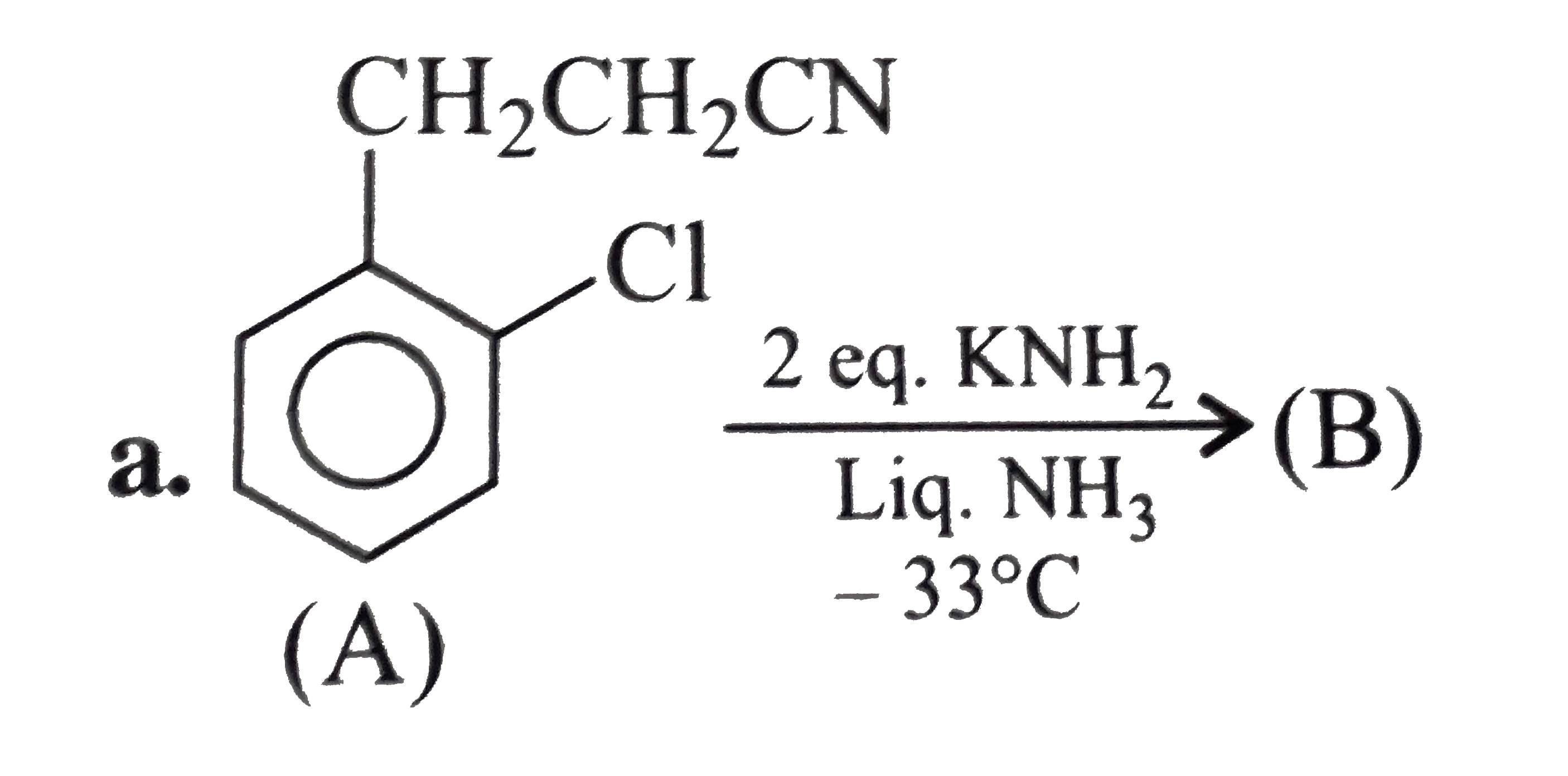
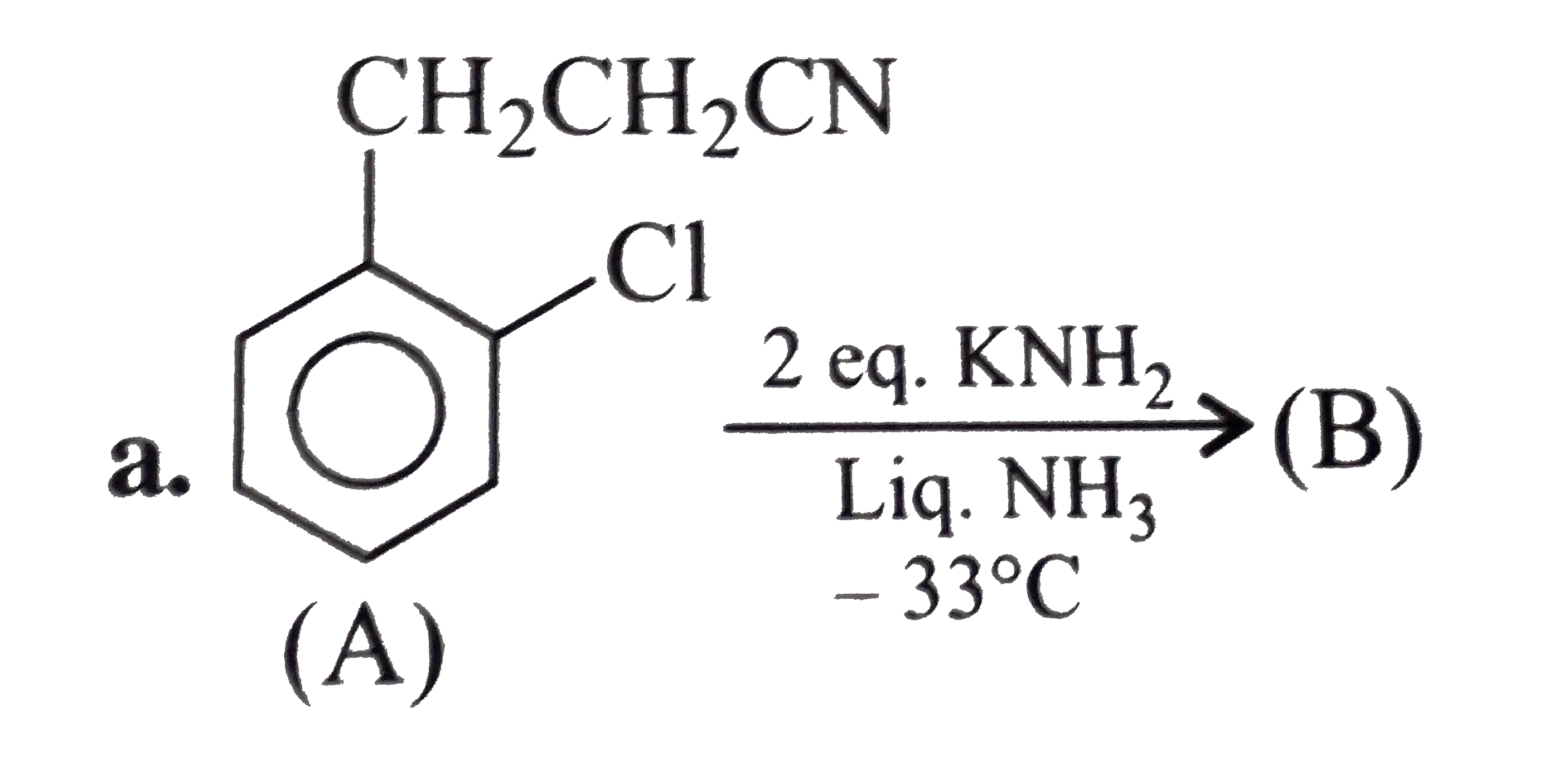
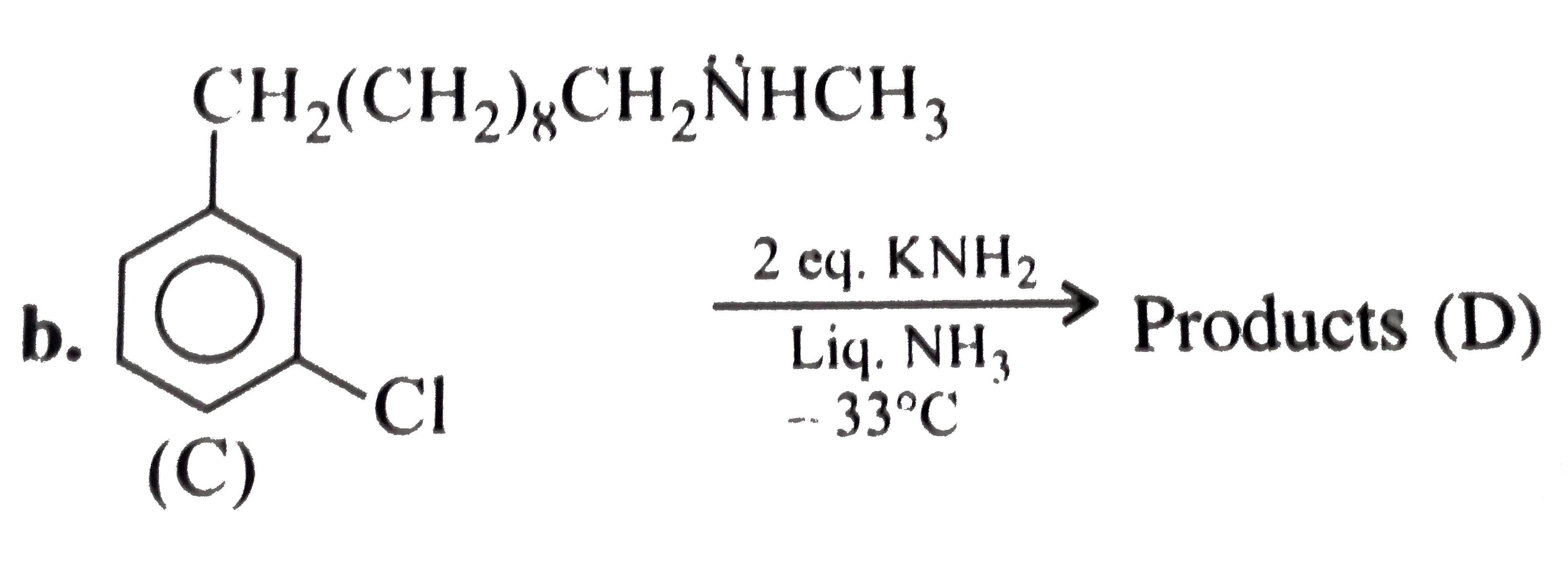
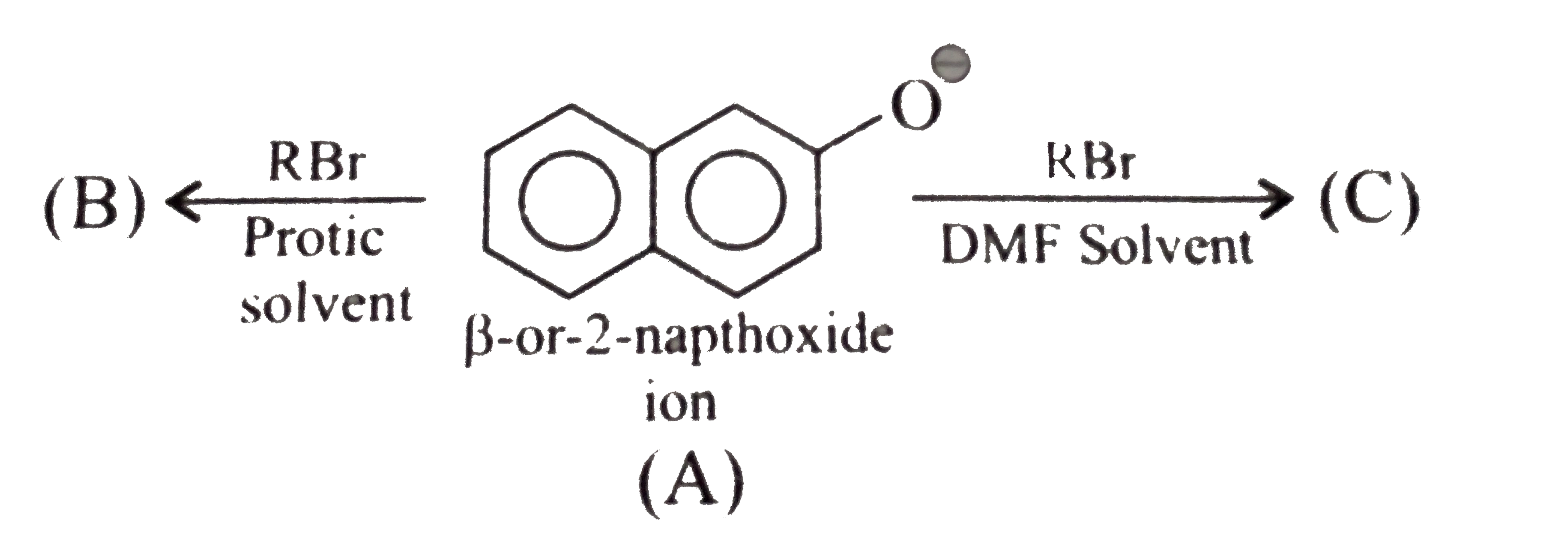
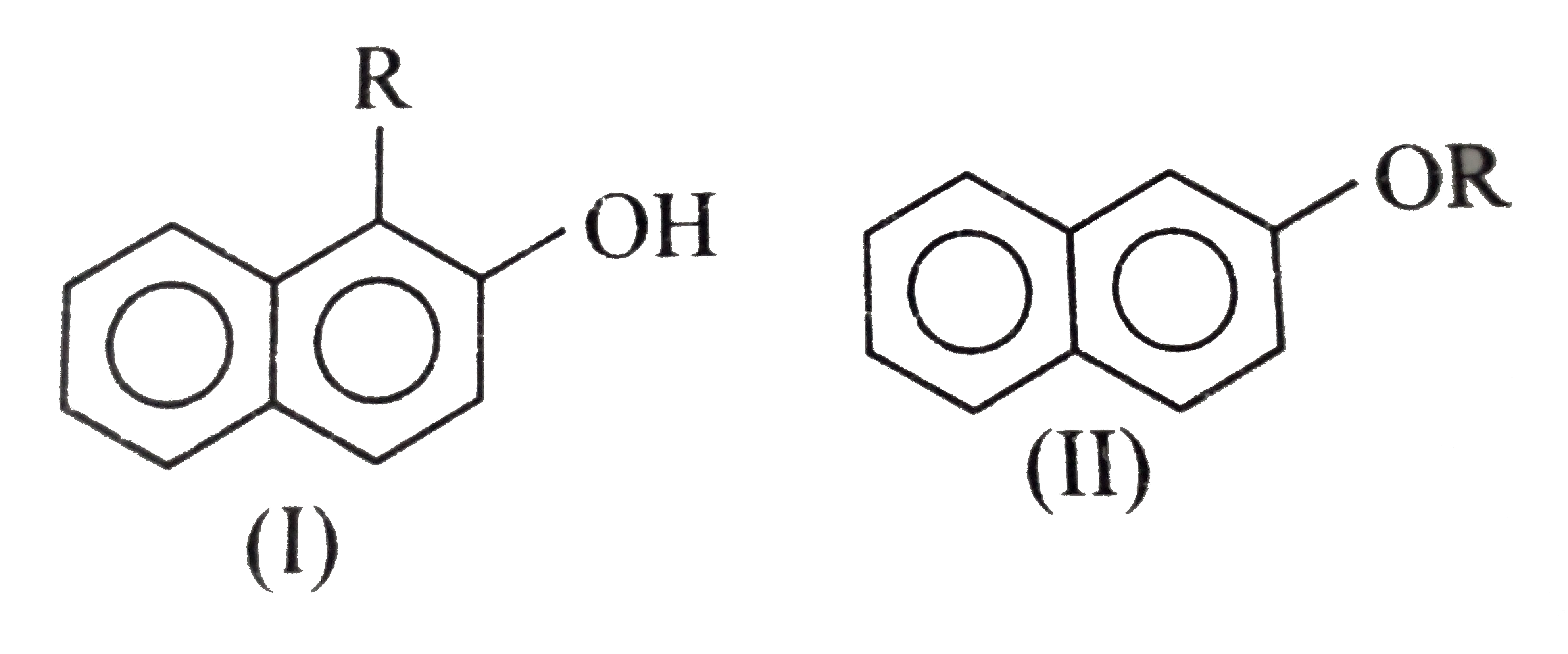
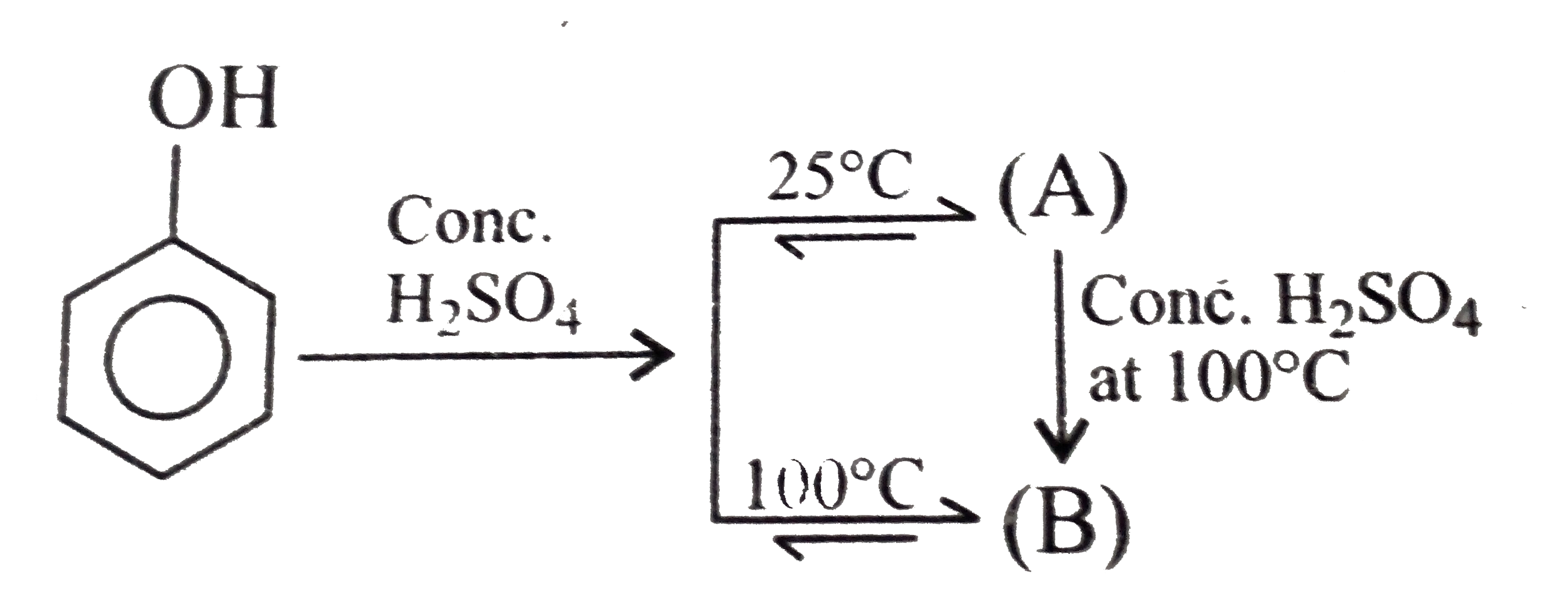

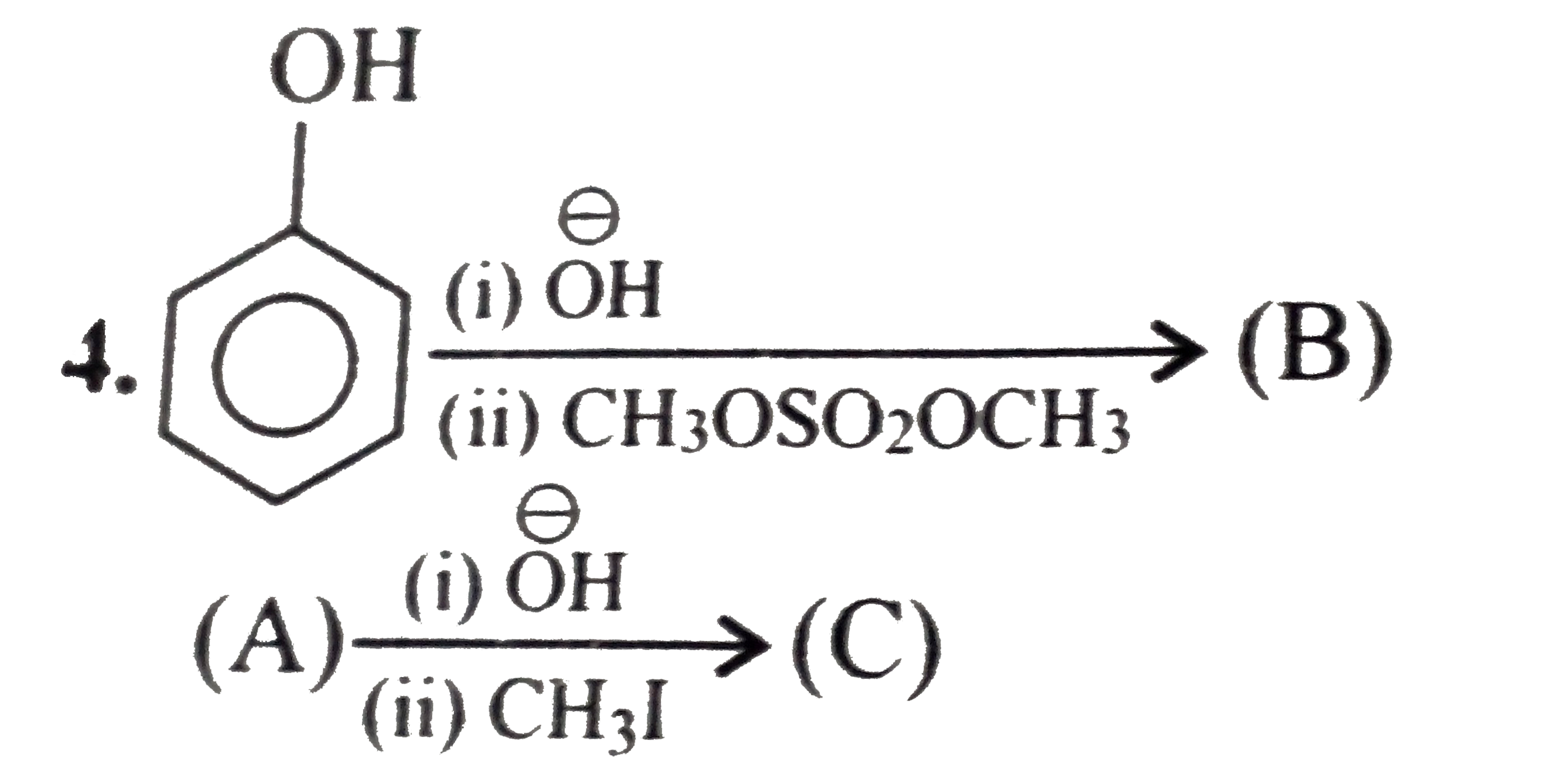
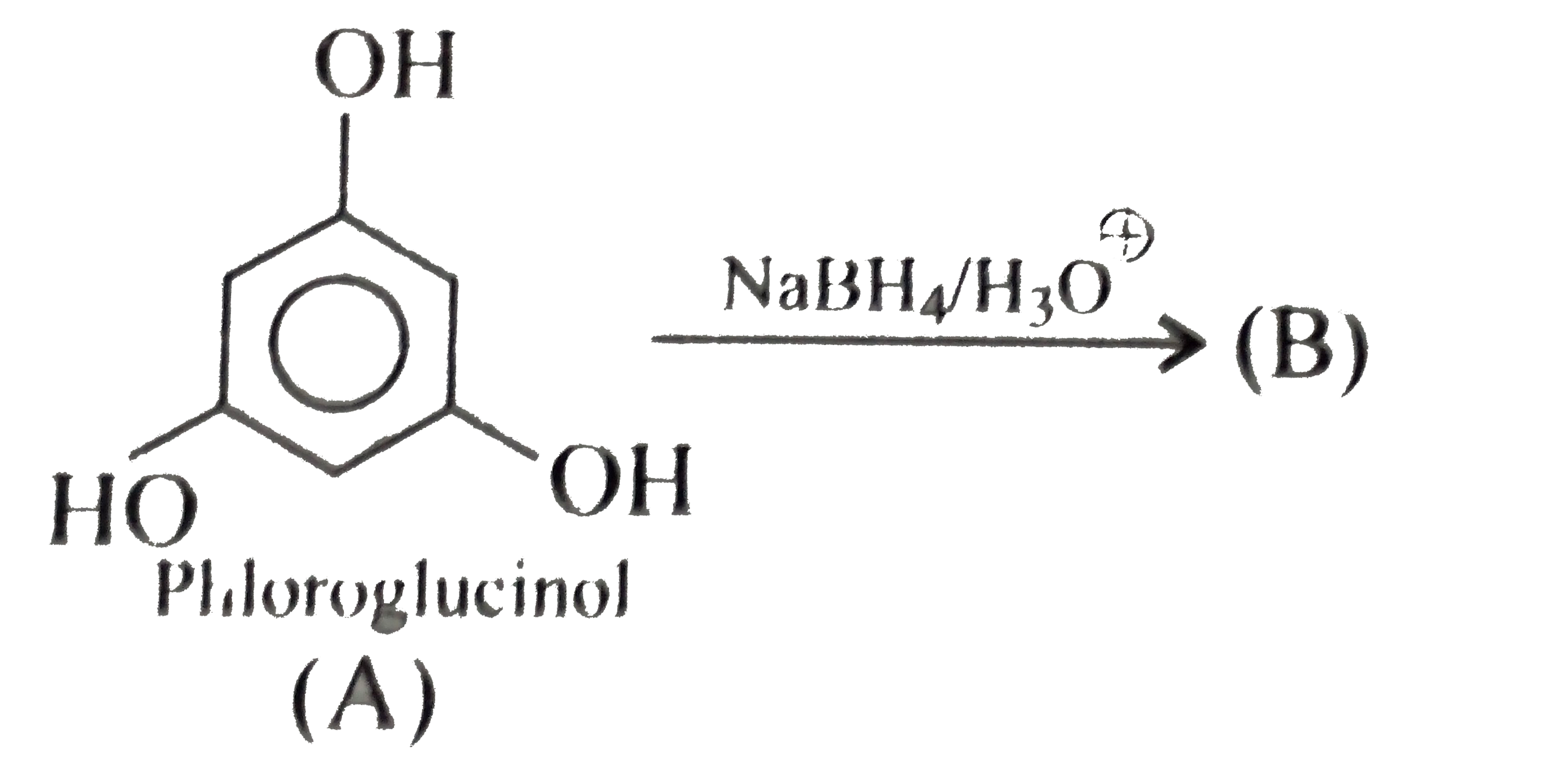
 The propduct (s) are:
The propduct (s) are:


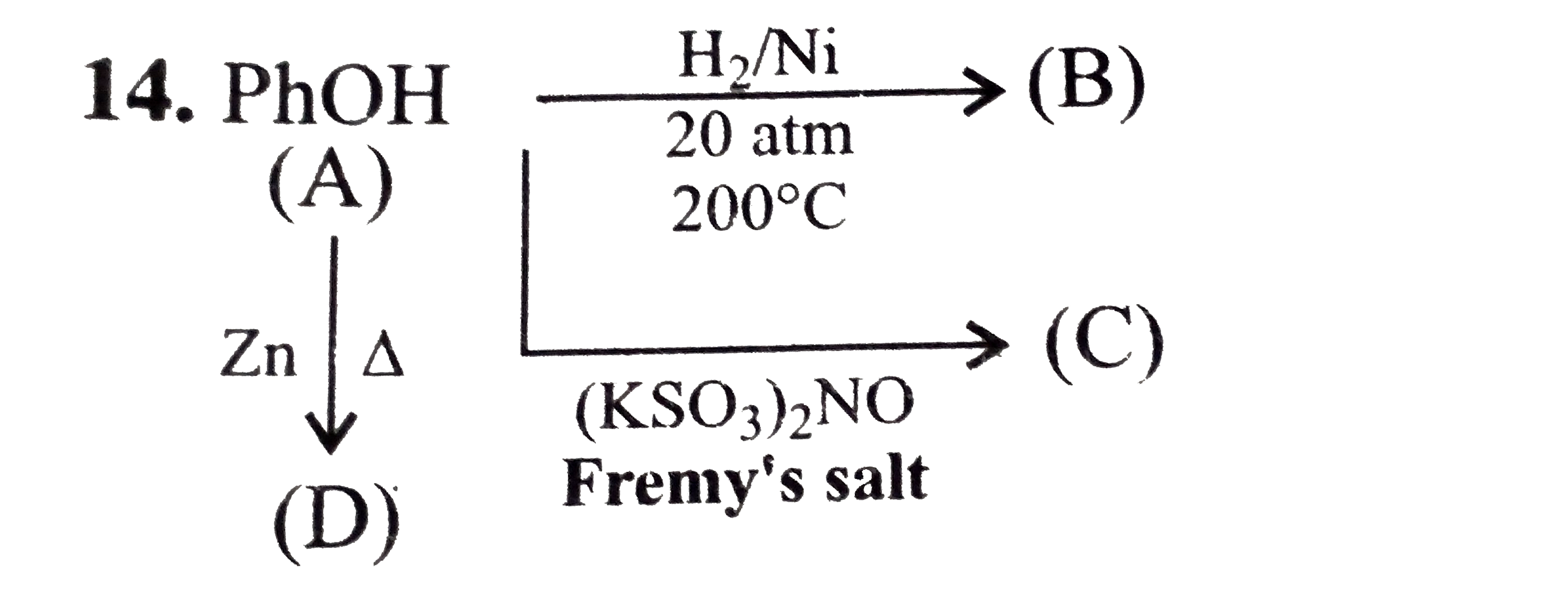
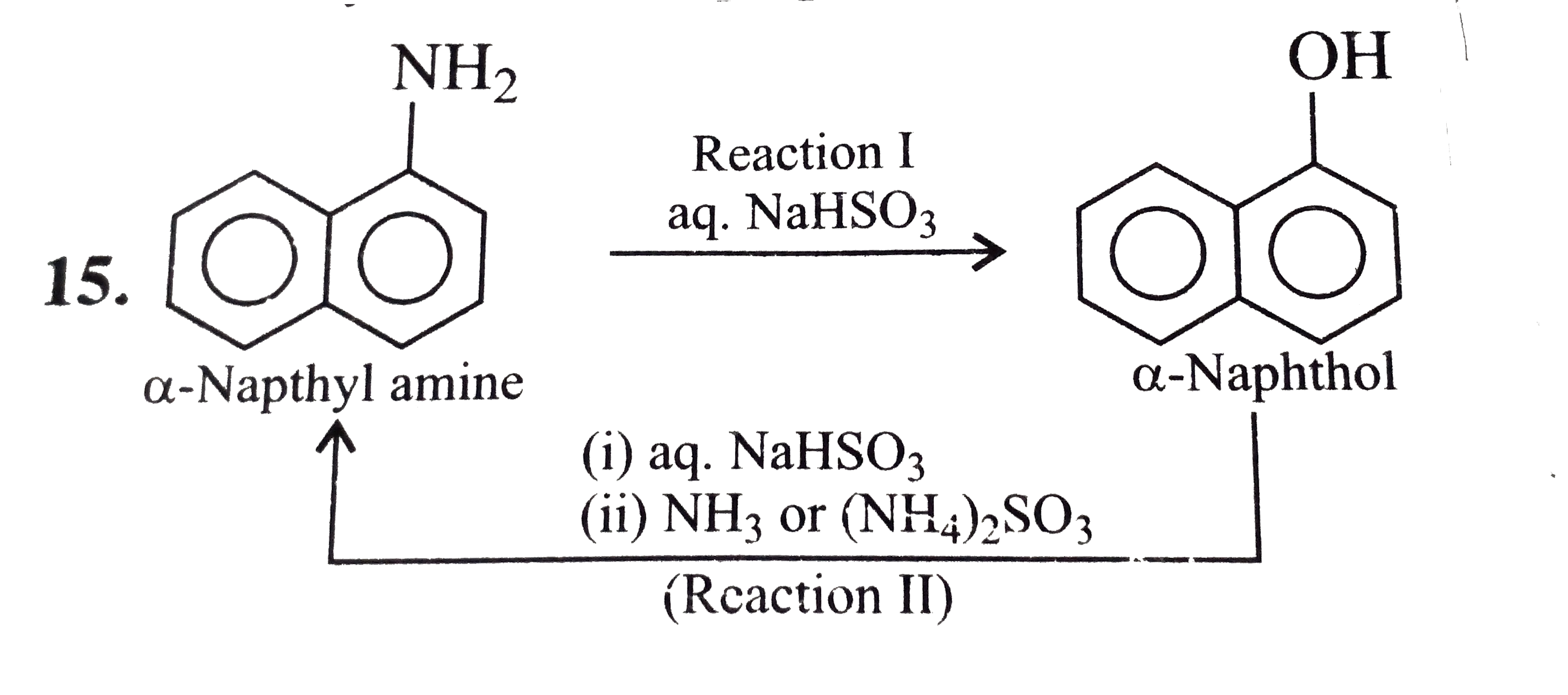
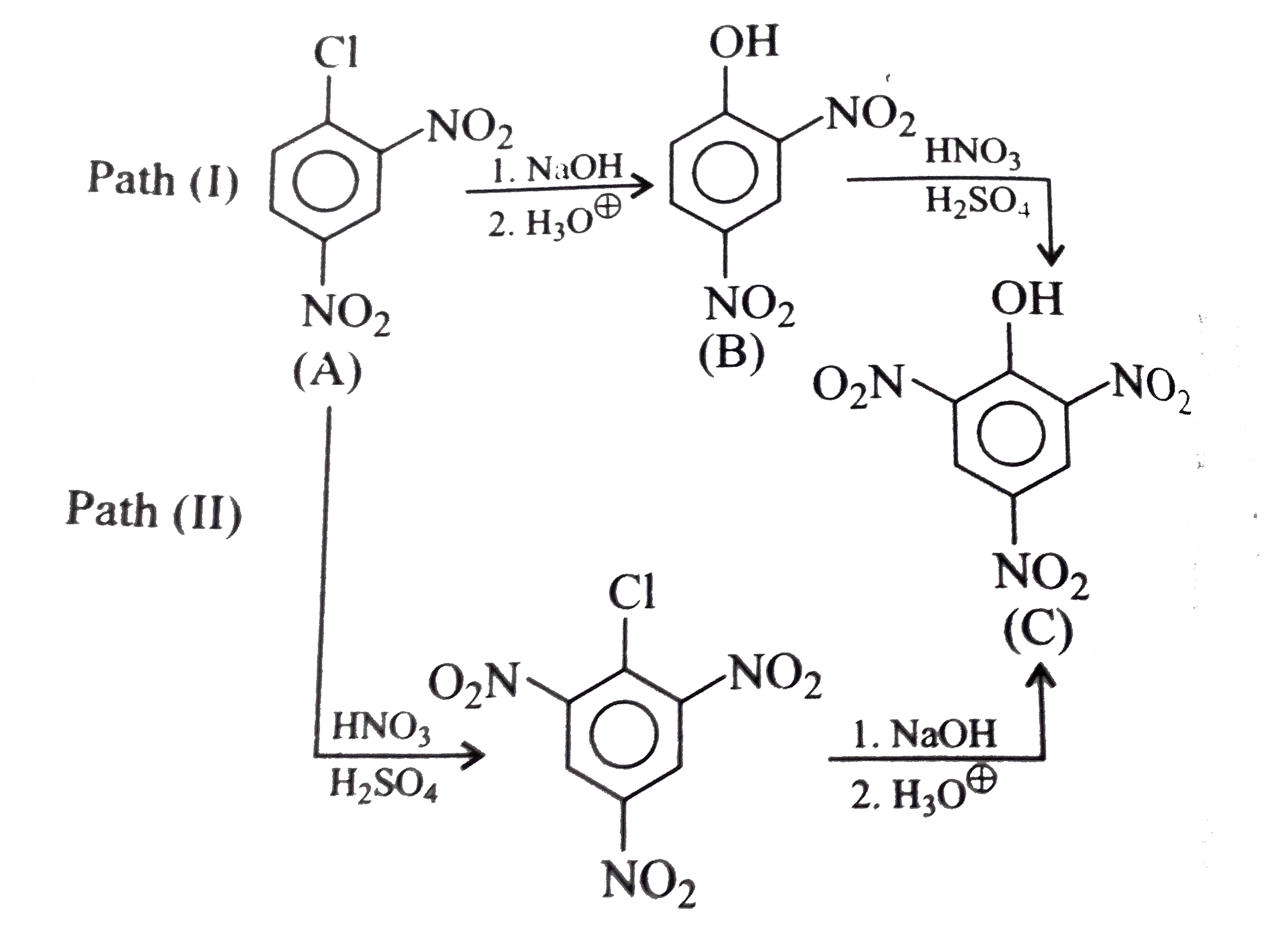
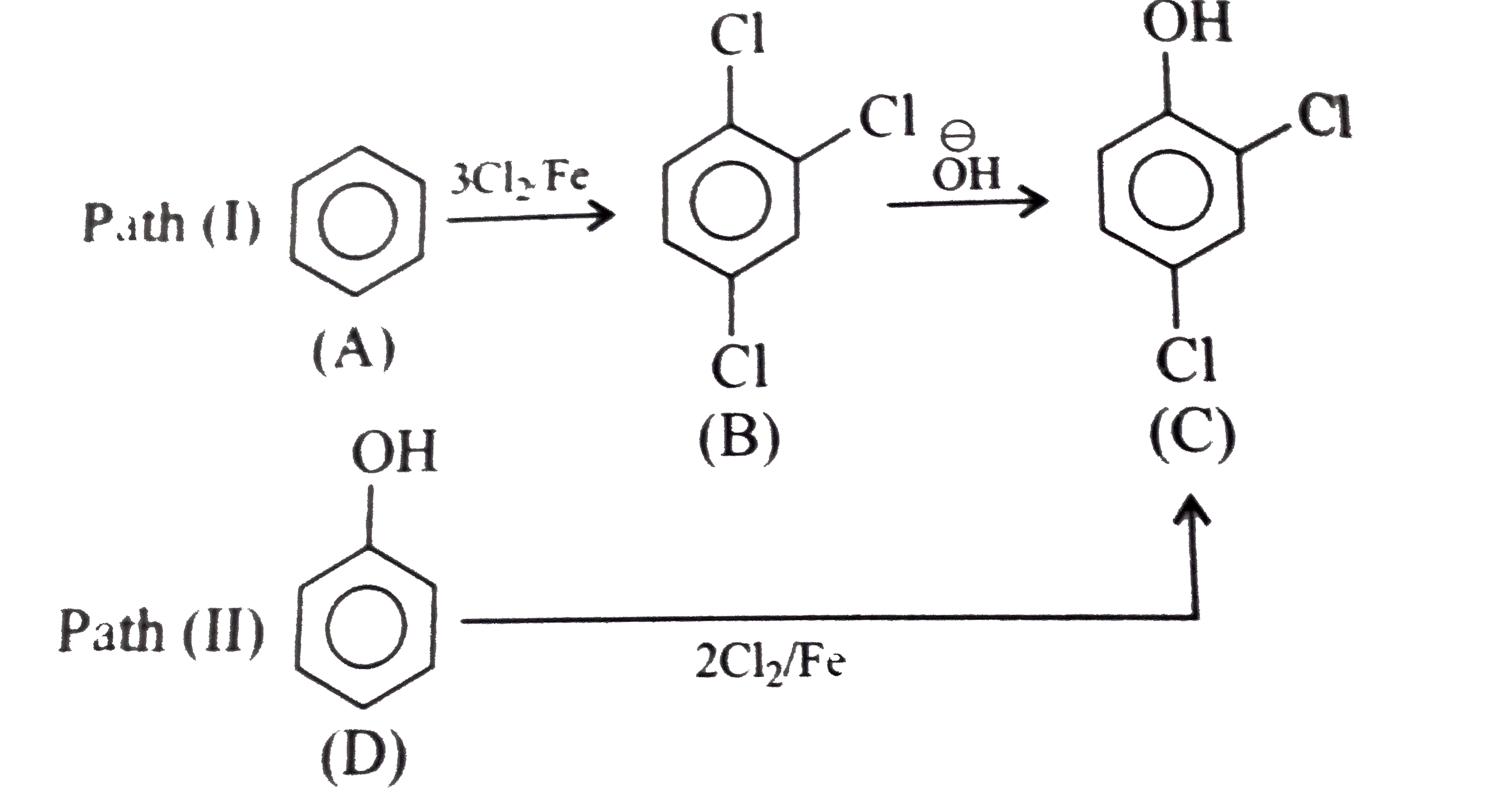
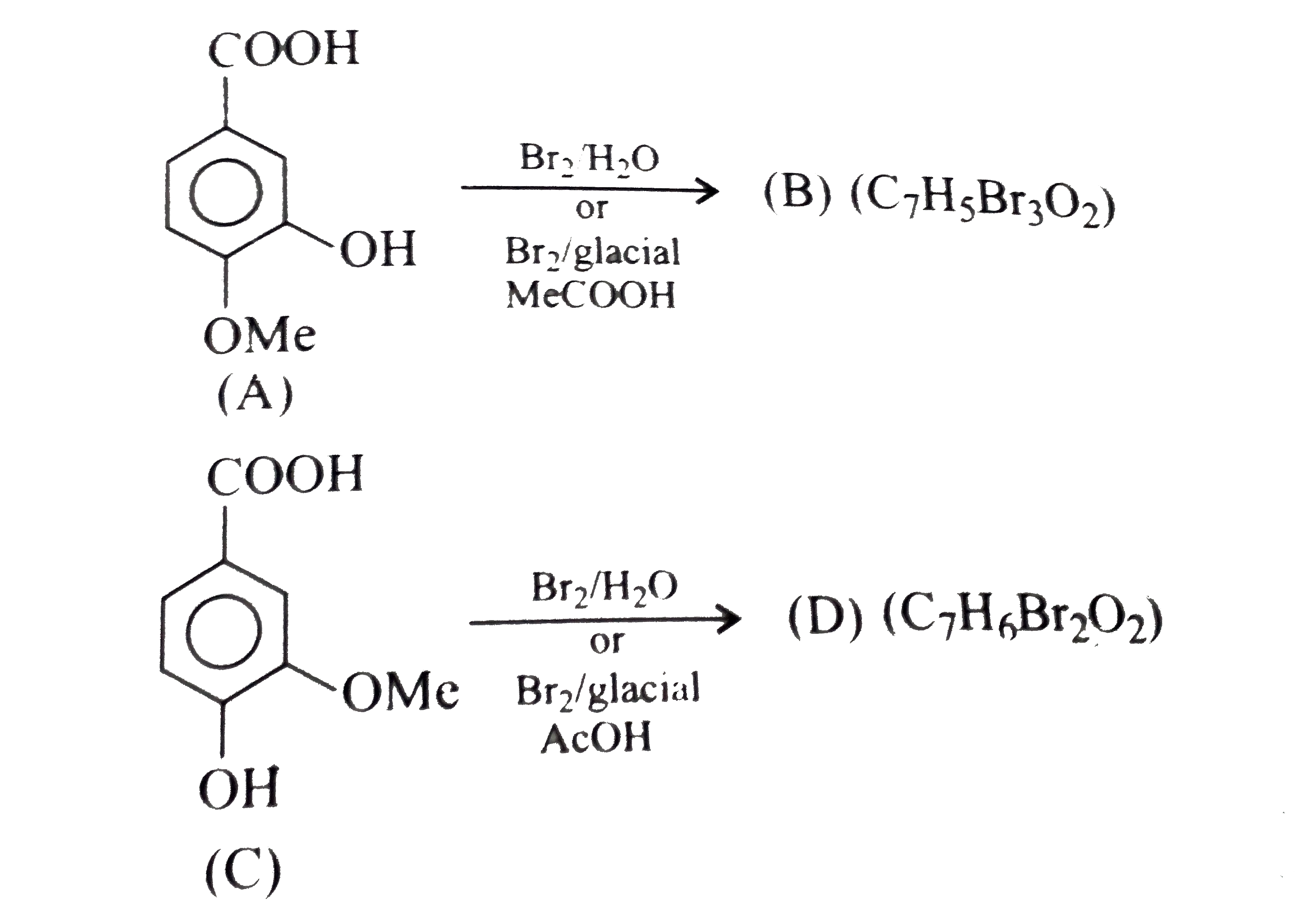 (B)
(B)  (D)
(D) 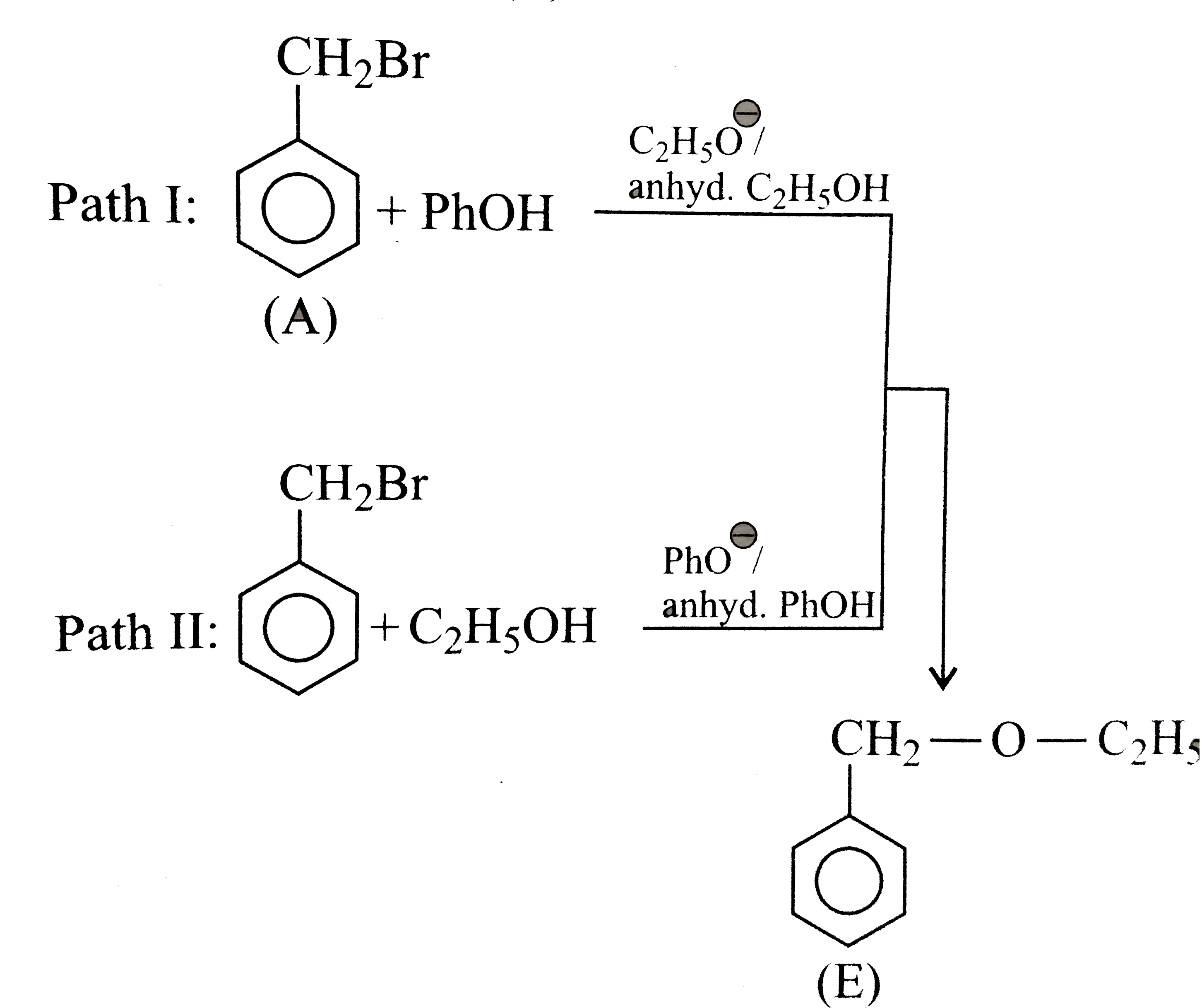
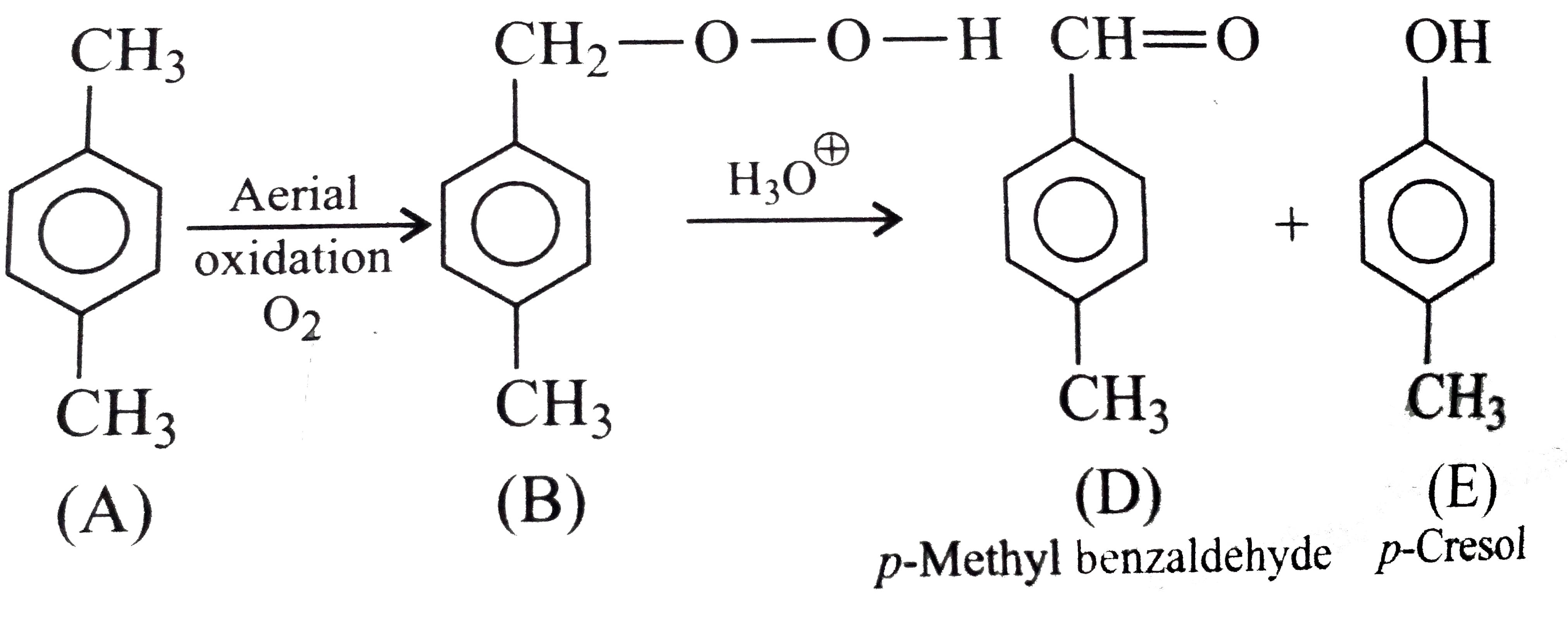





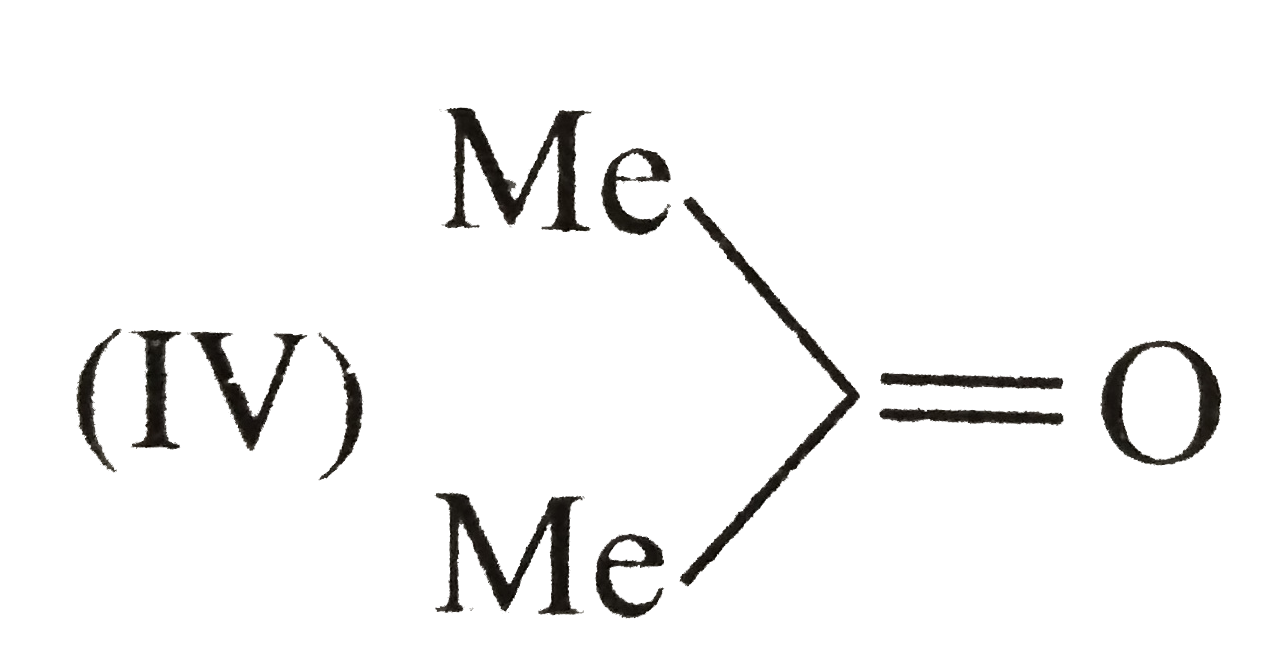
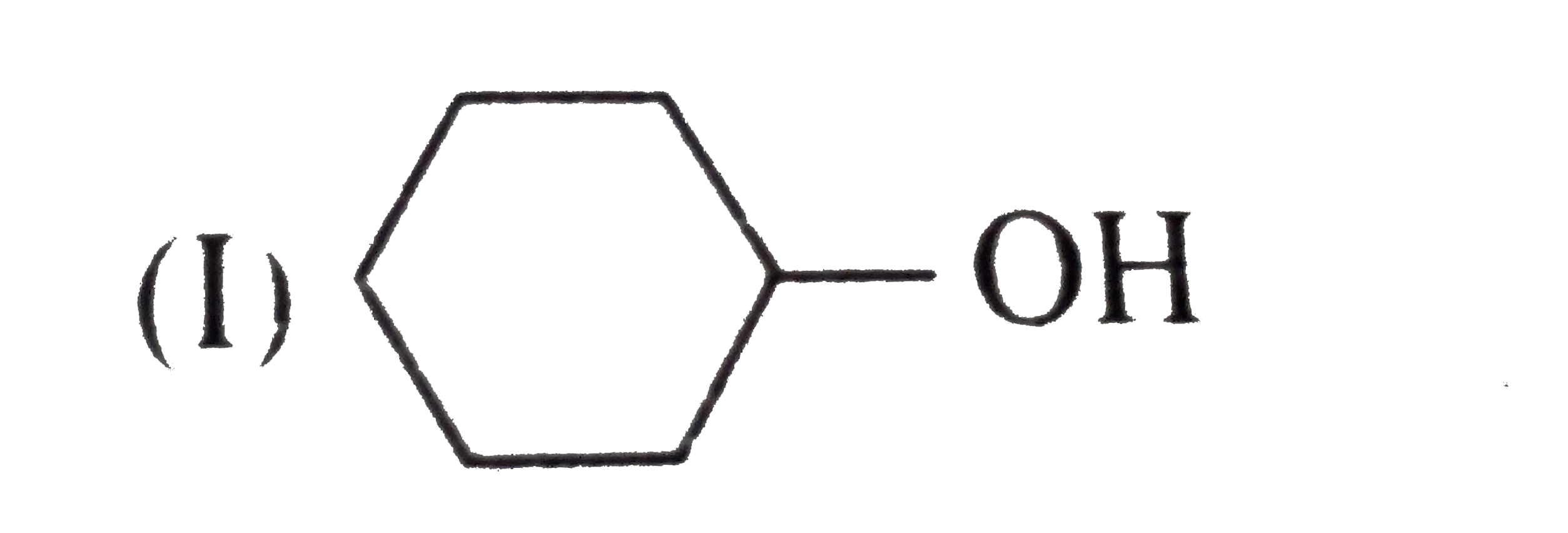 (II)
(II) 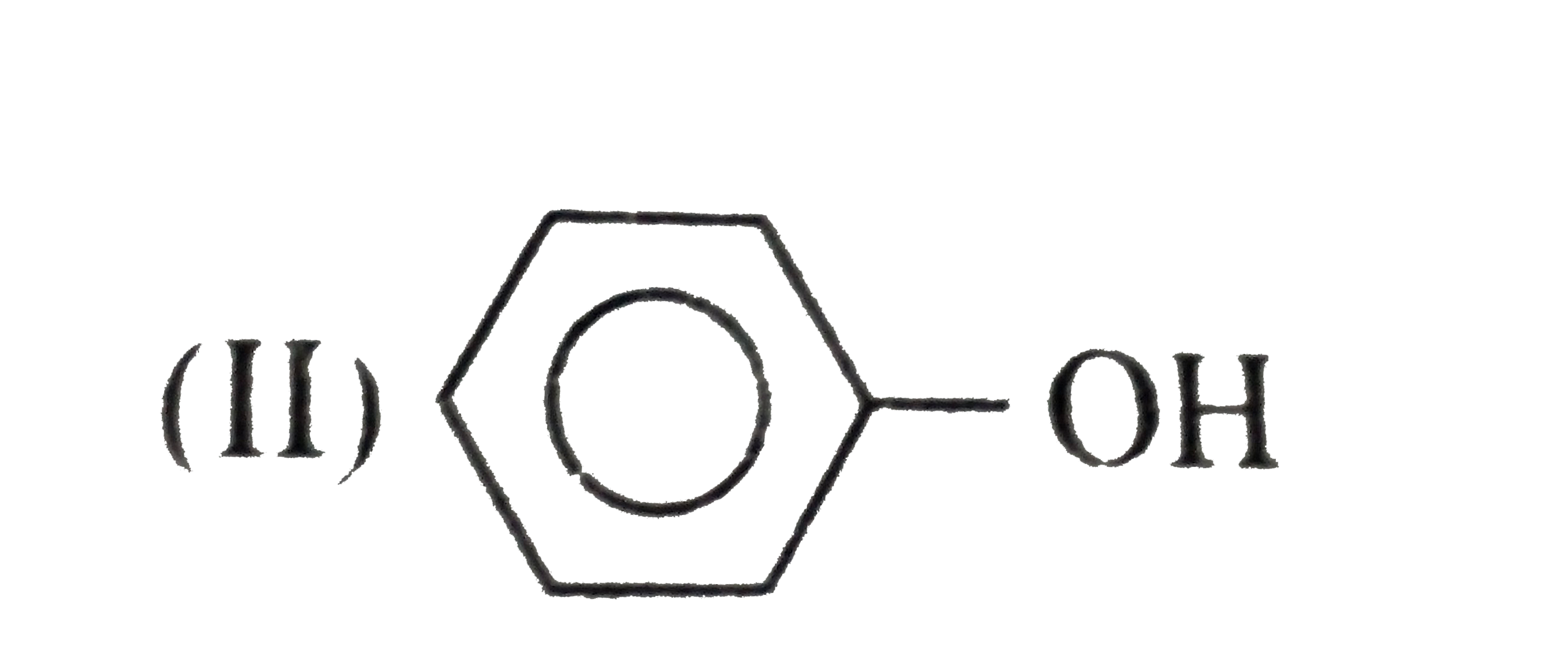
 (IV)
(IV) 
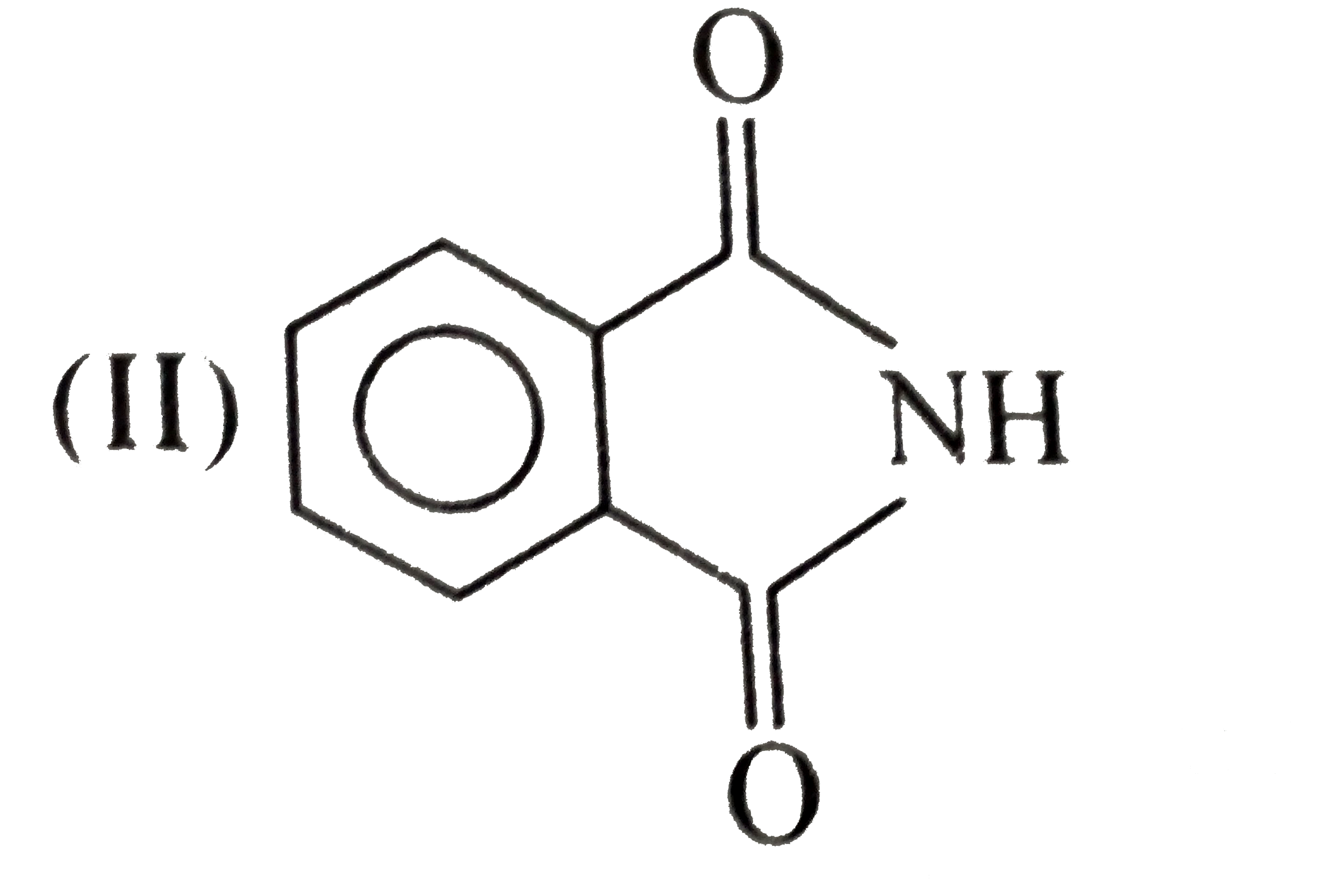 (III)
(III) 
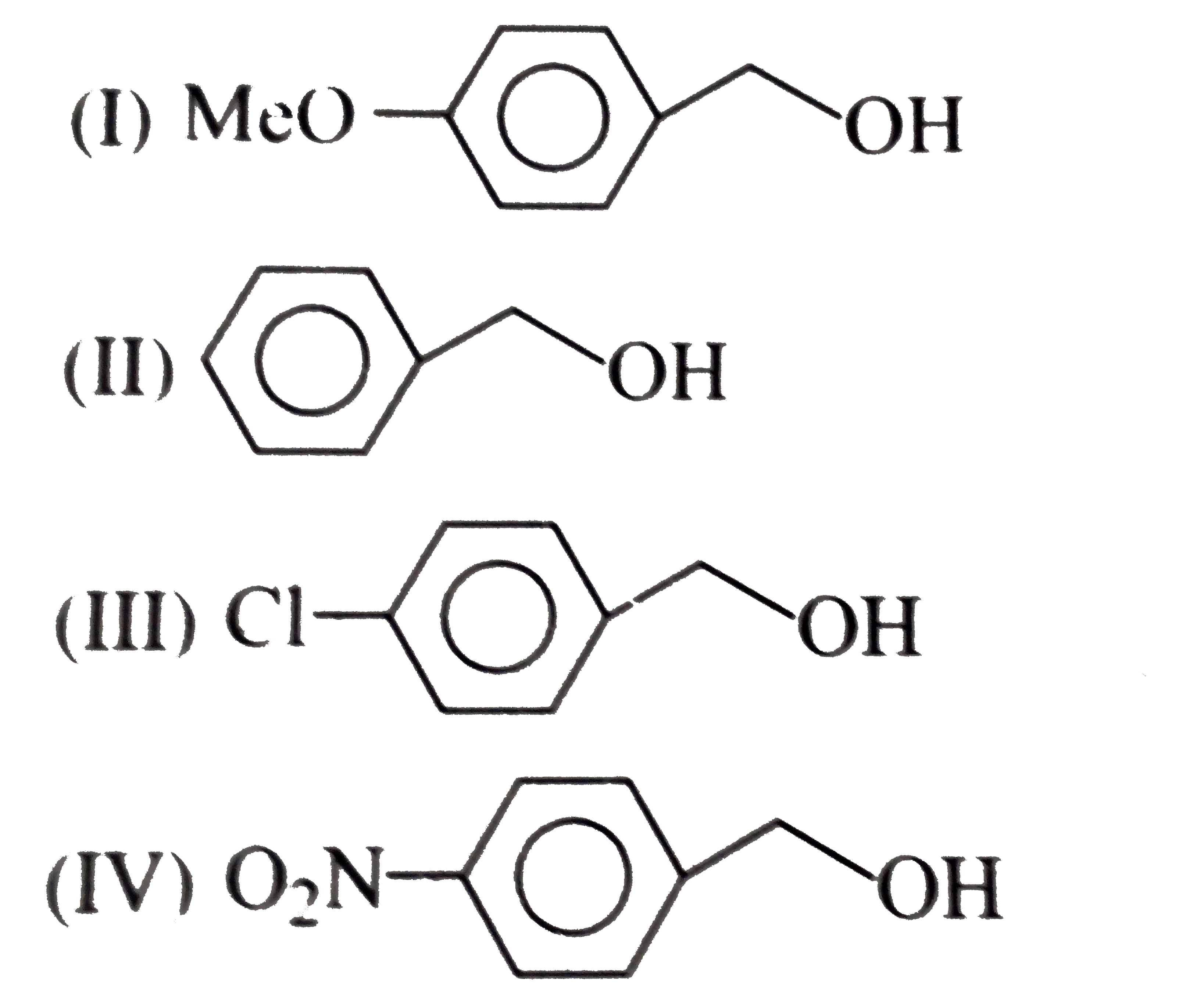



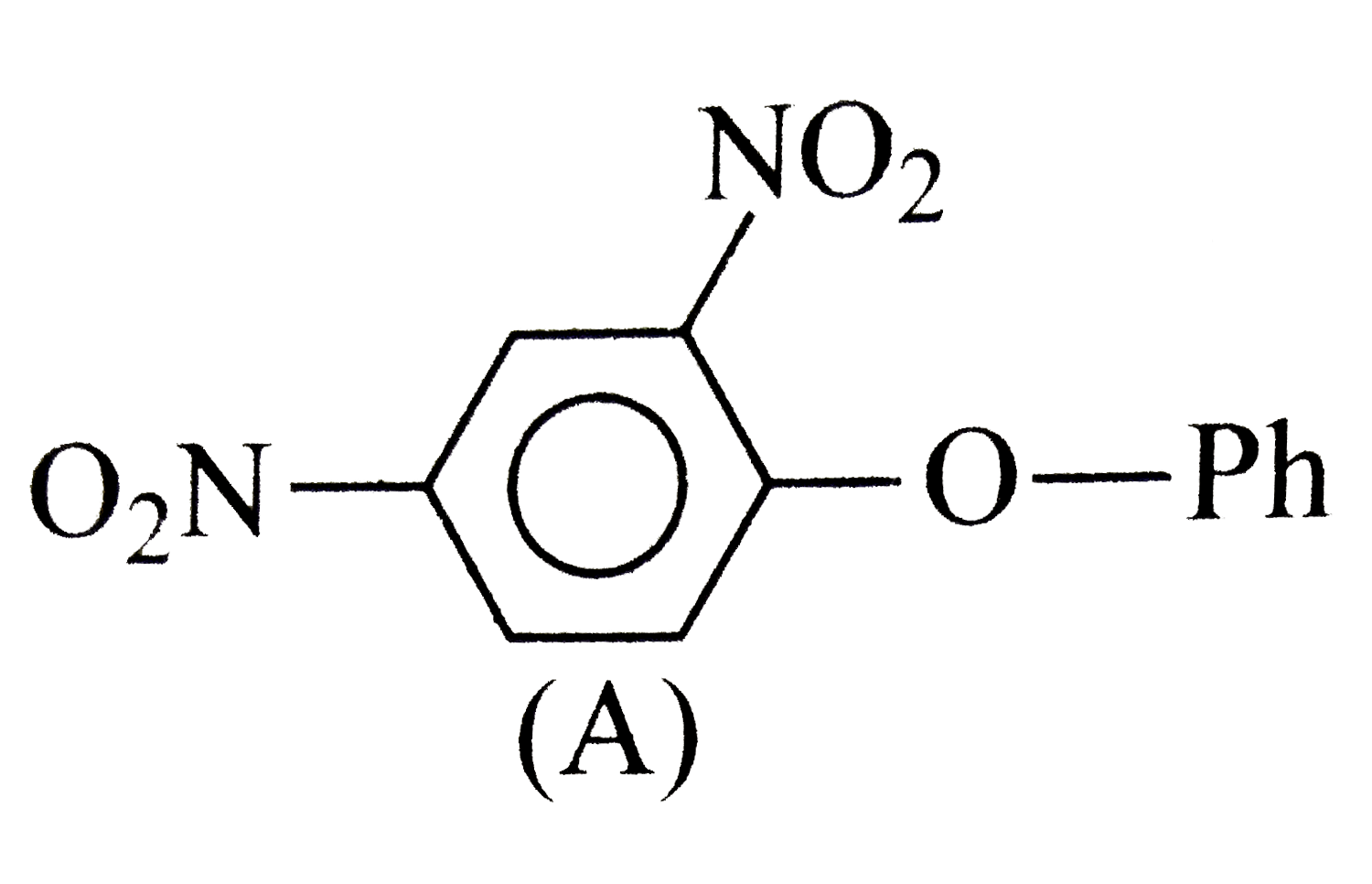

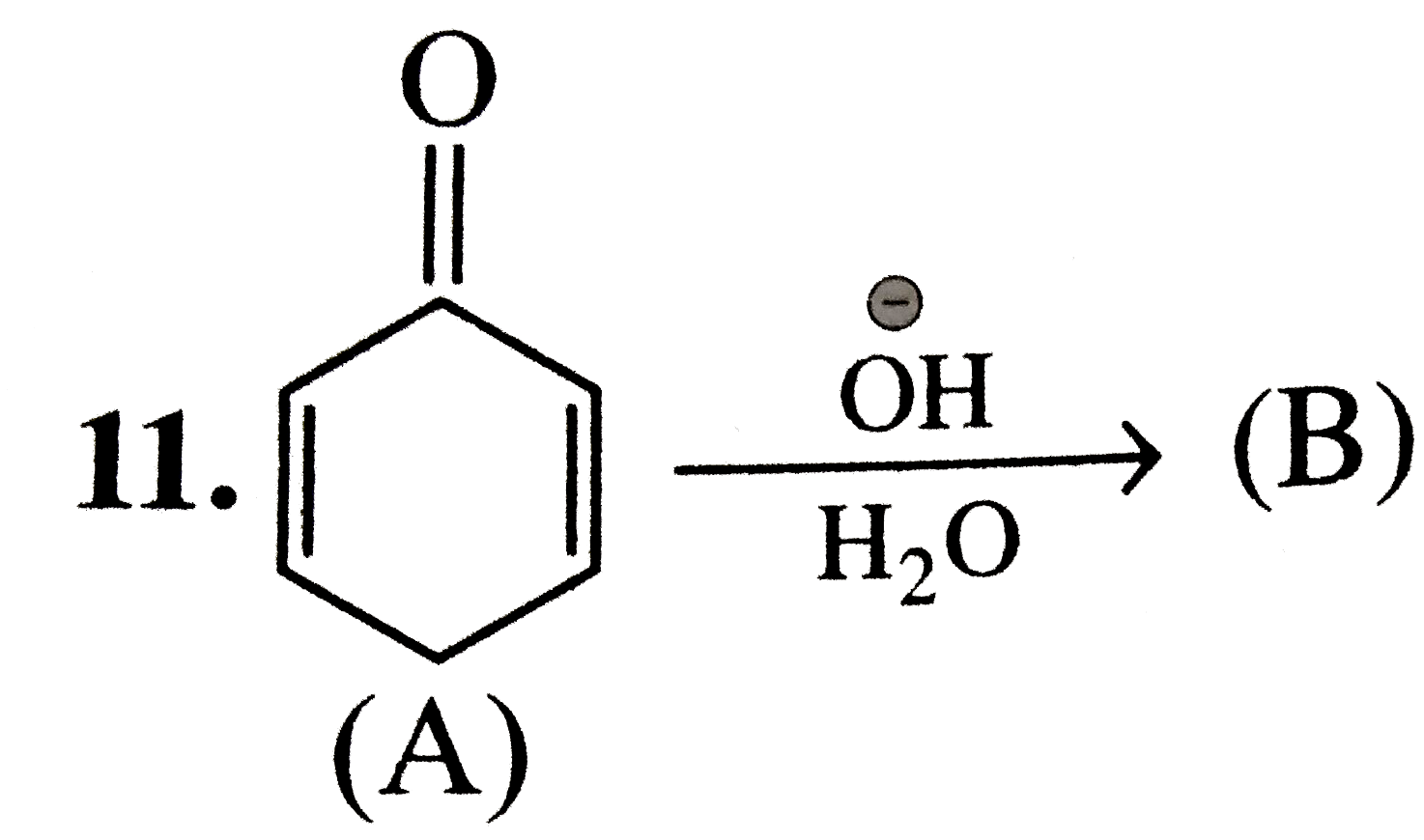 The product (B) is:
The product (B) is: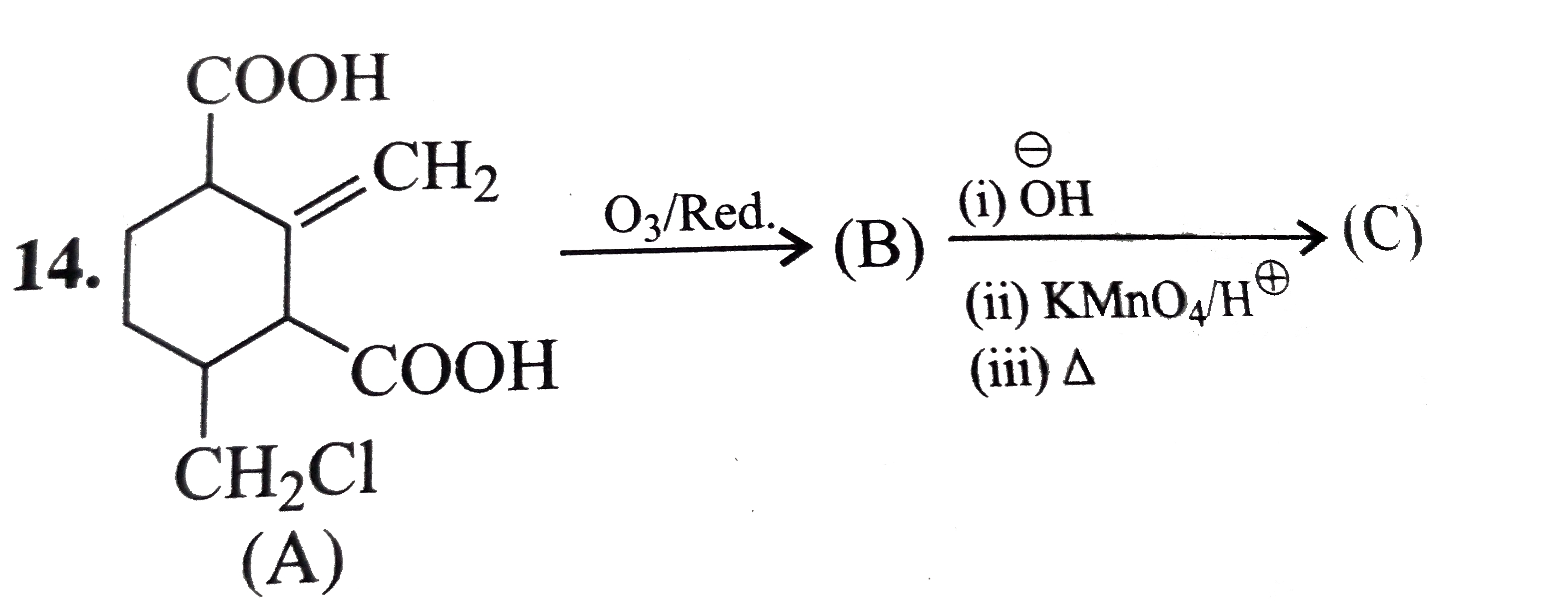
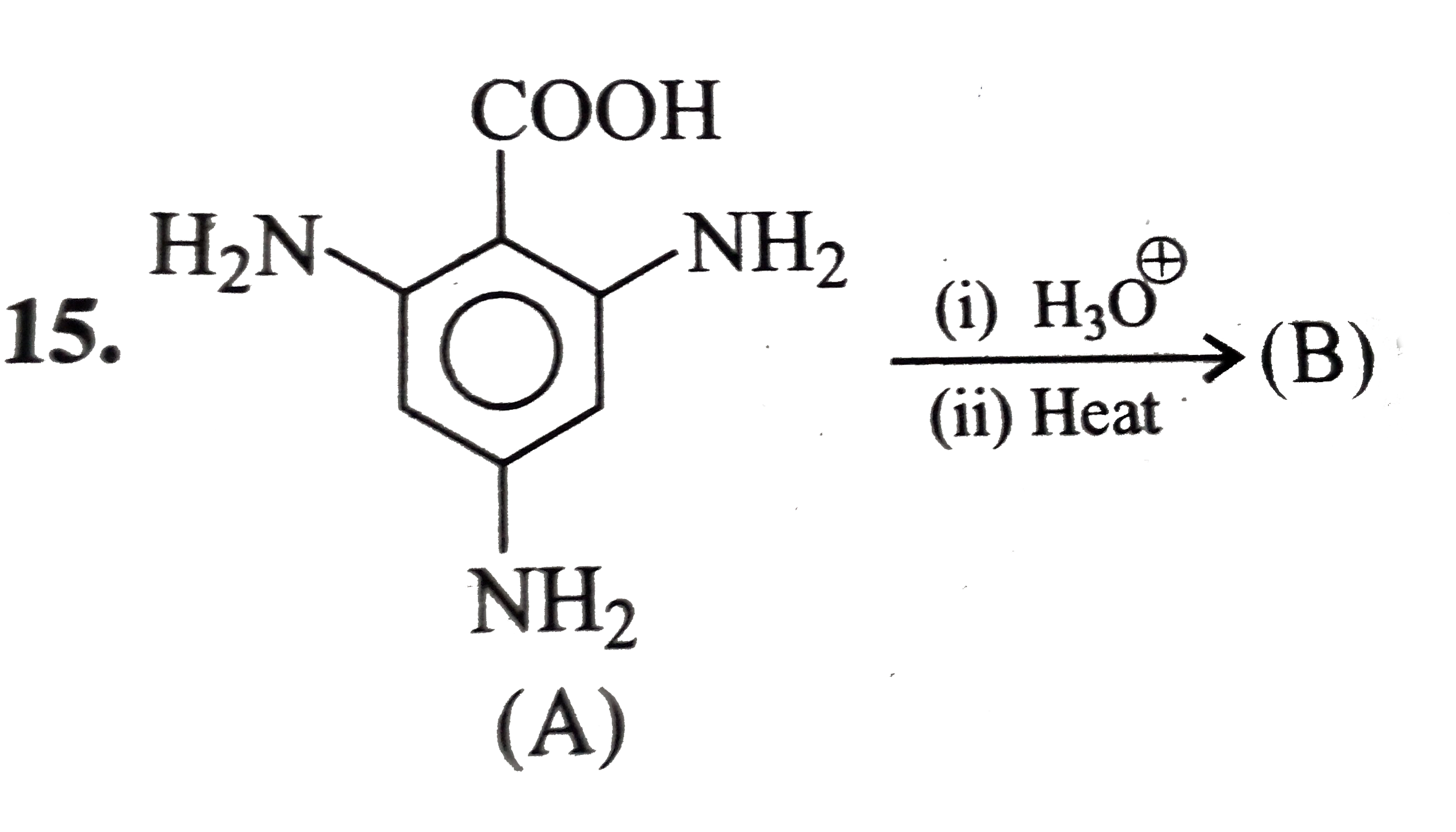




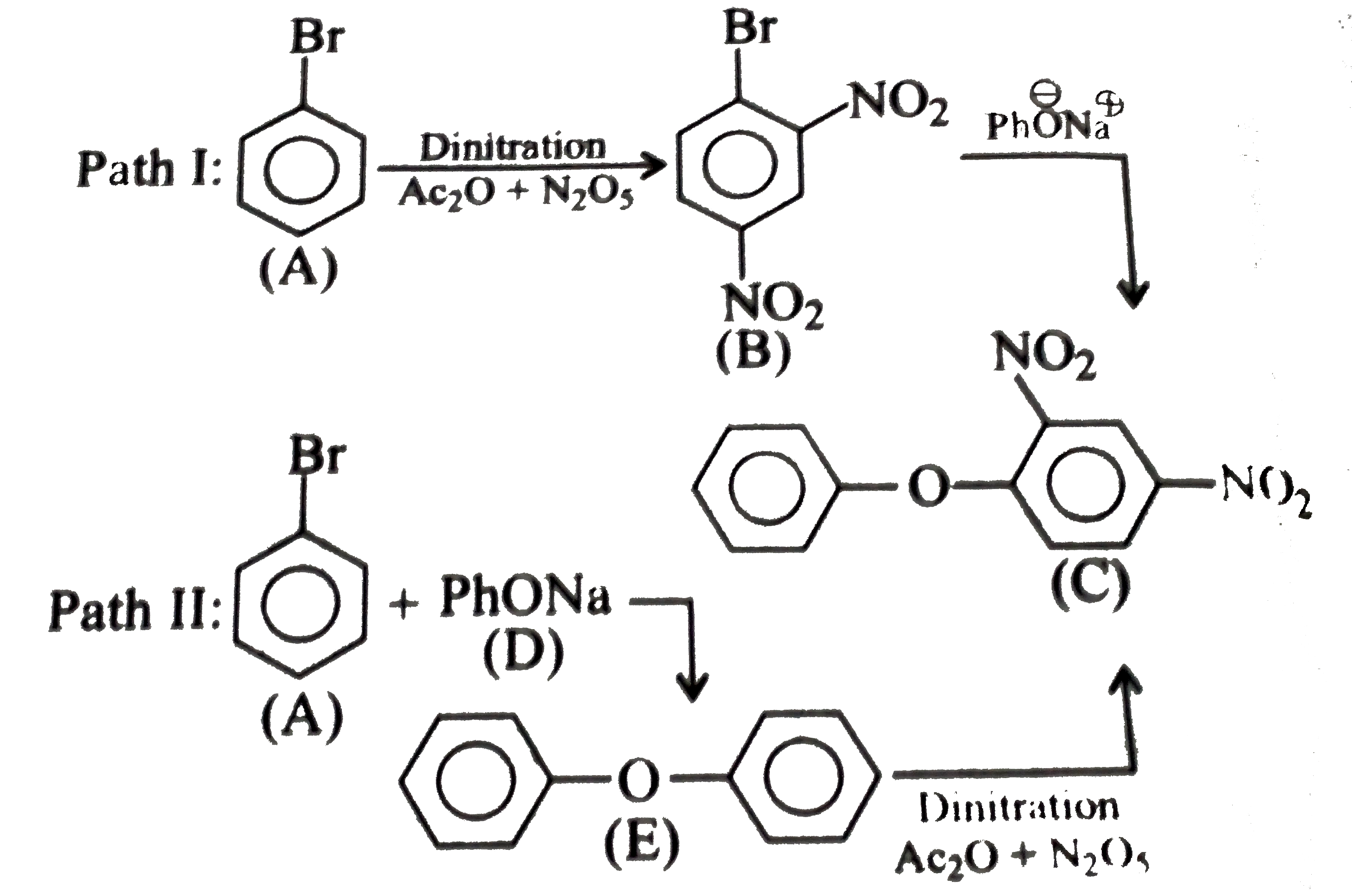
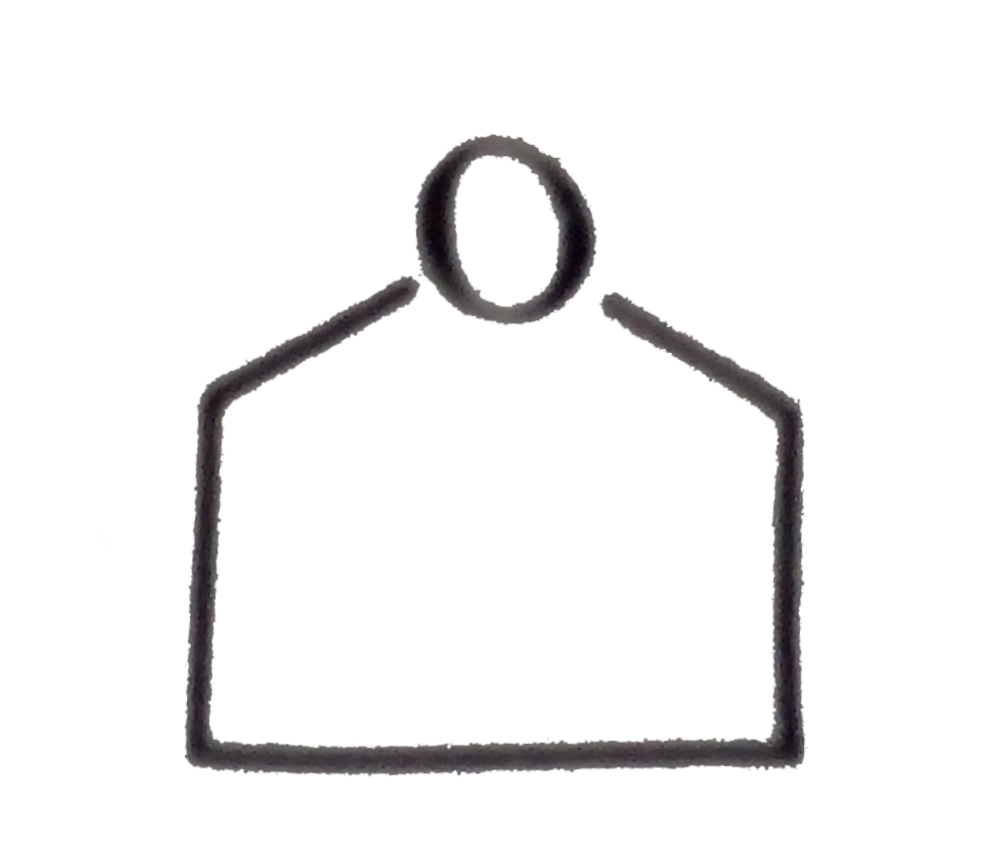 (tetrahydrofuran, THF)
(tetrahydrofuran, THF) 

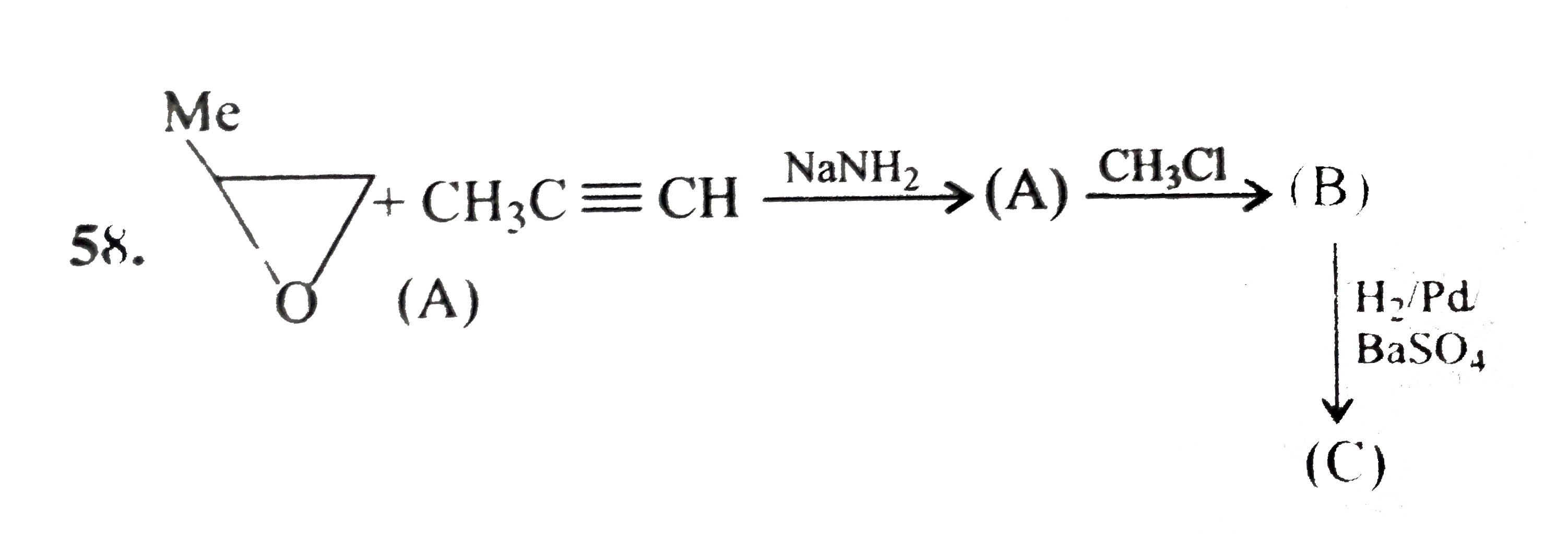 The product (C ) is:
The product (C ) is:
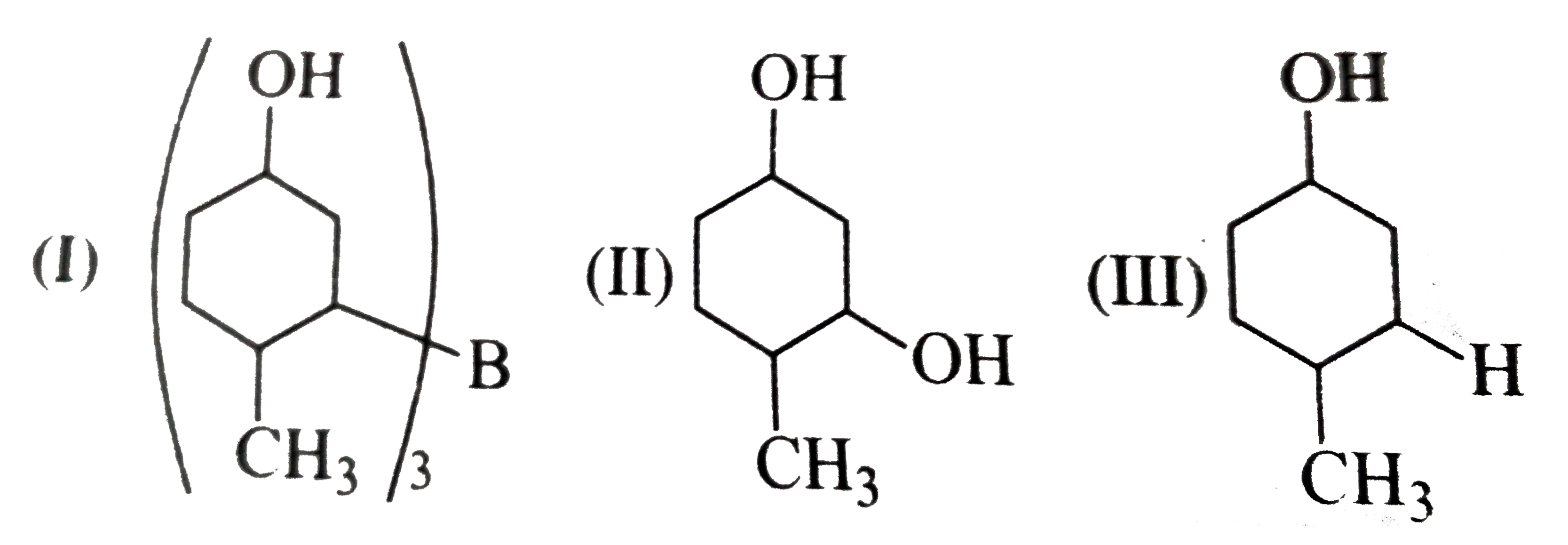 (II)
(II)  (III)
(III) 
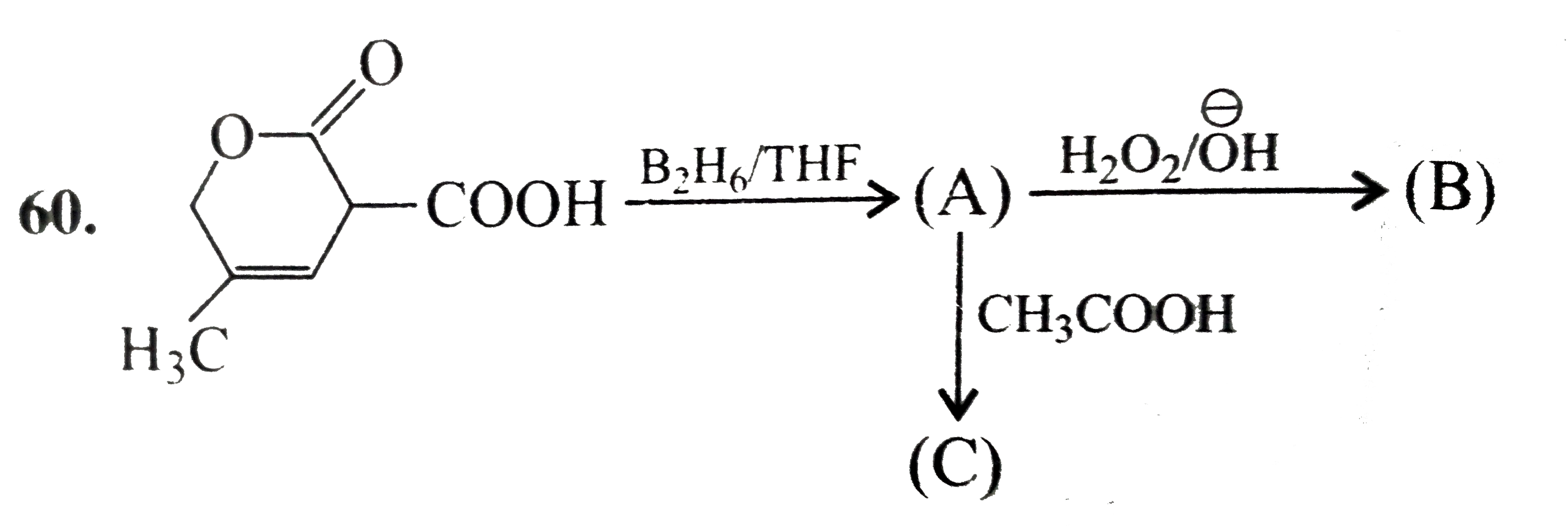
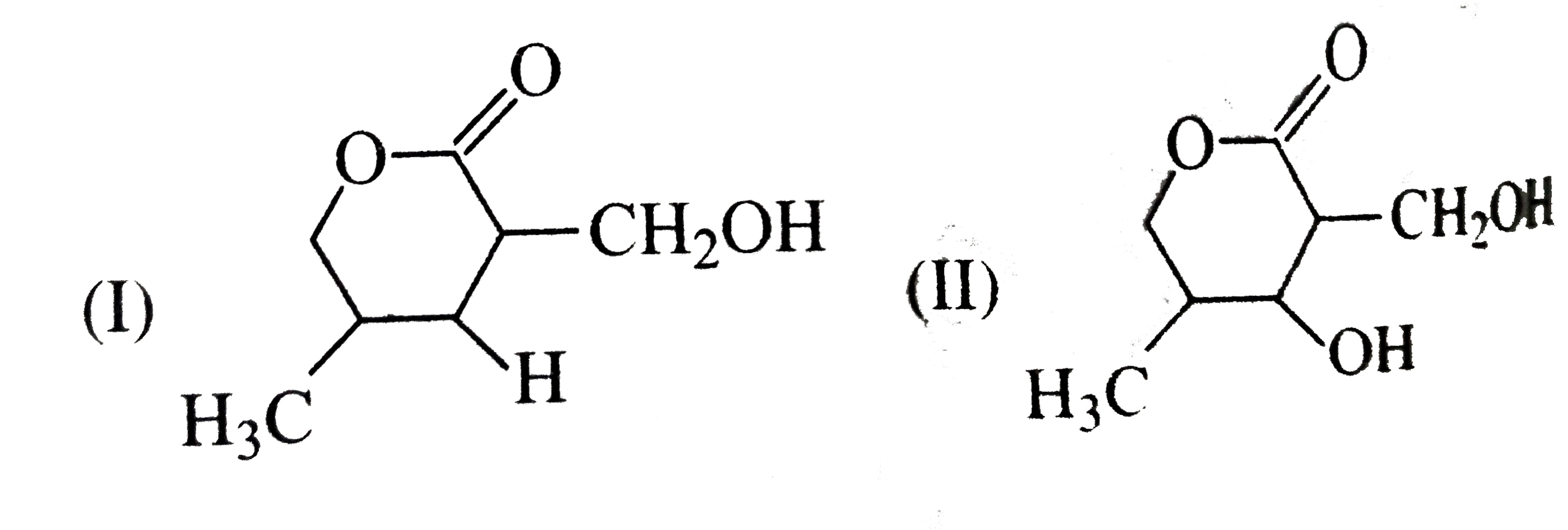 (II)
(II) 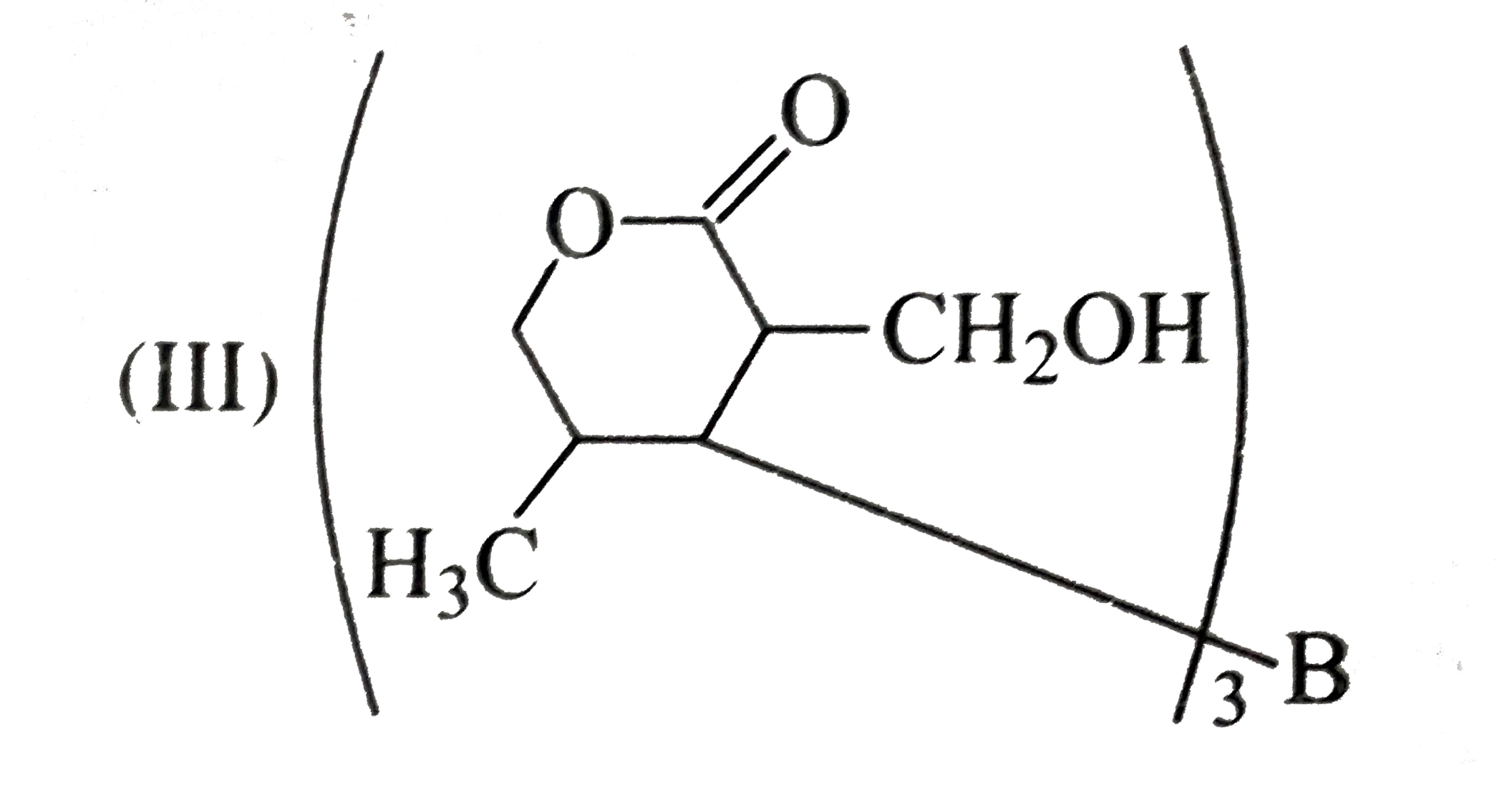
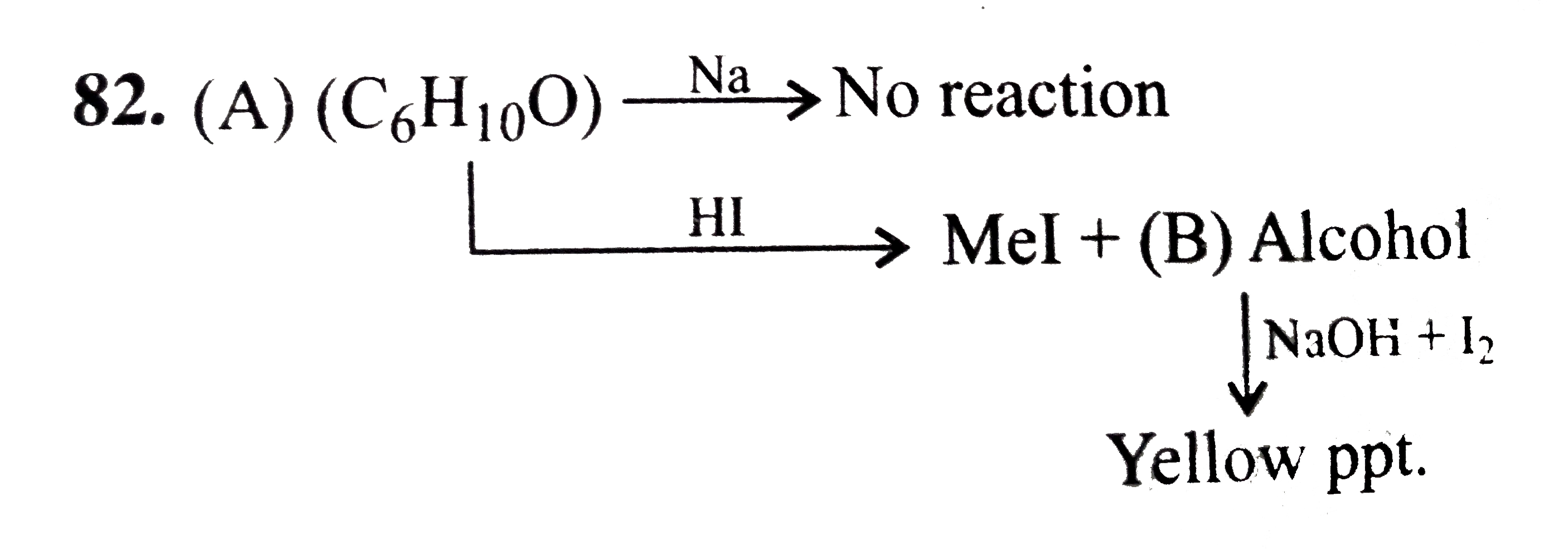



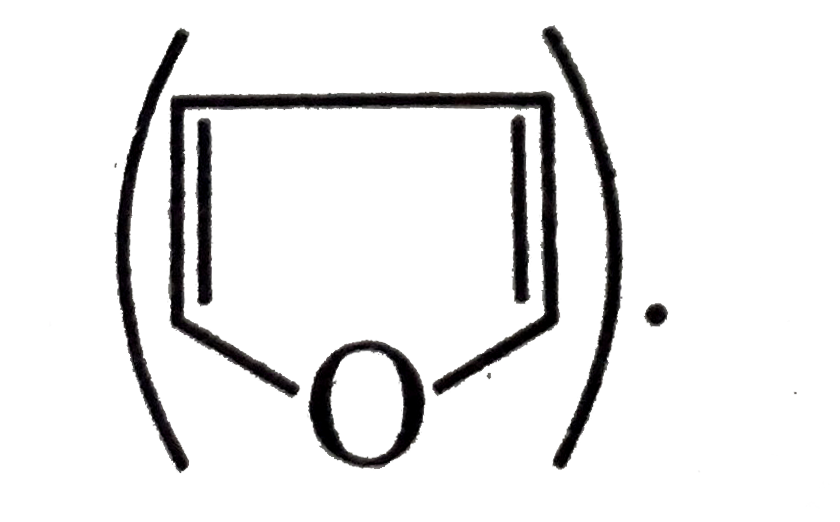
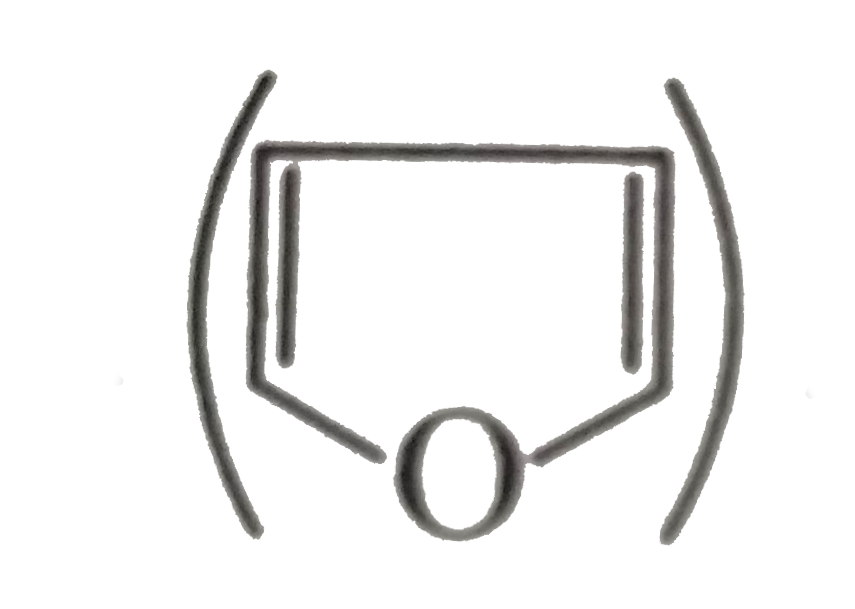 is more soluble than DHF (Dihydrofuran,
is more soluble than DHF (Dihydrofuran,  in
in 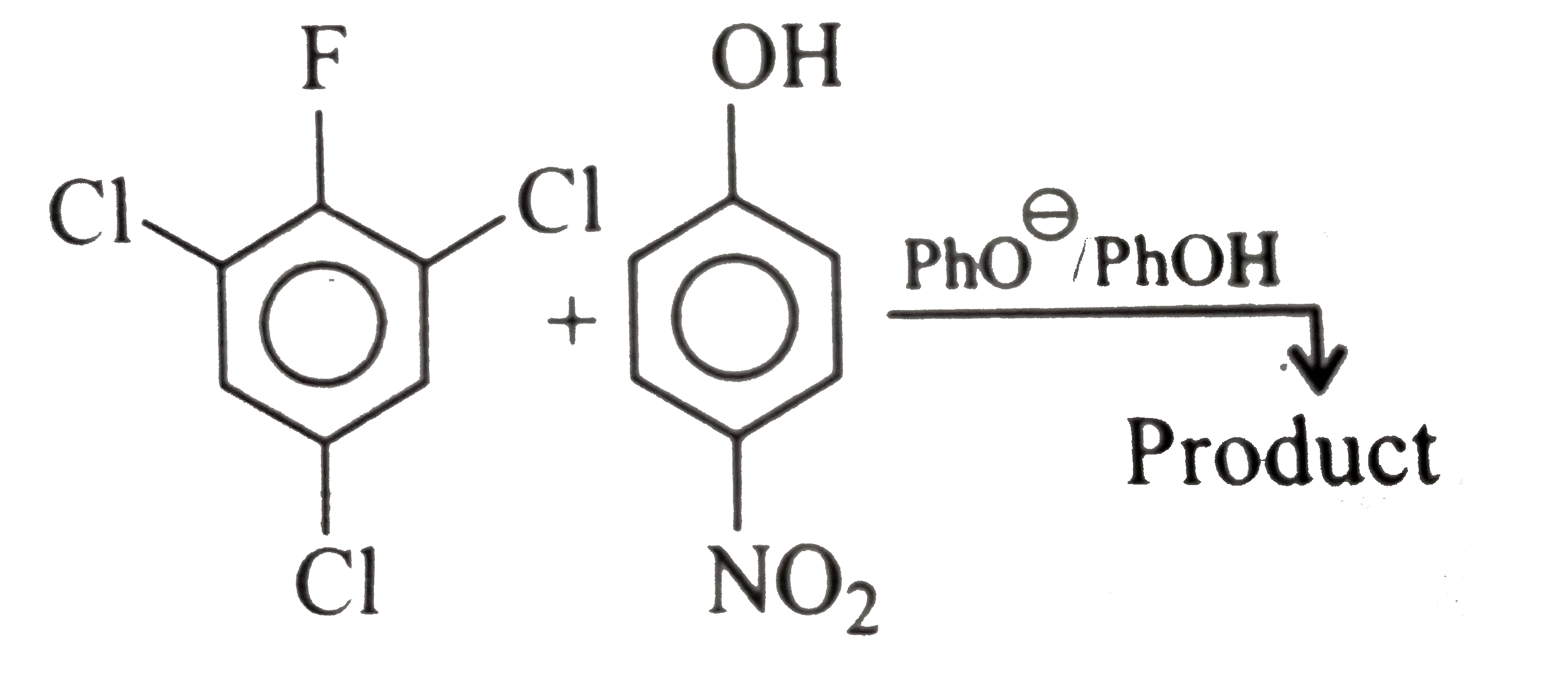
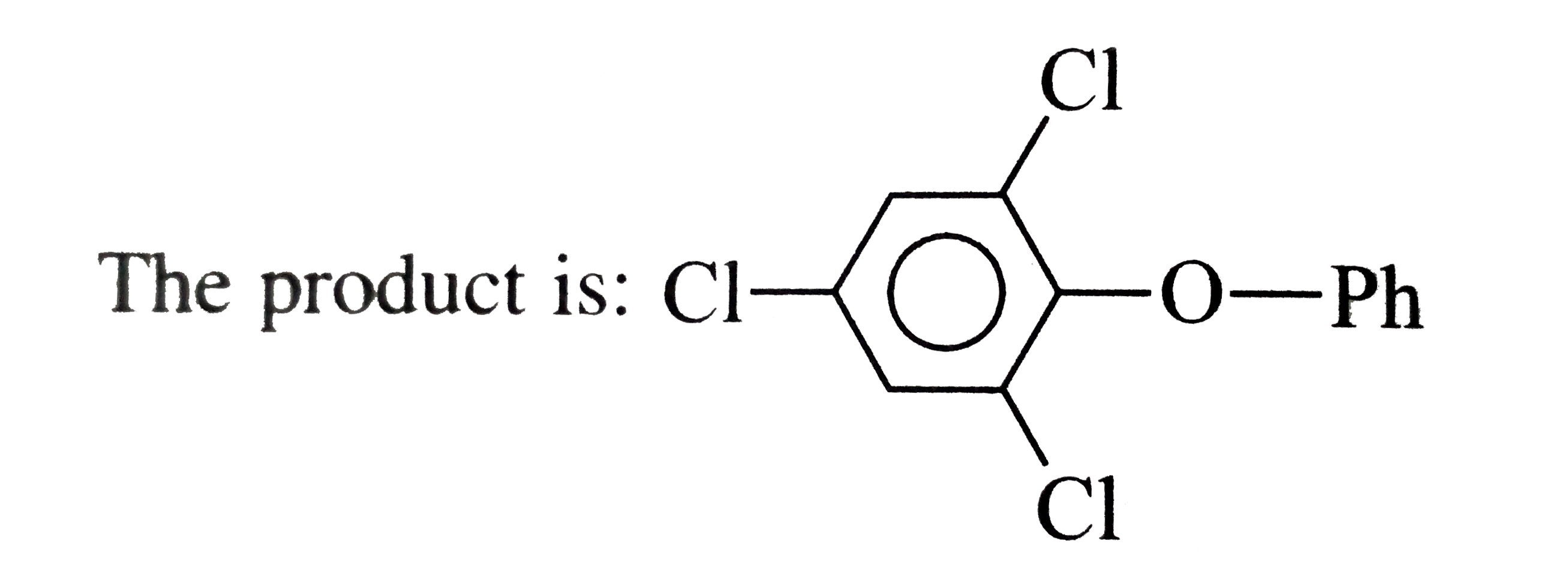
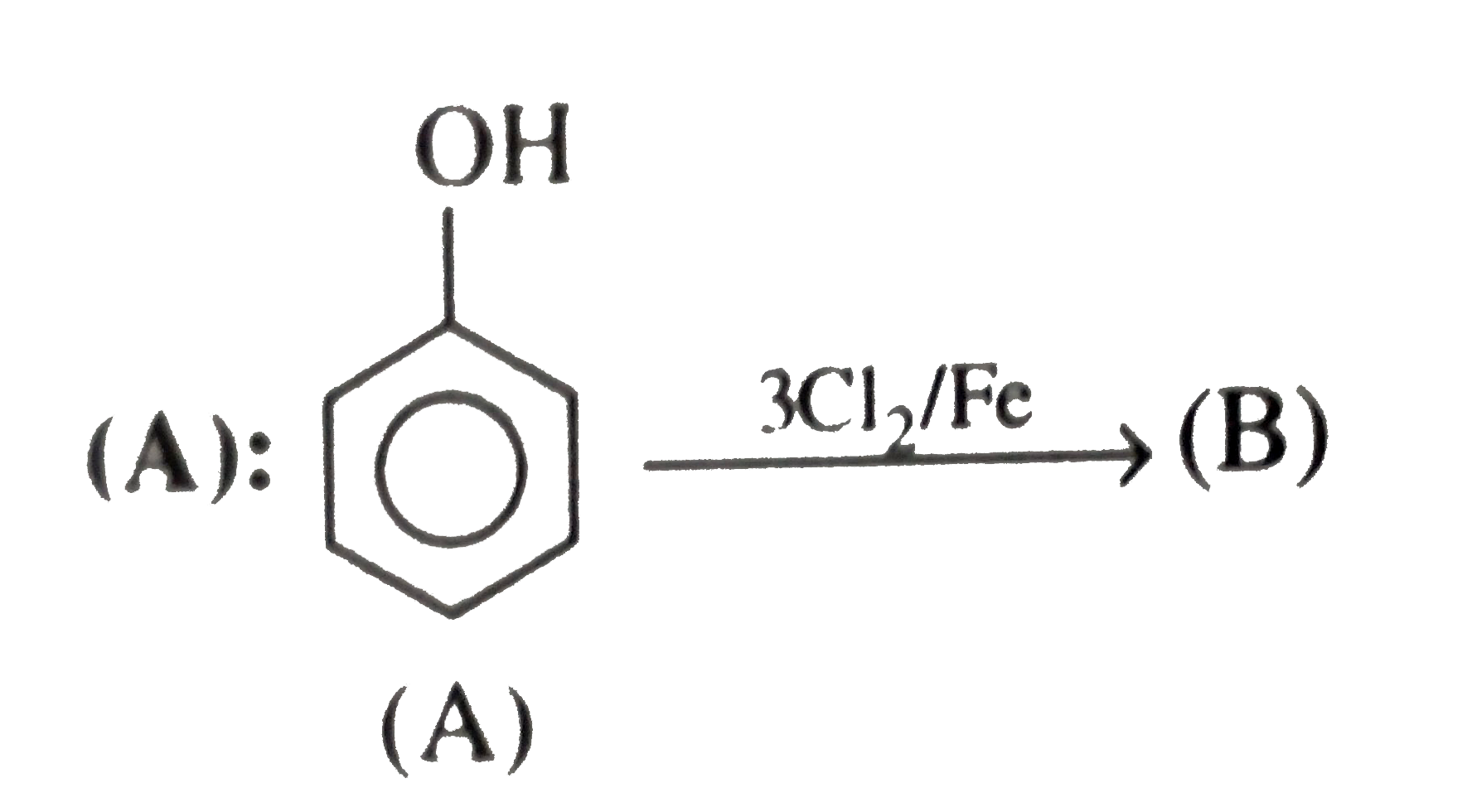
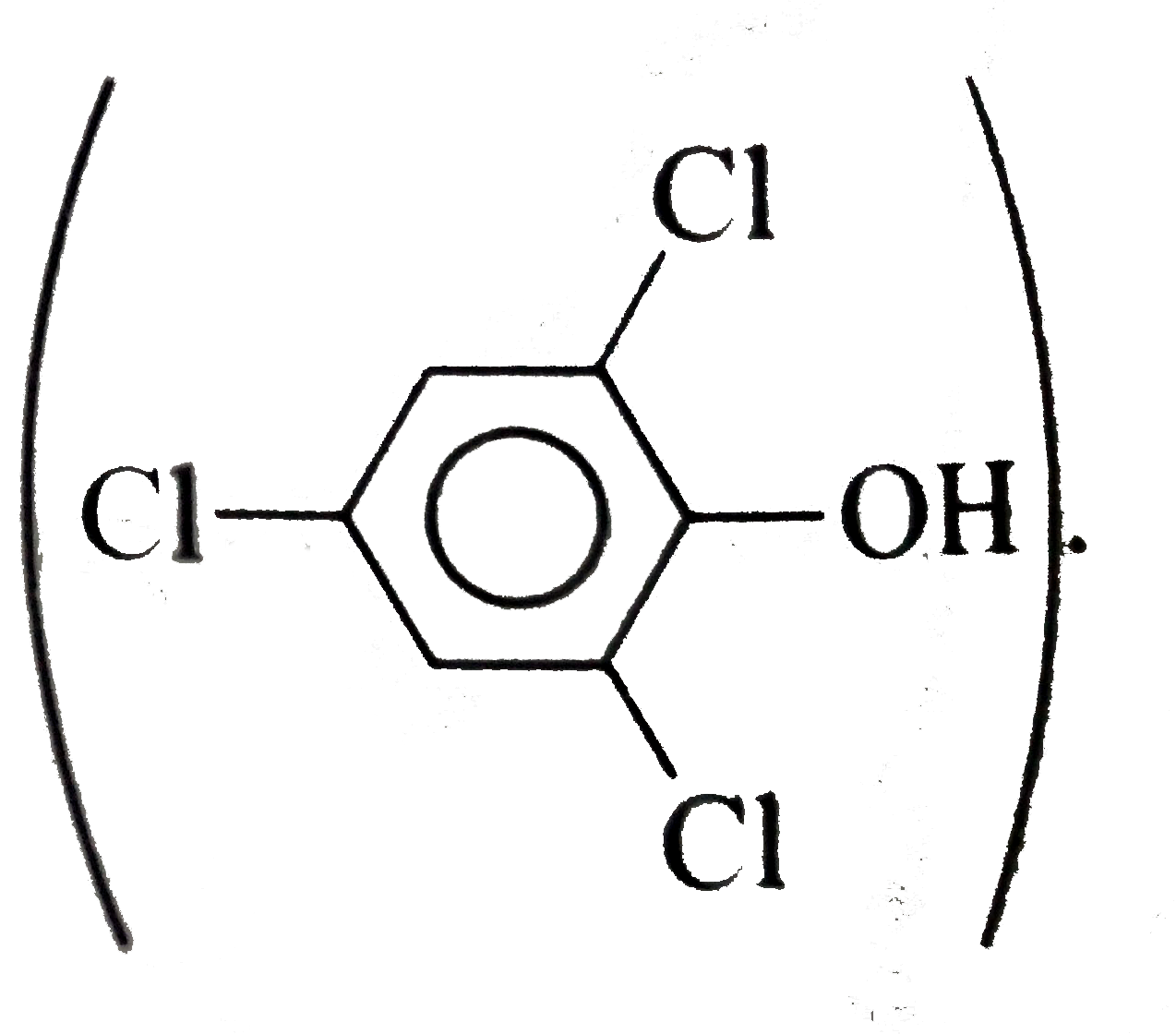
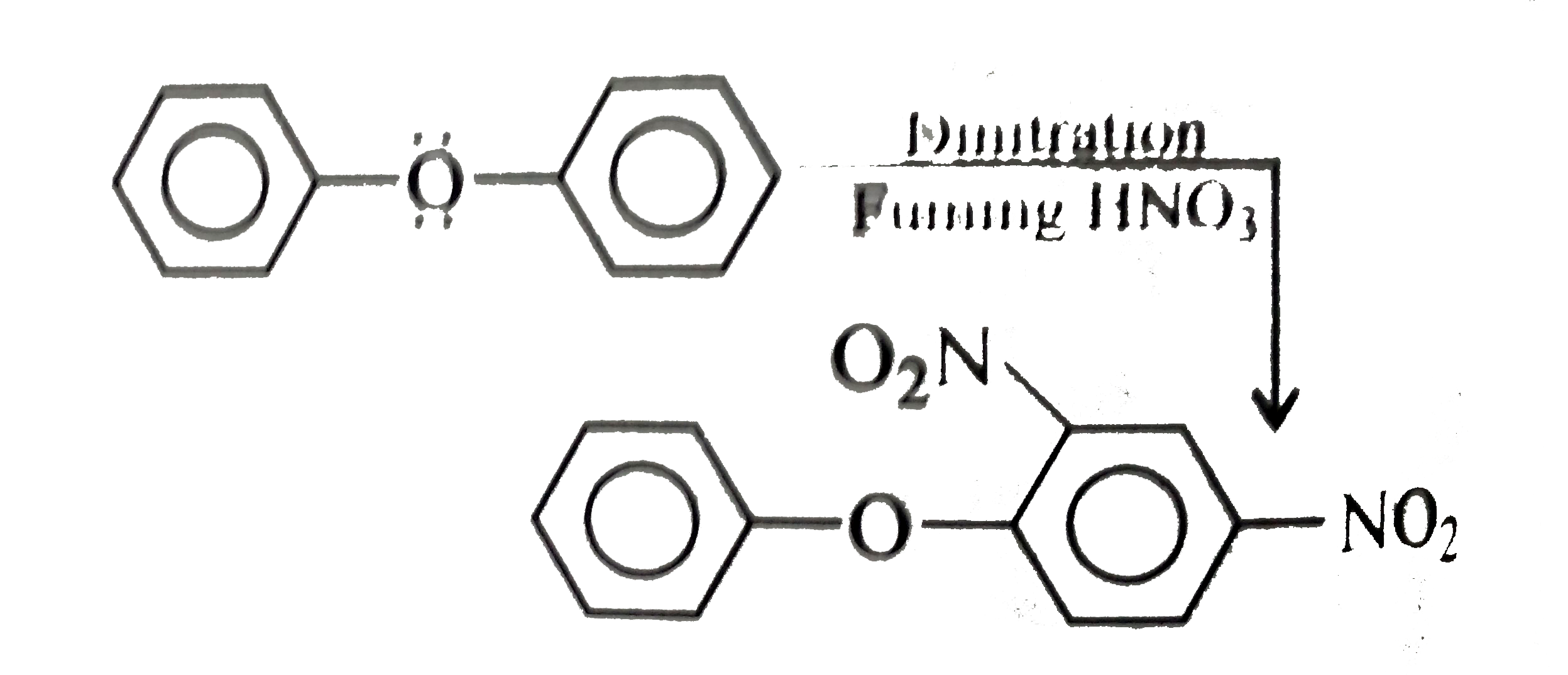
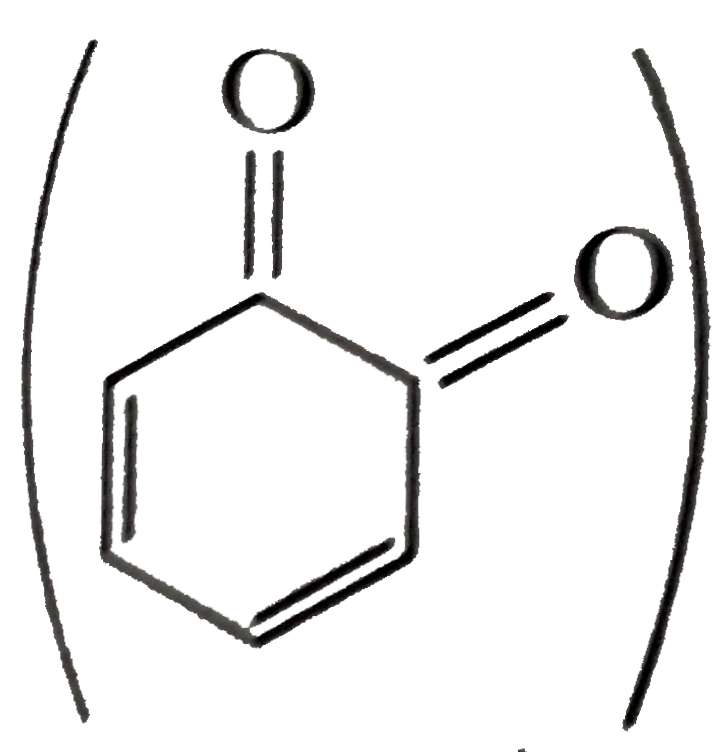 (I) is greater than p-benzouinone
(I) is greater than p-benzouinone 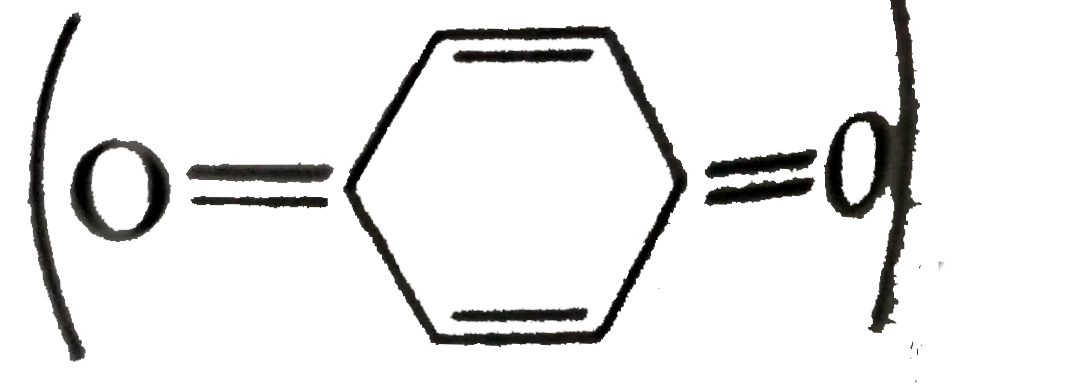 (II)
(II) 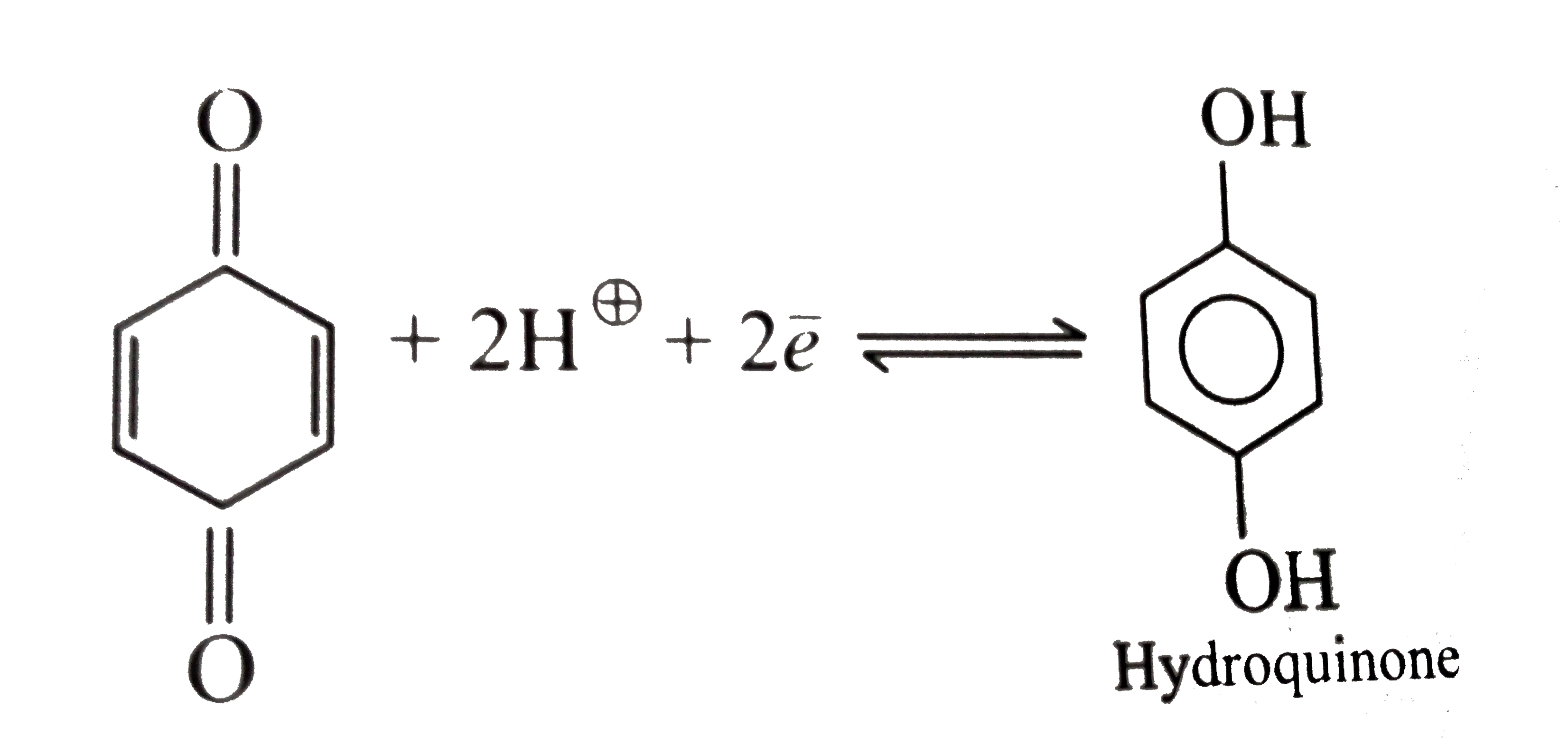
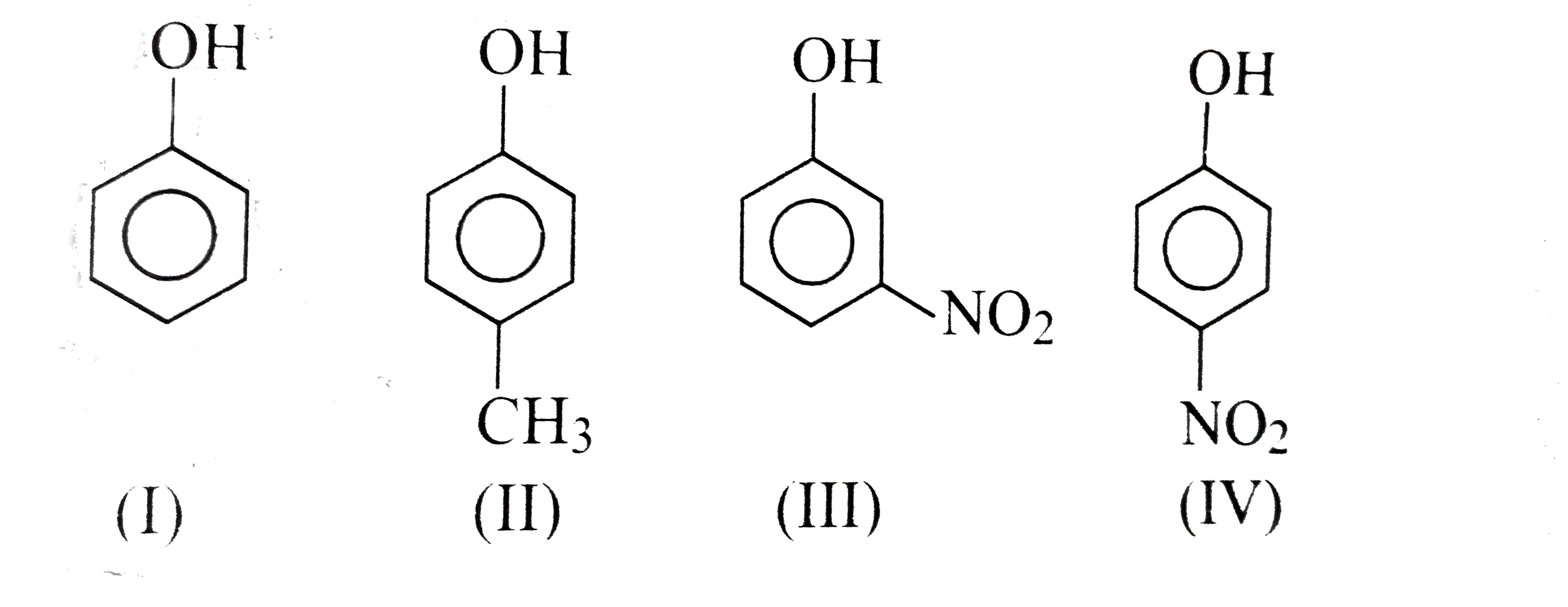

 when treated with HI produces:
when treated with HI produces: the intermediate(s) is/are:
the intermediate(s) is/are:

